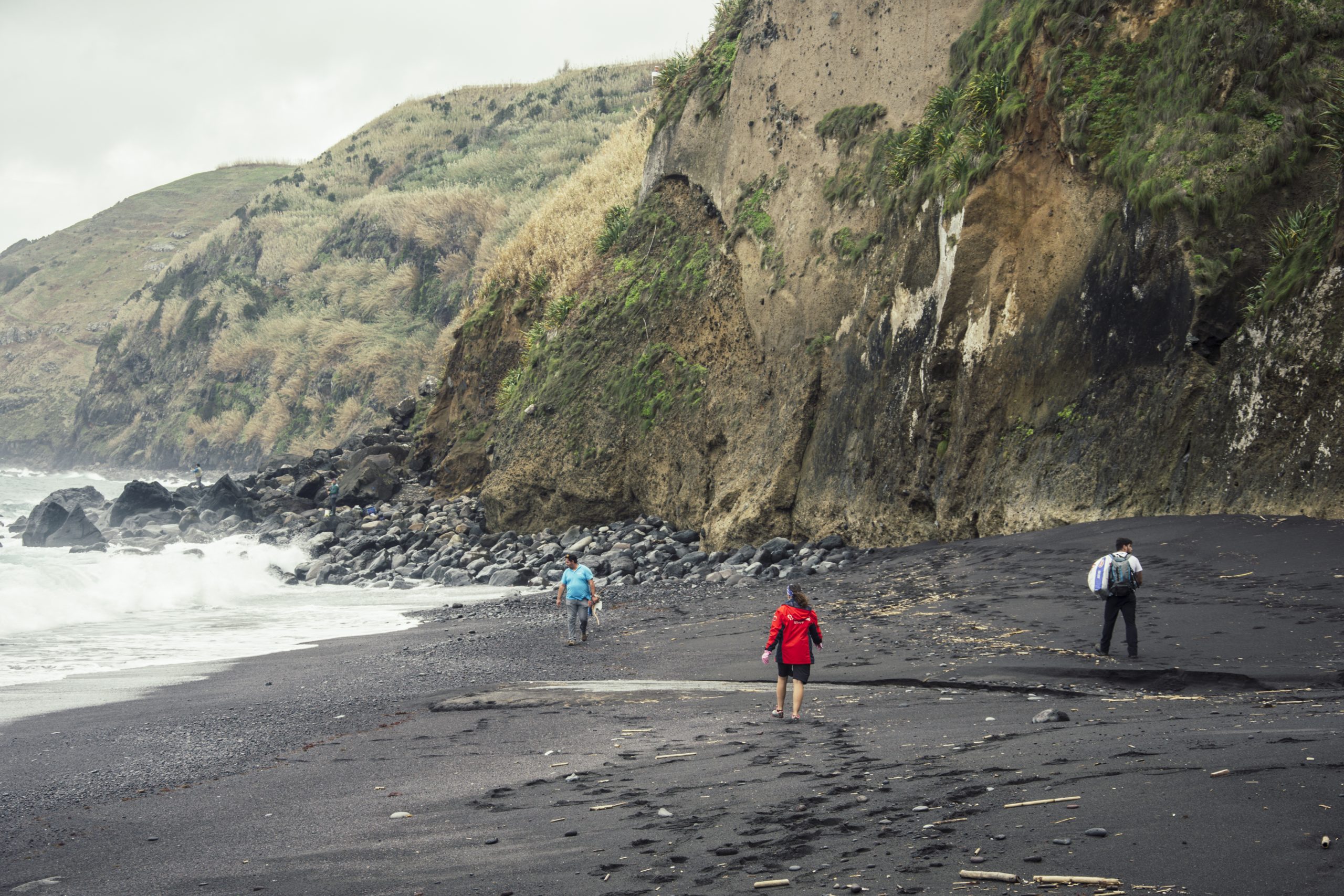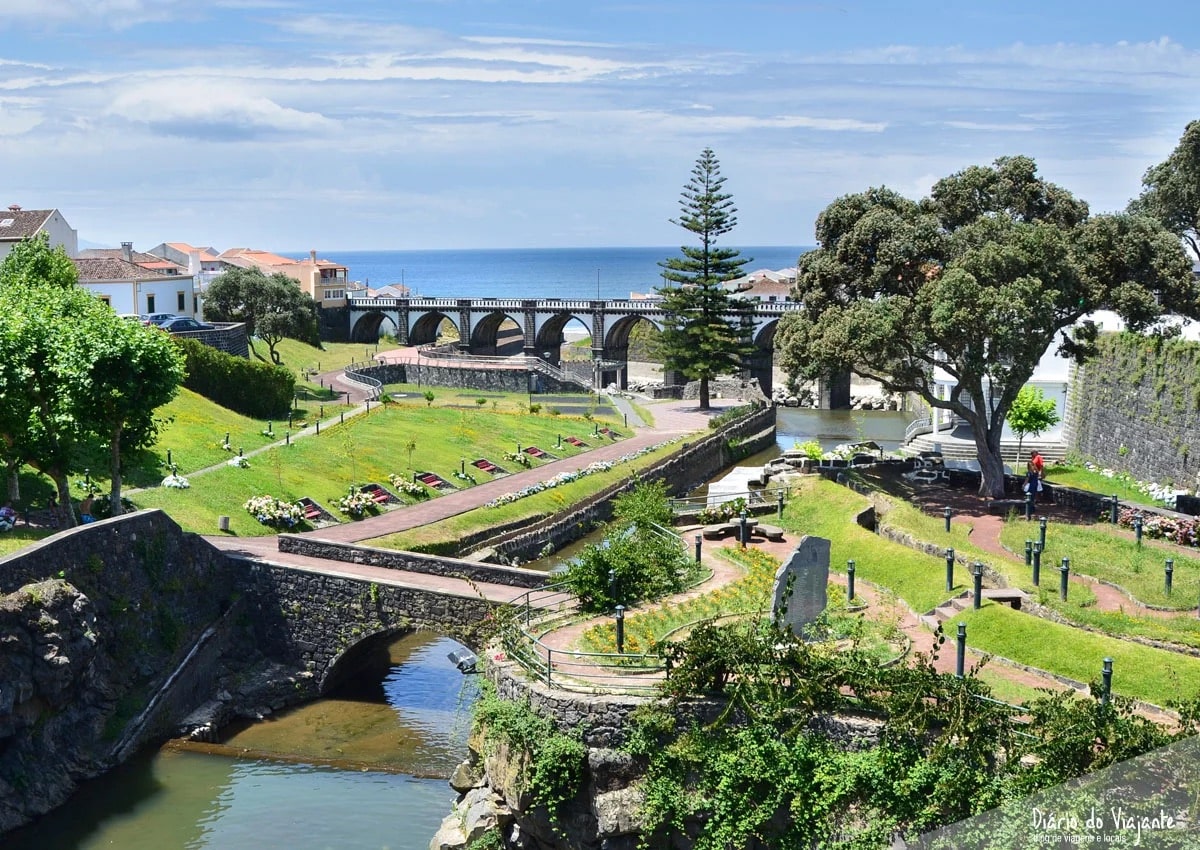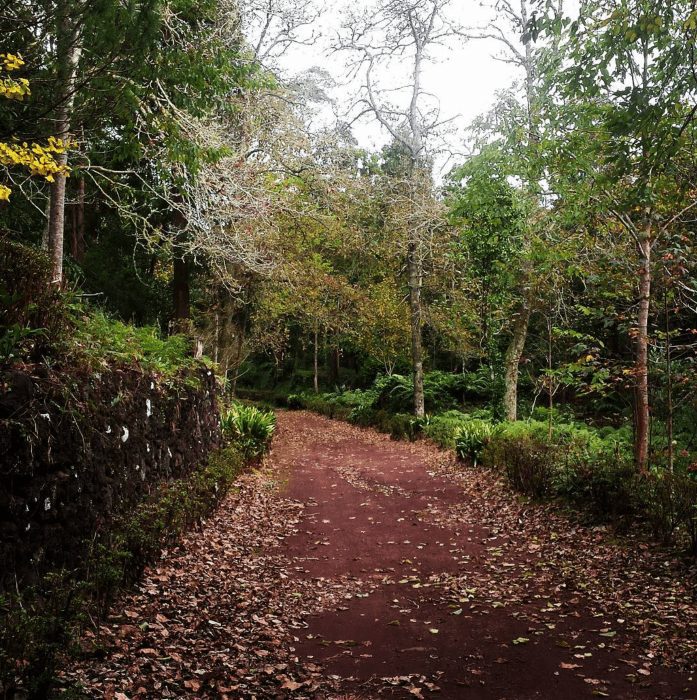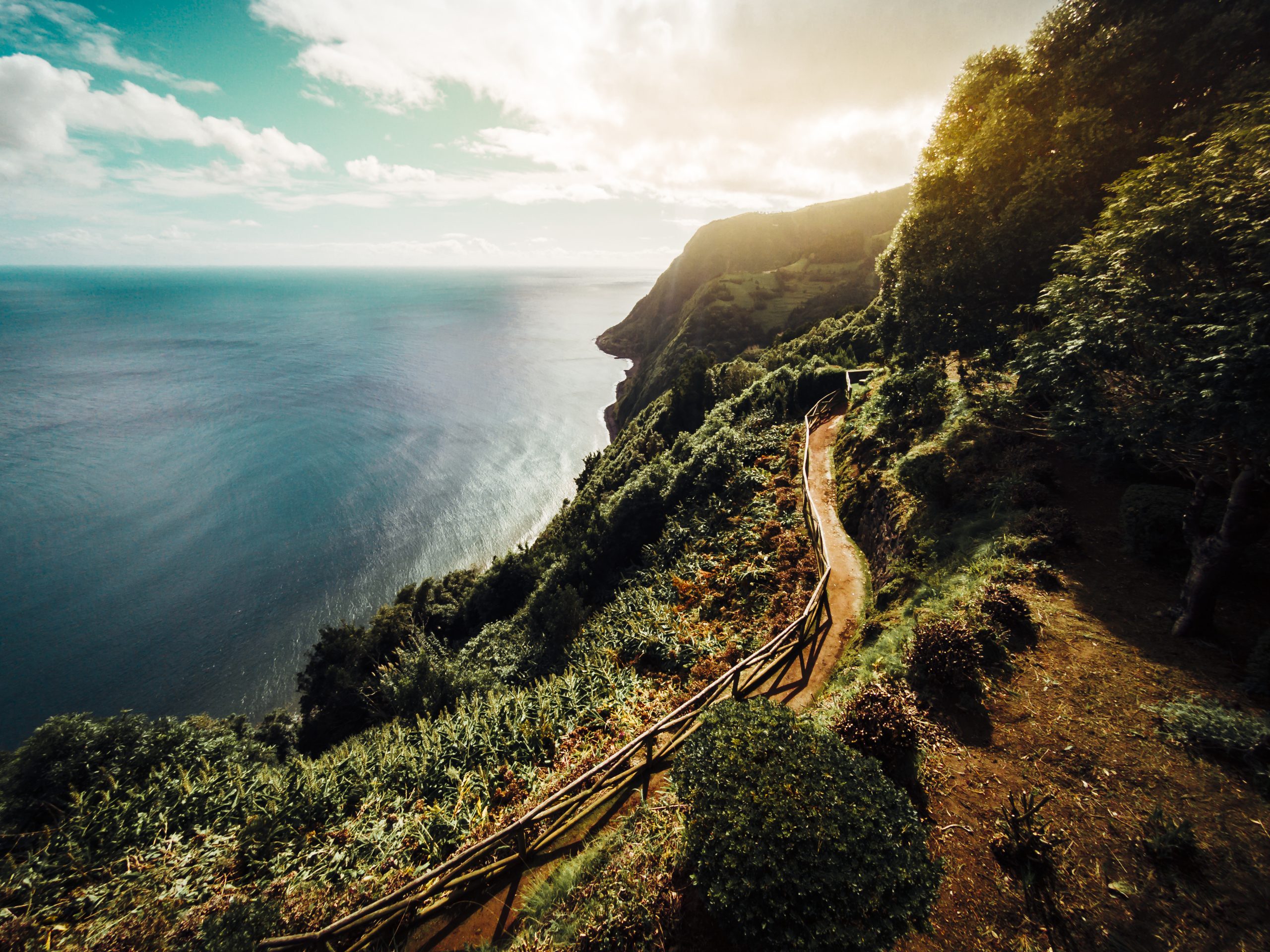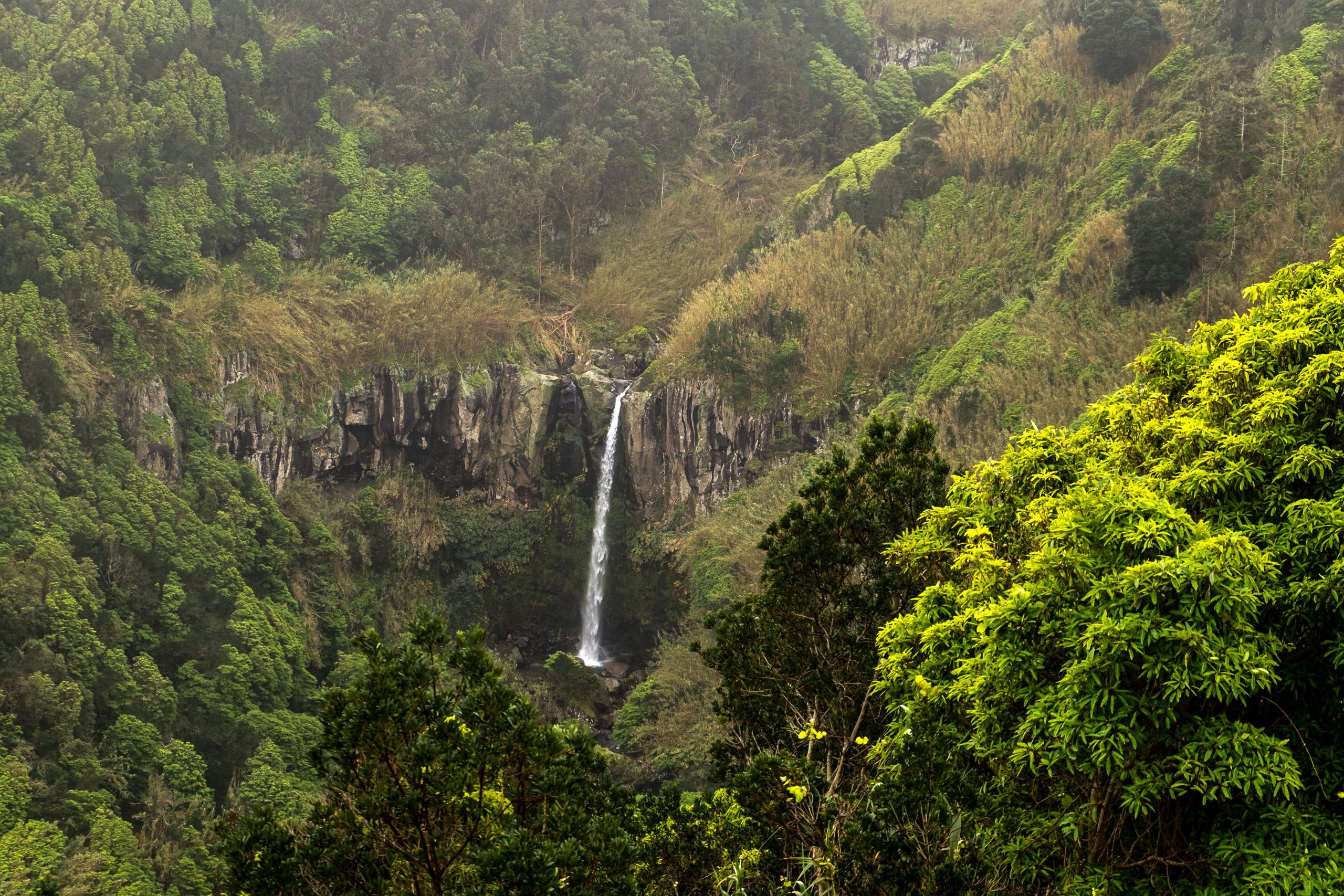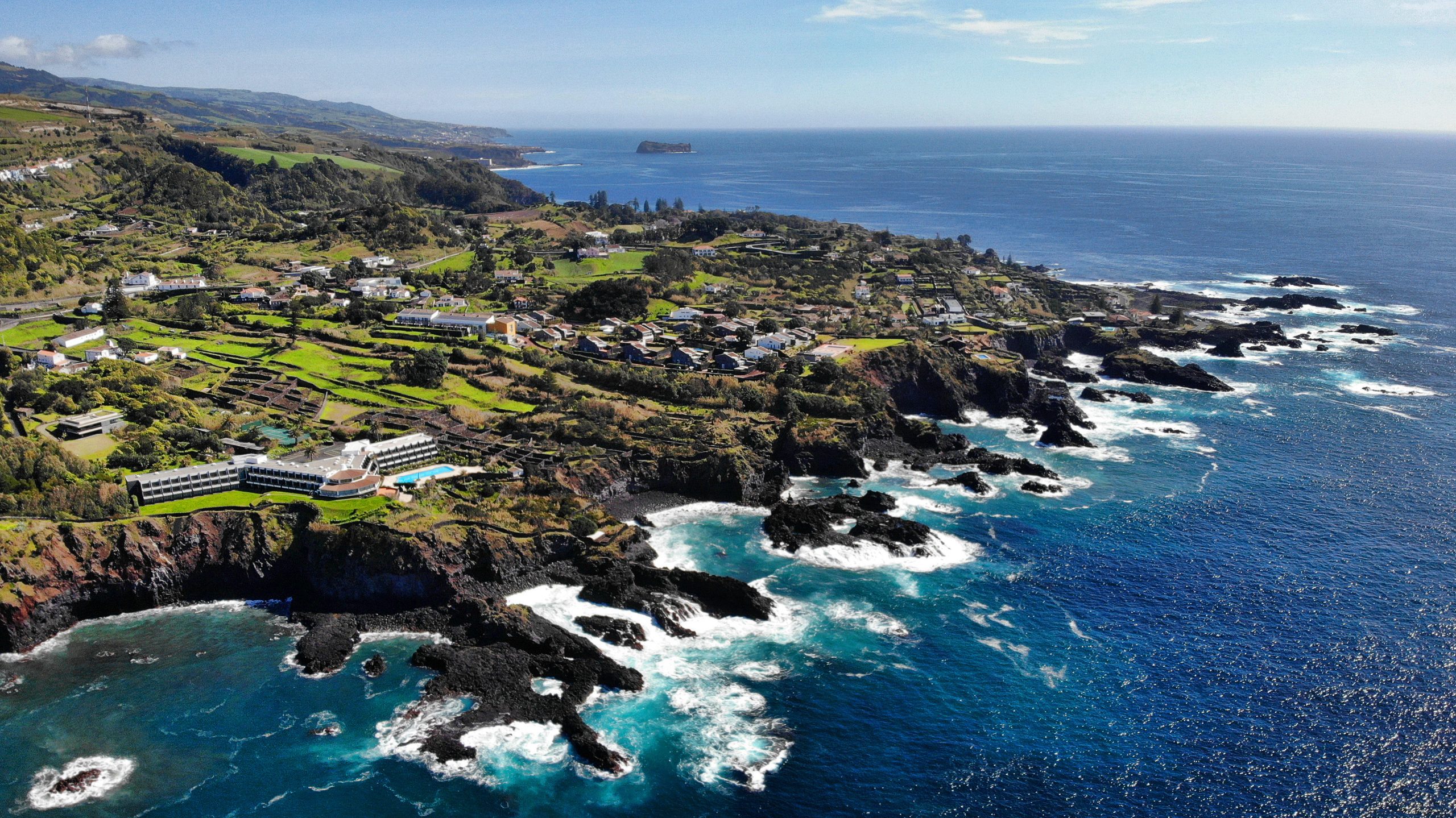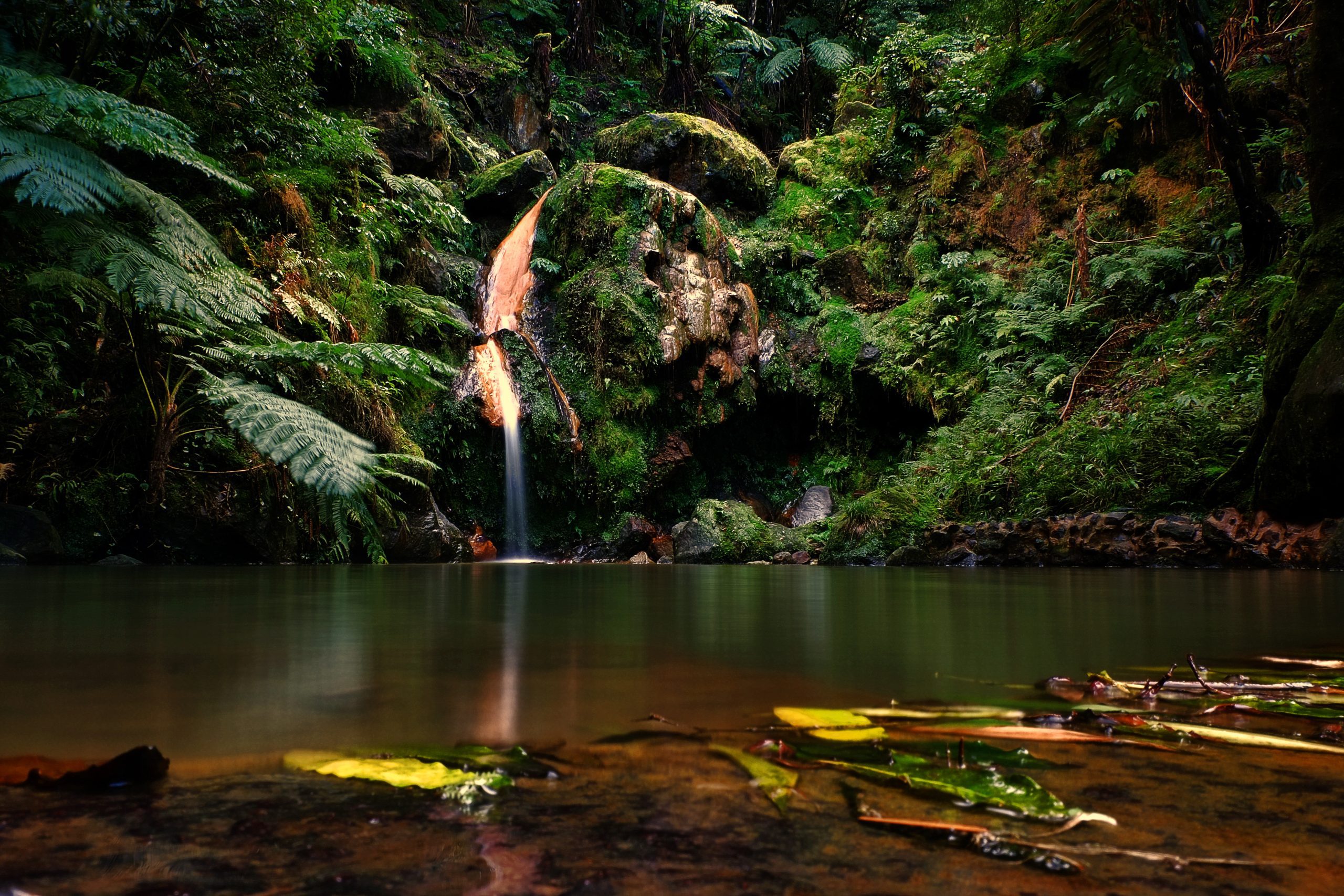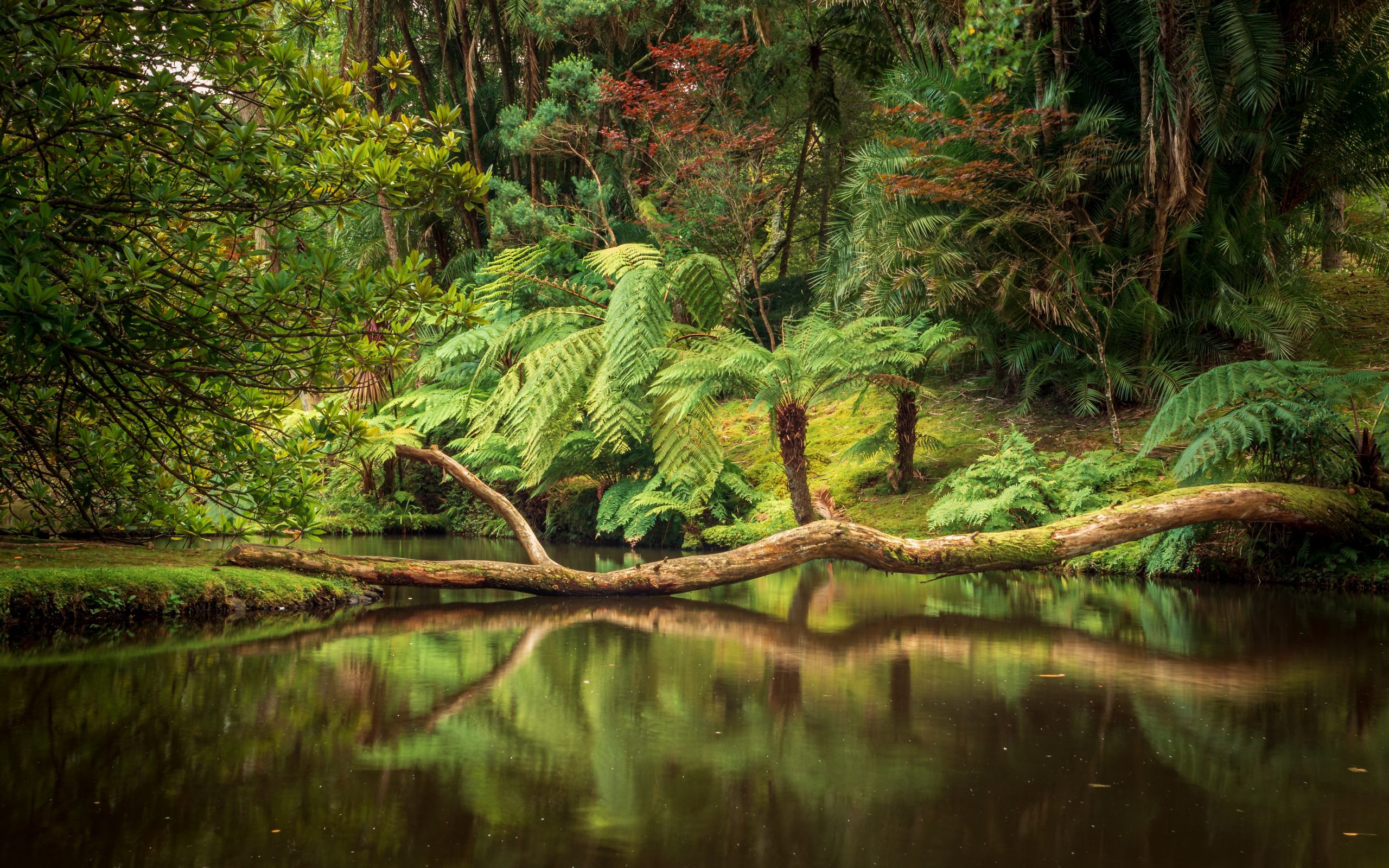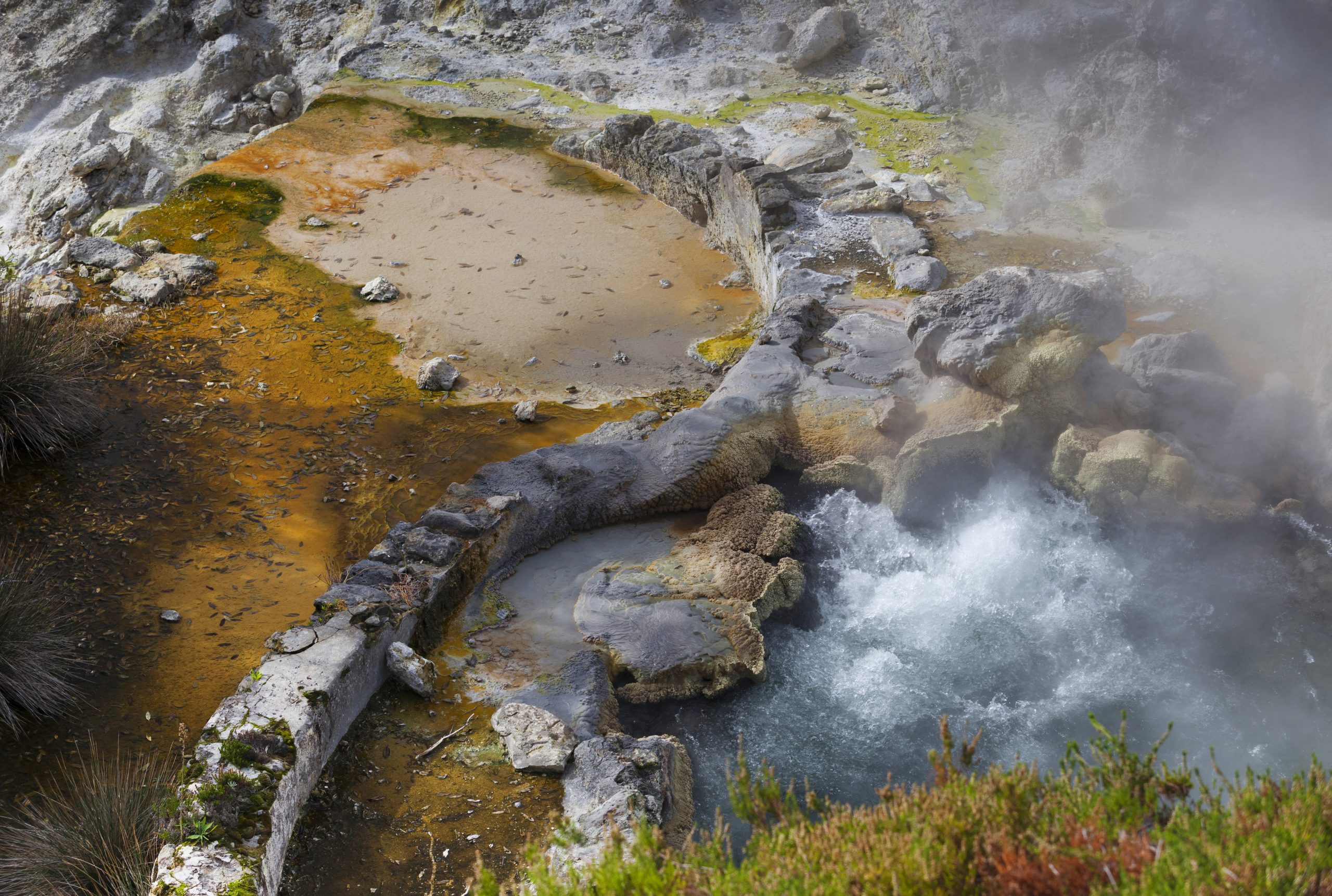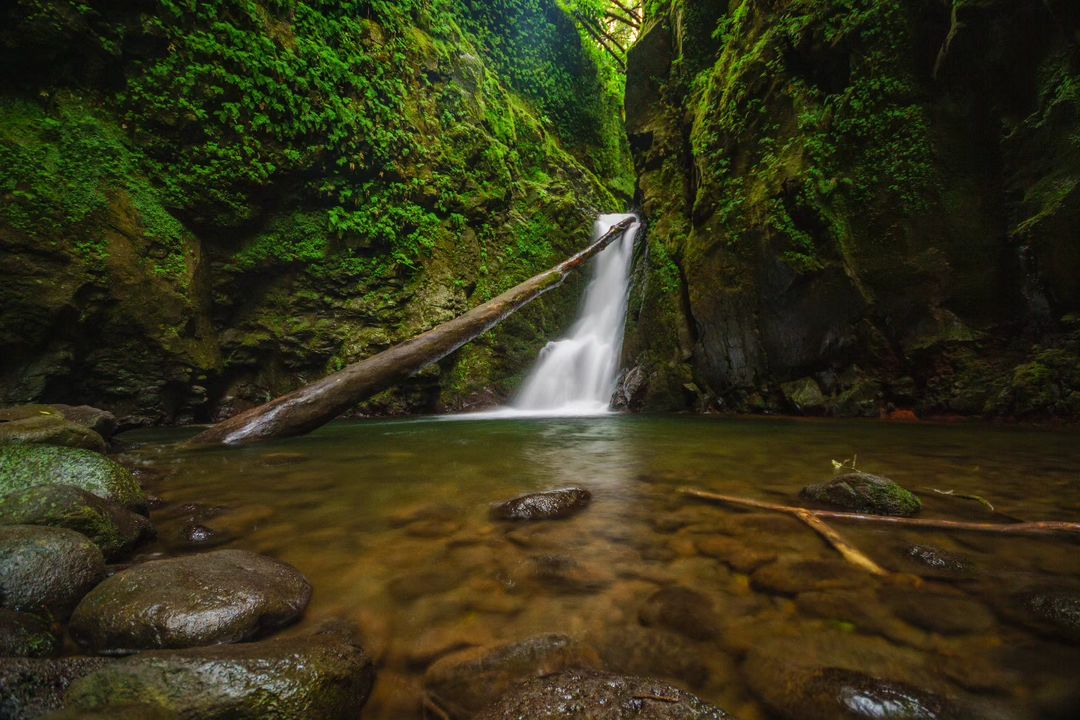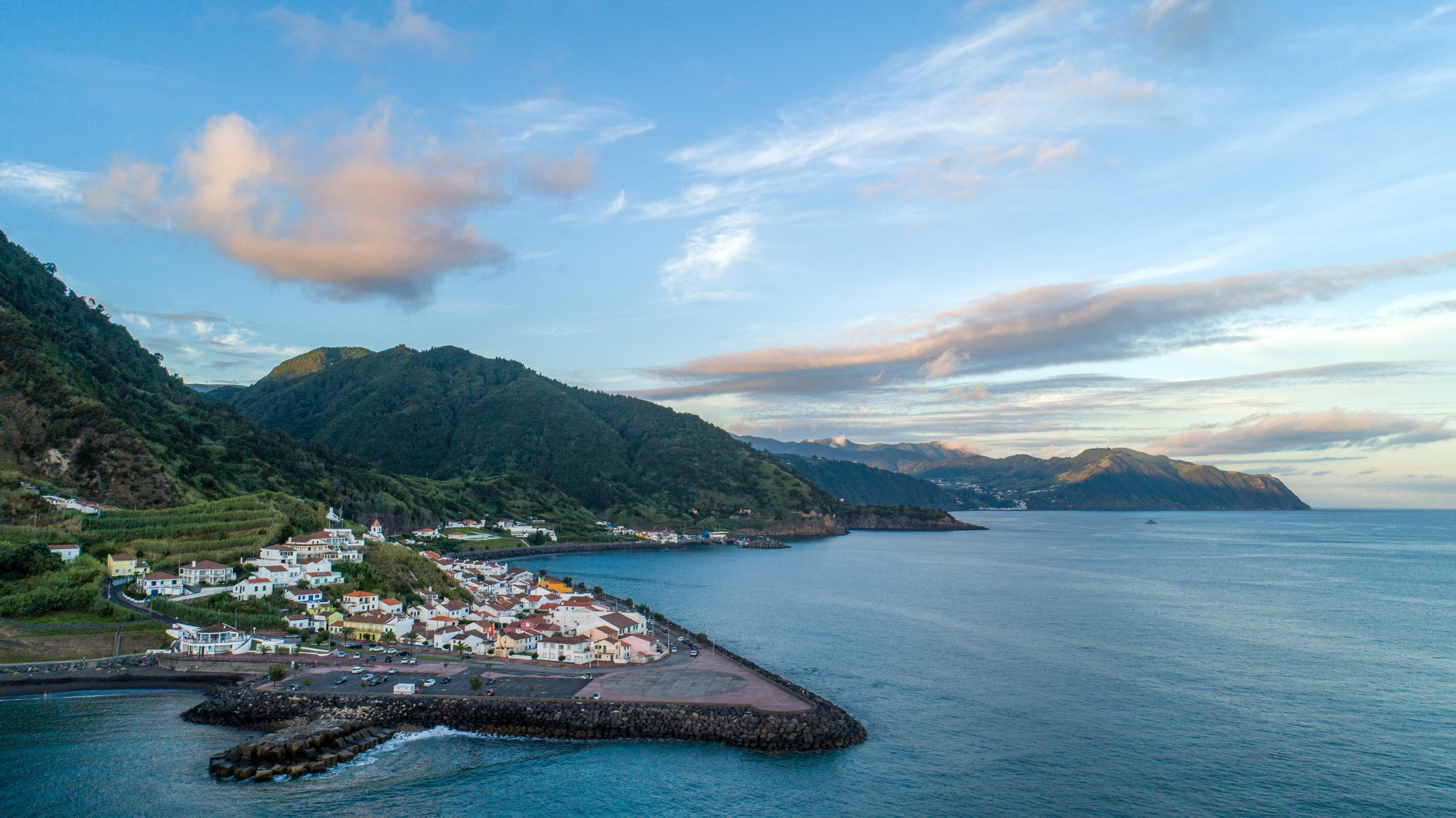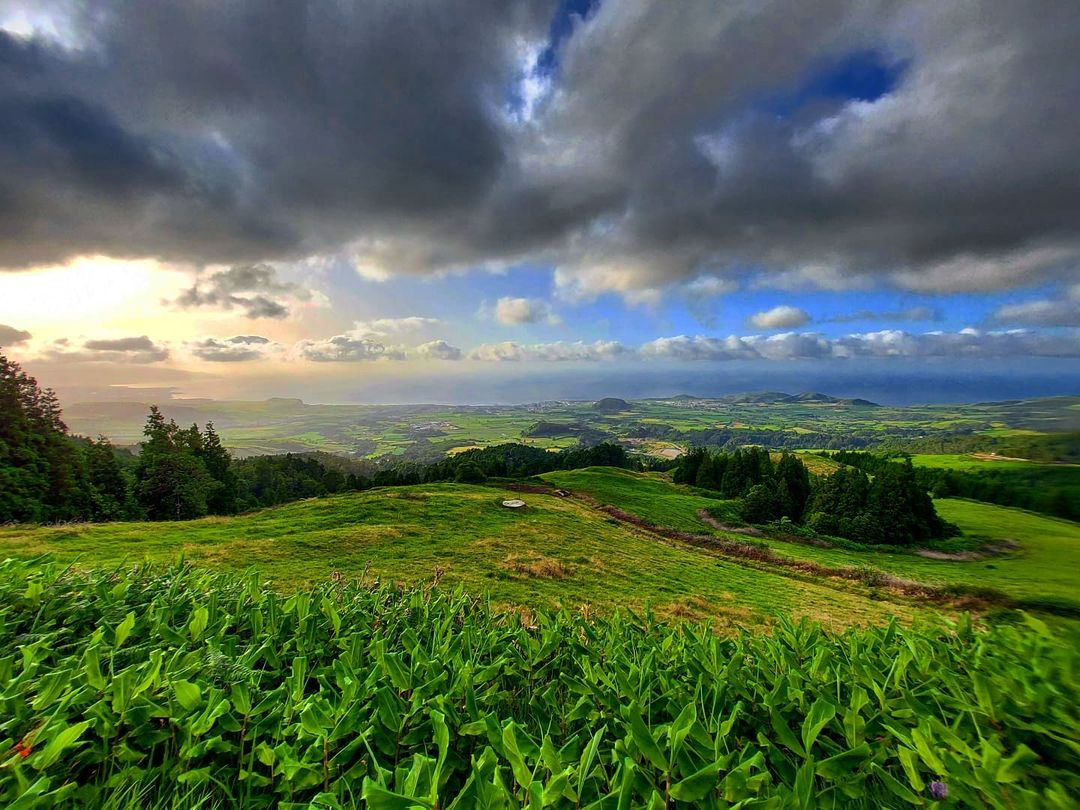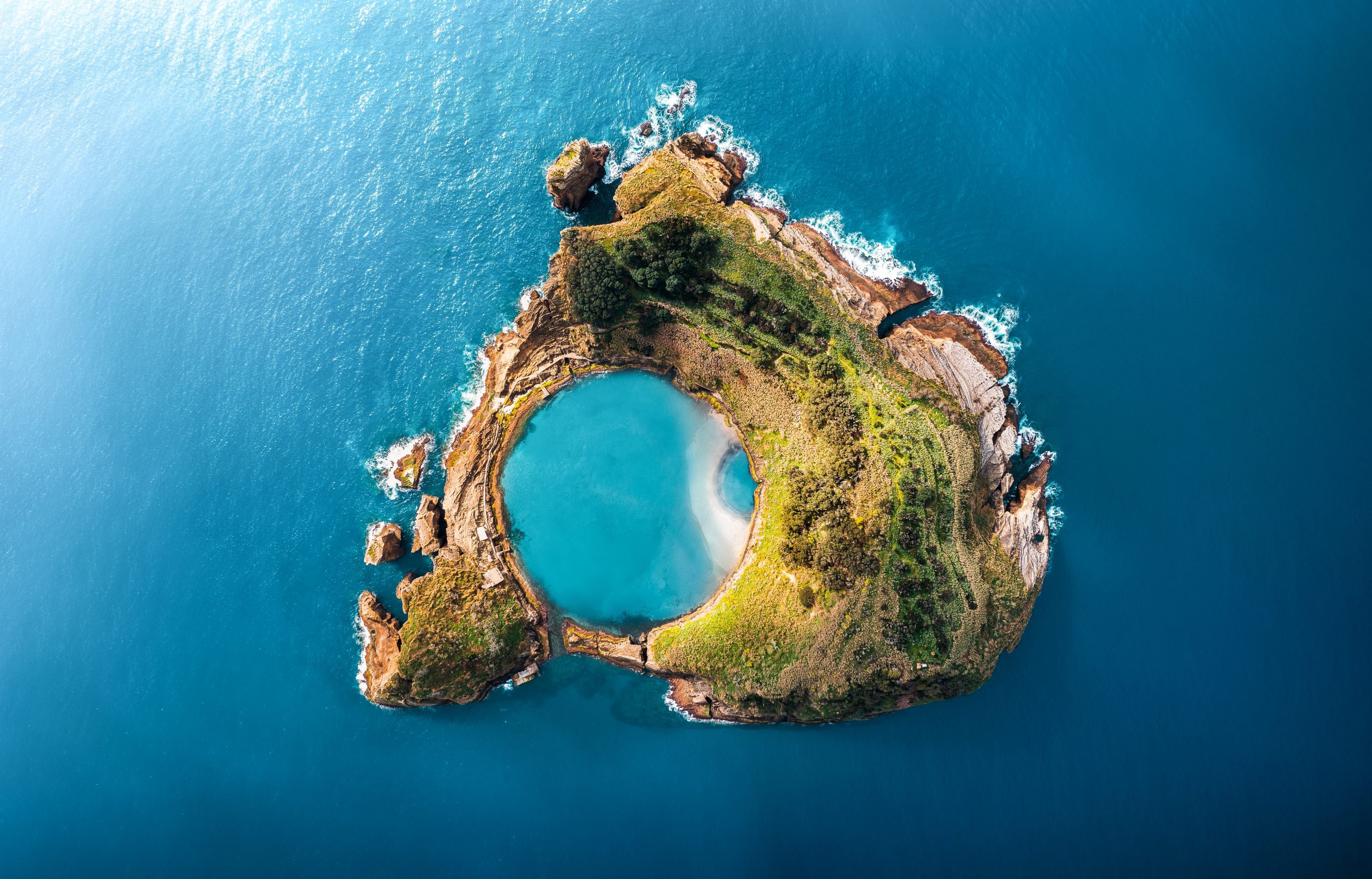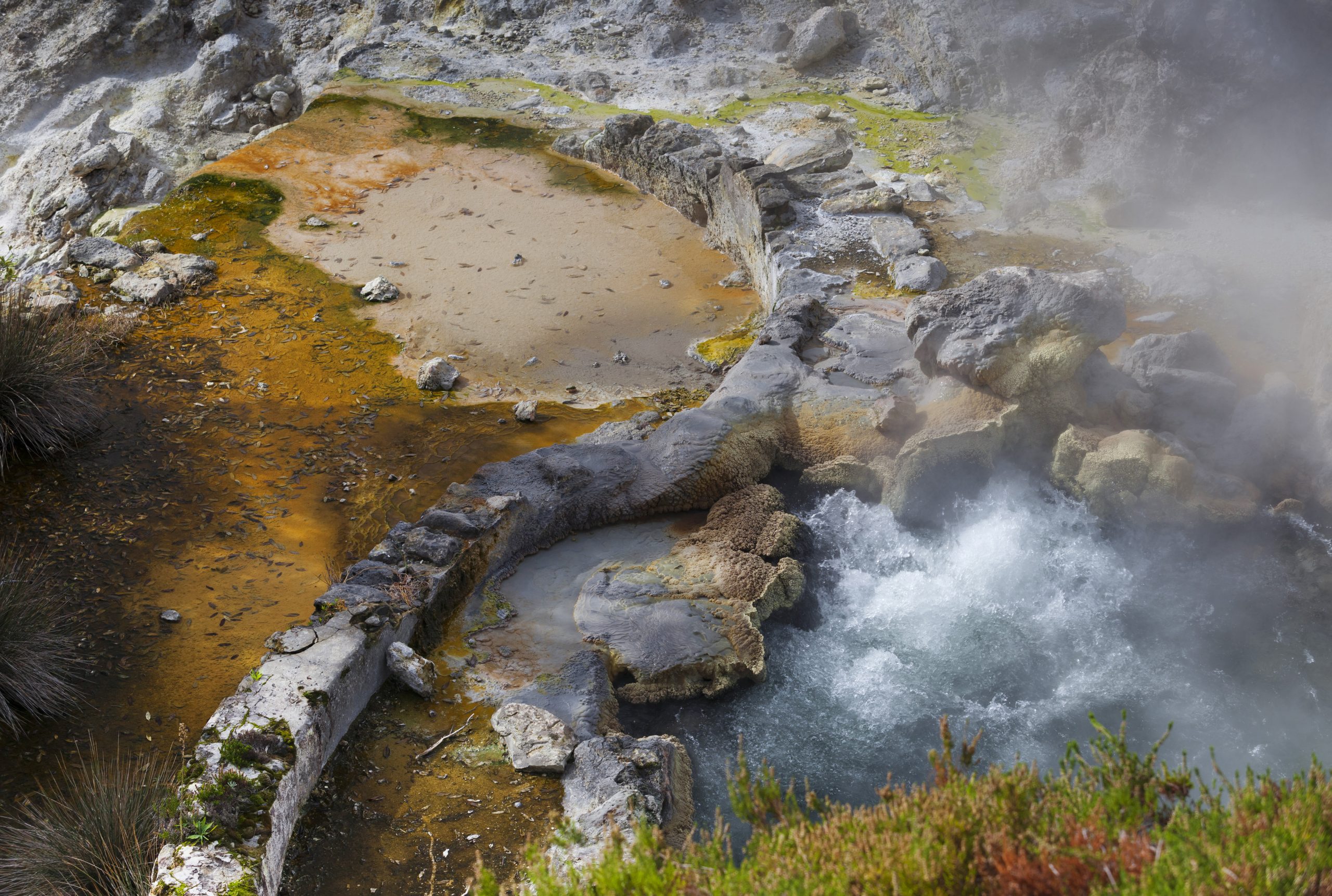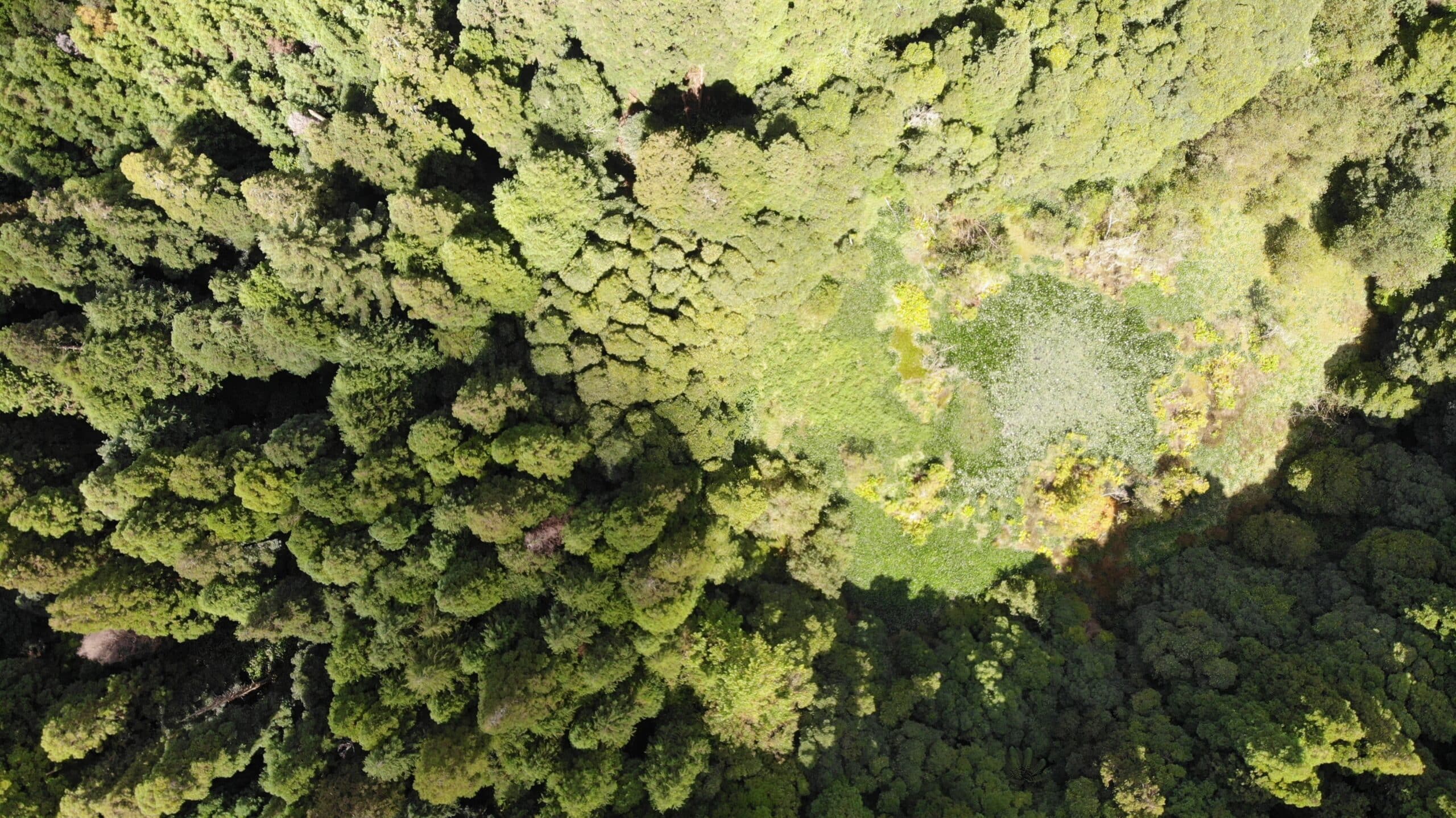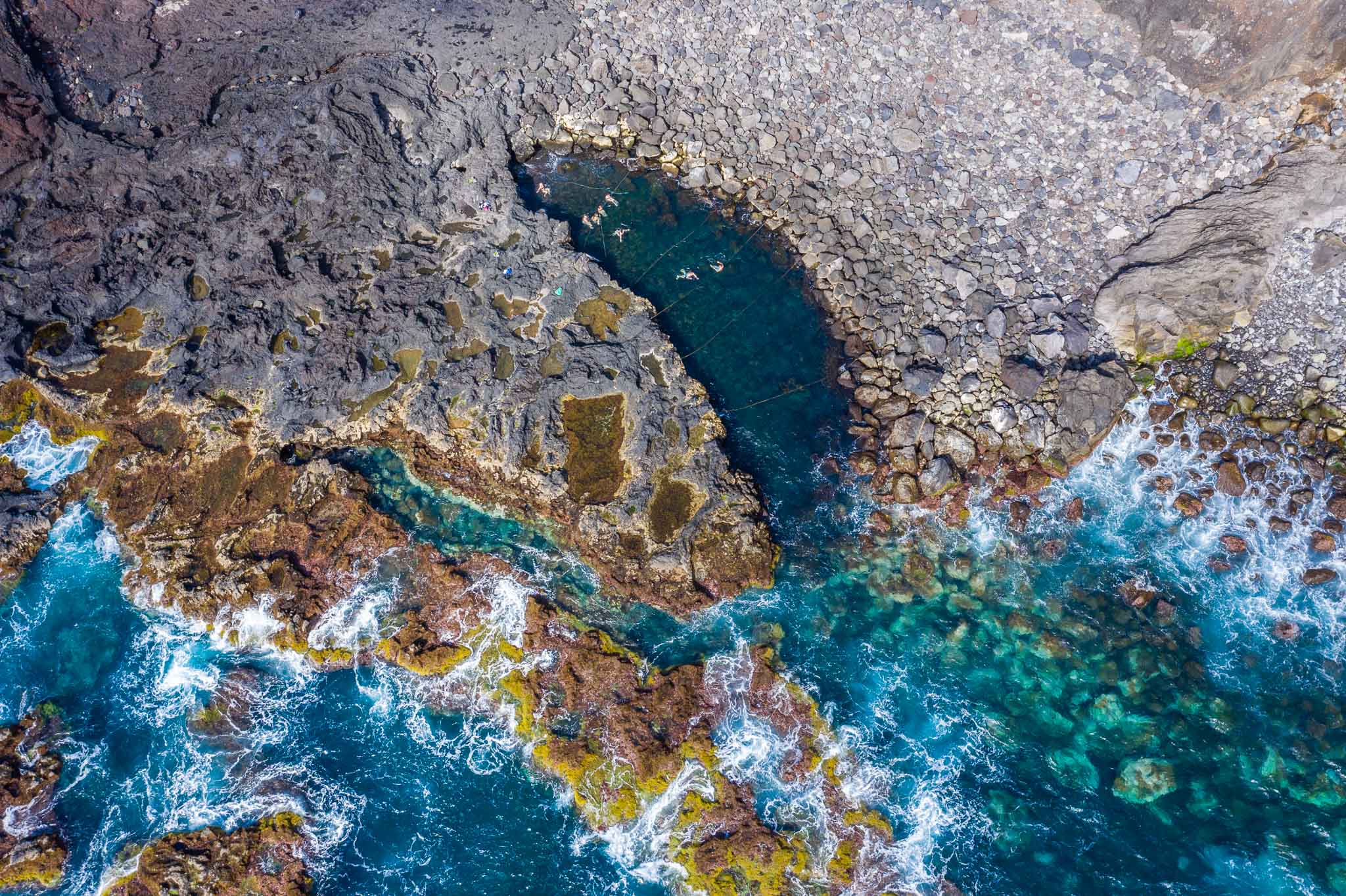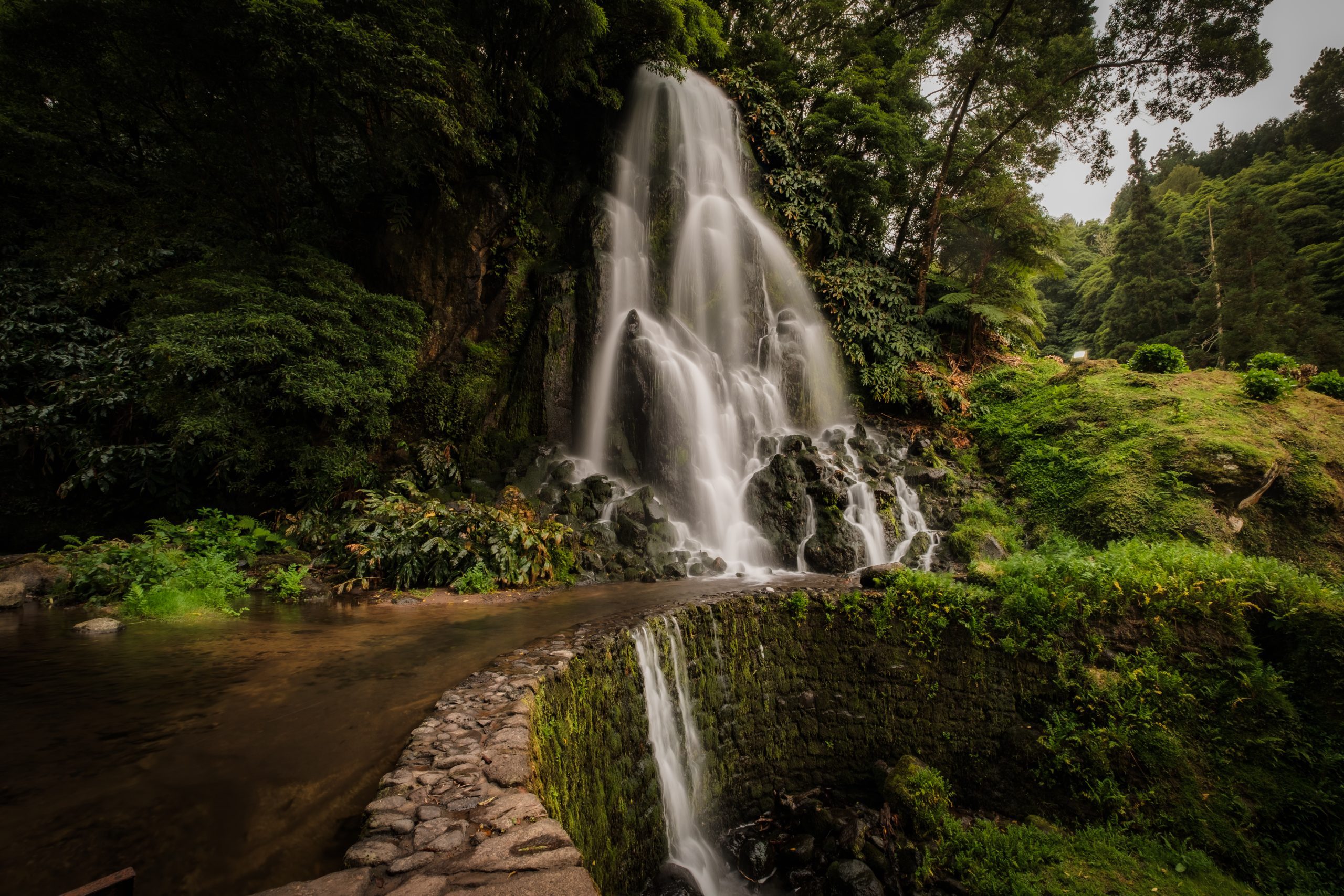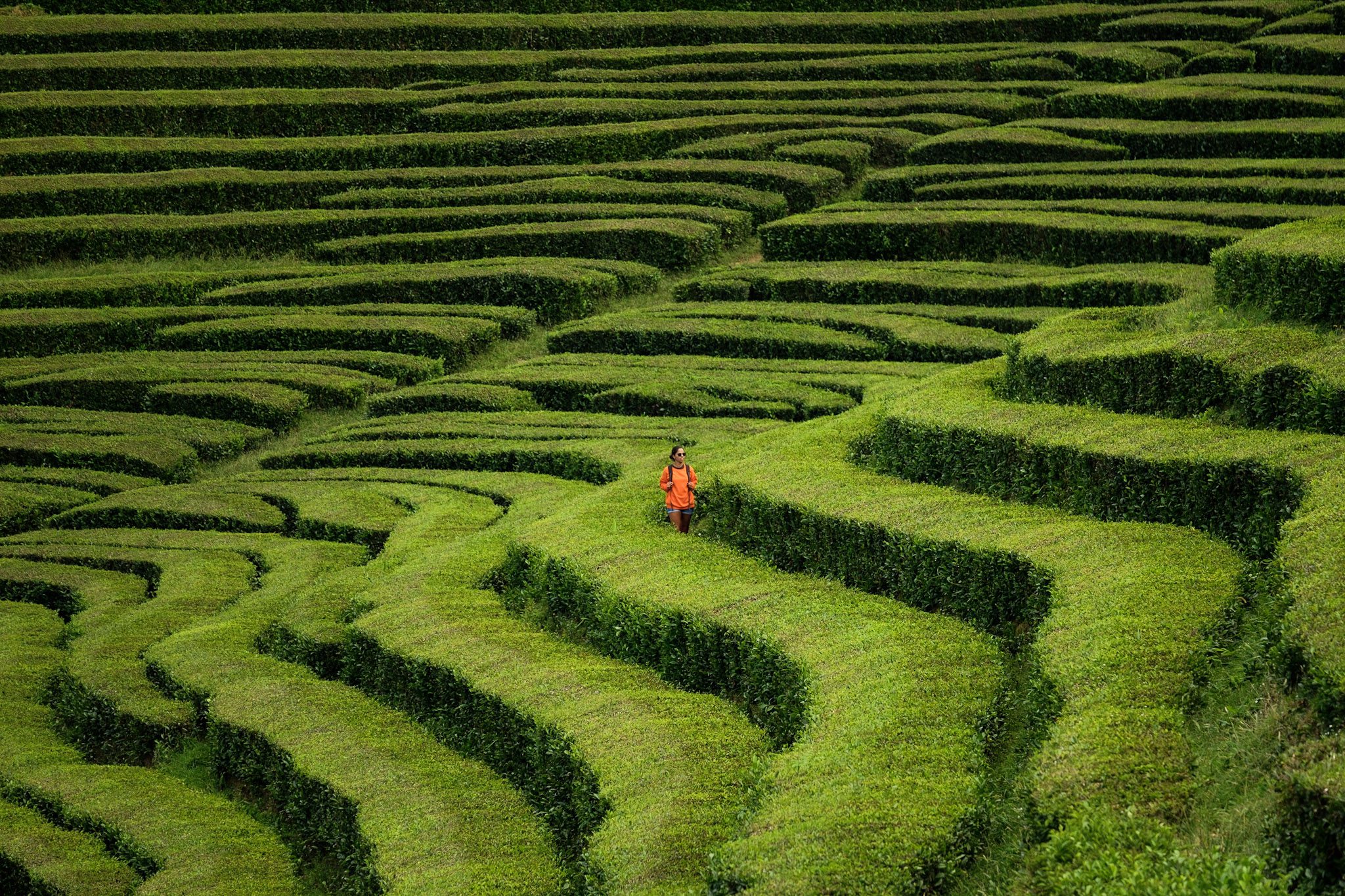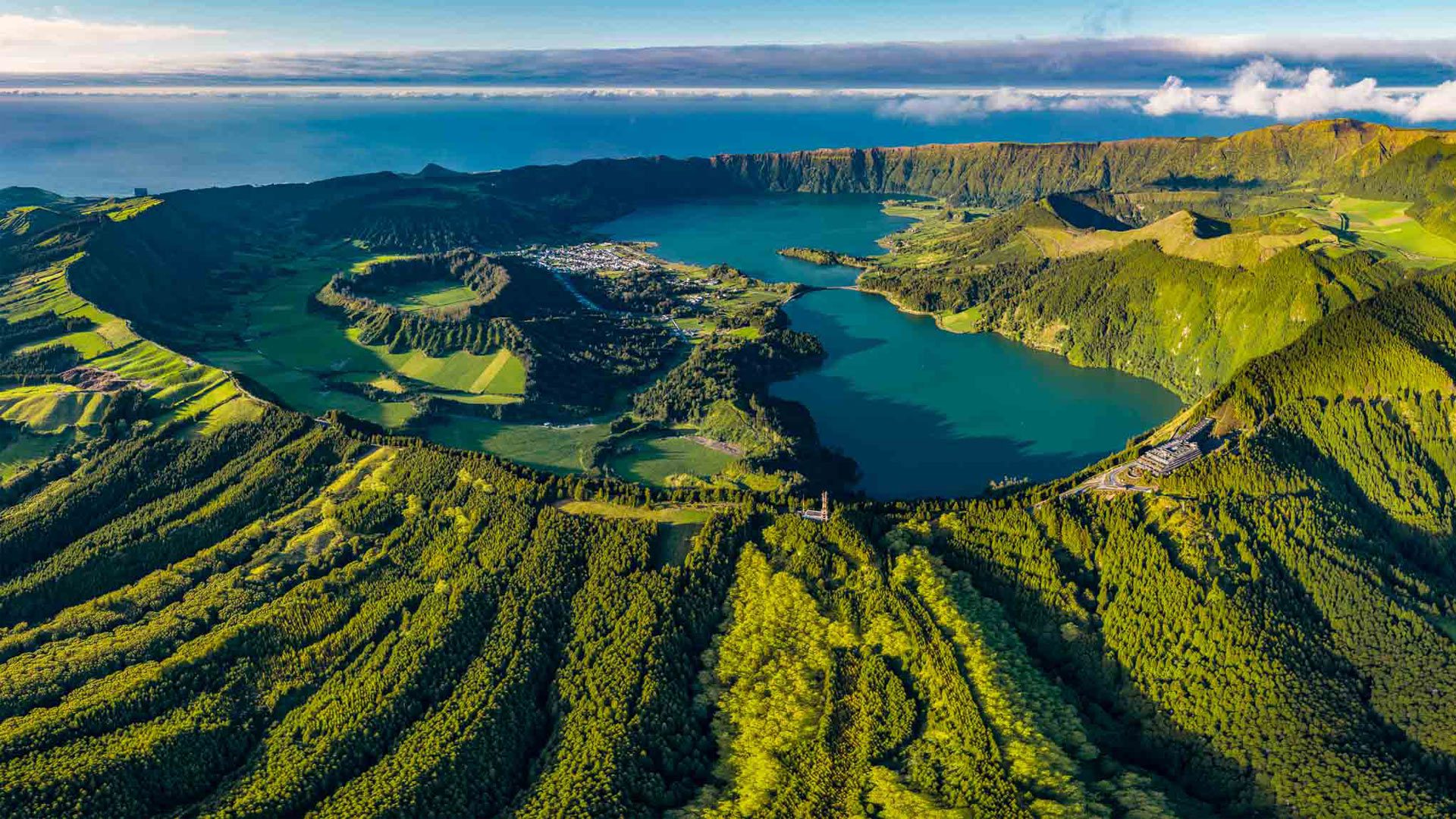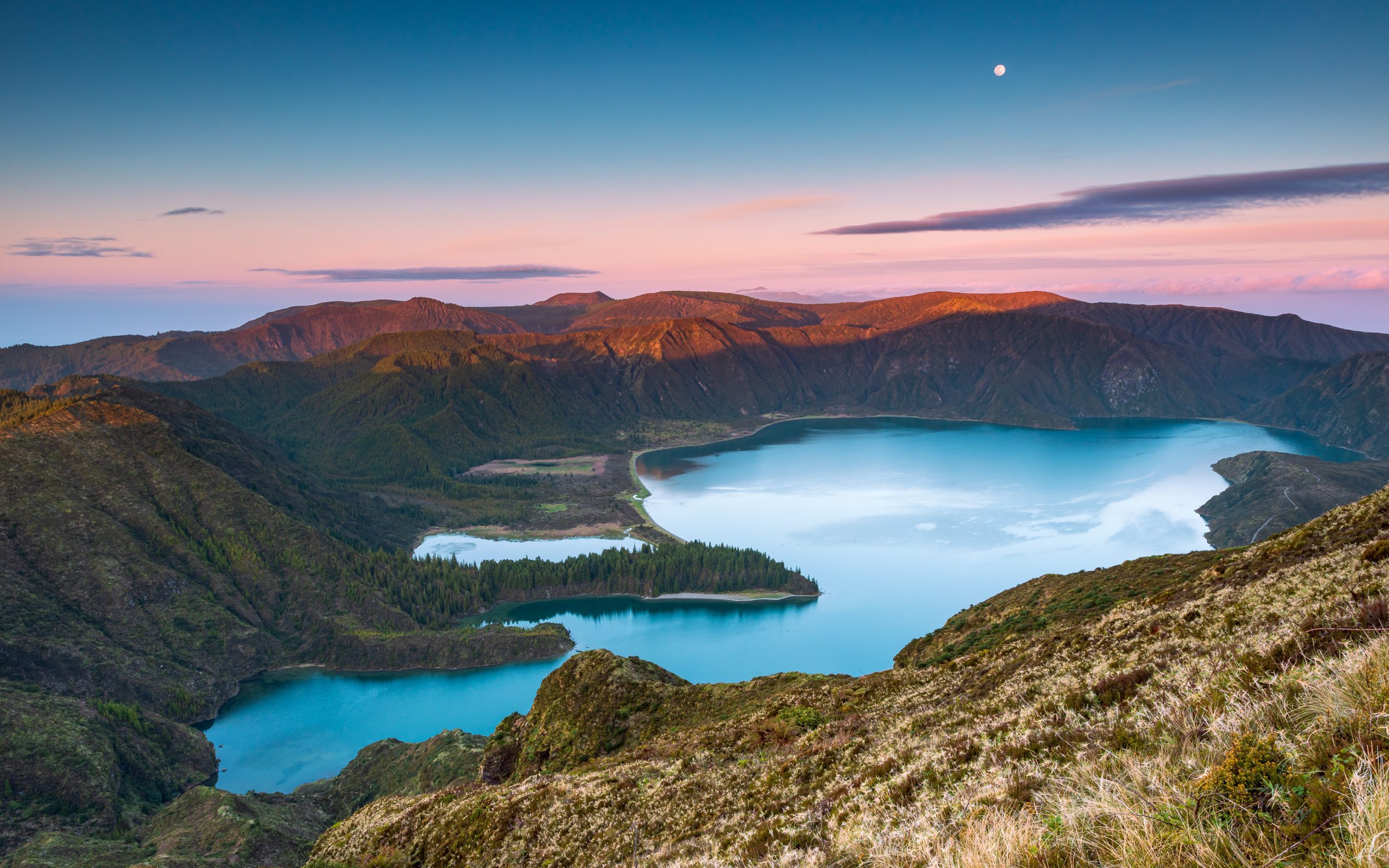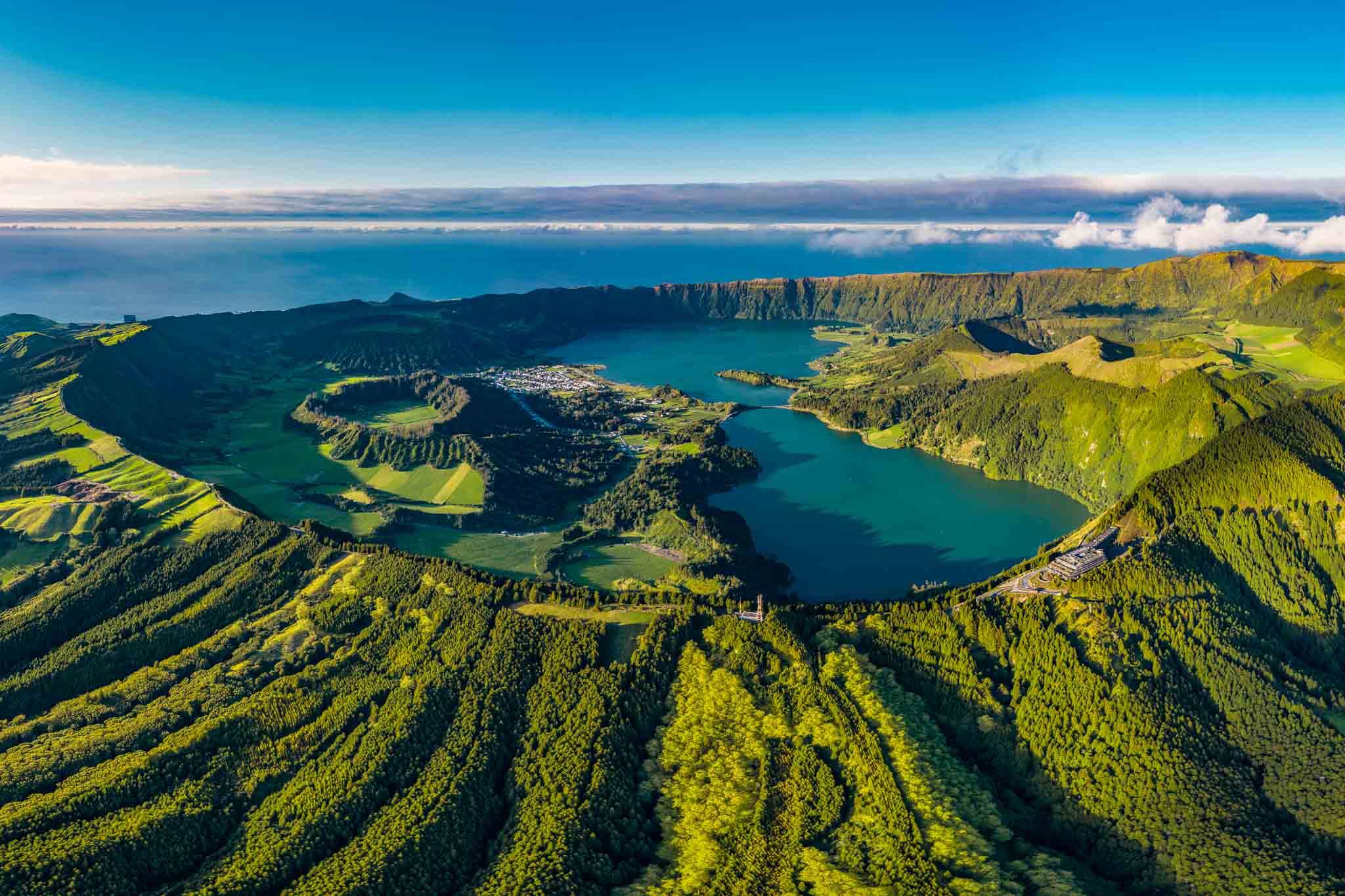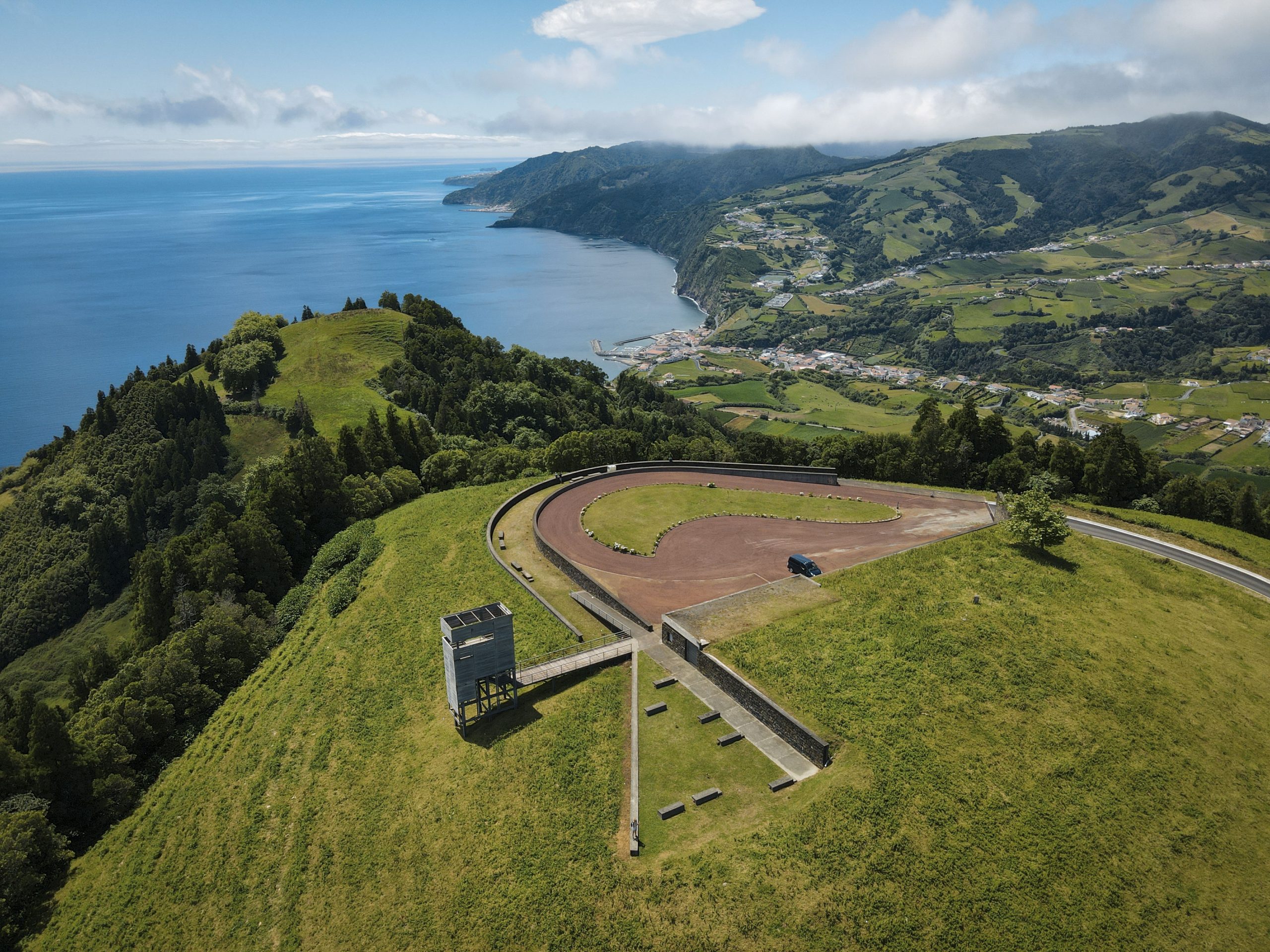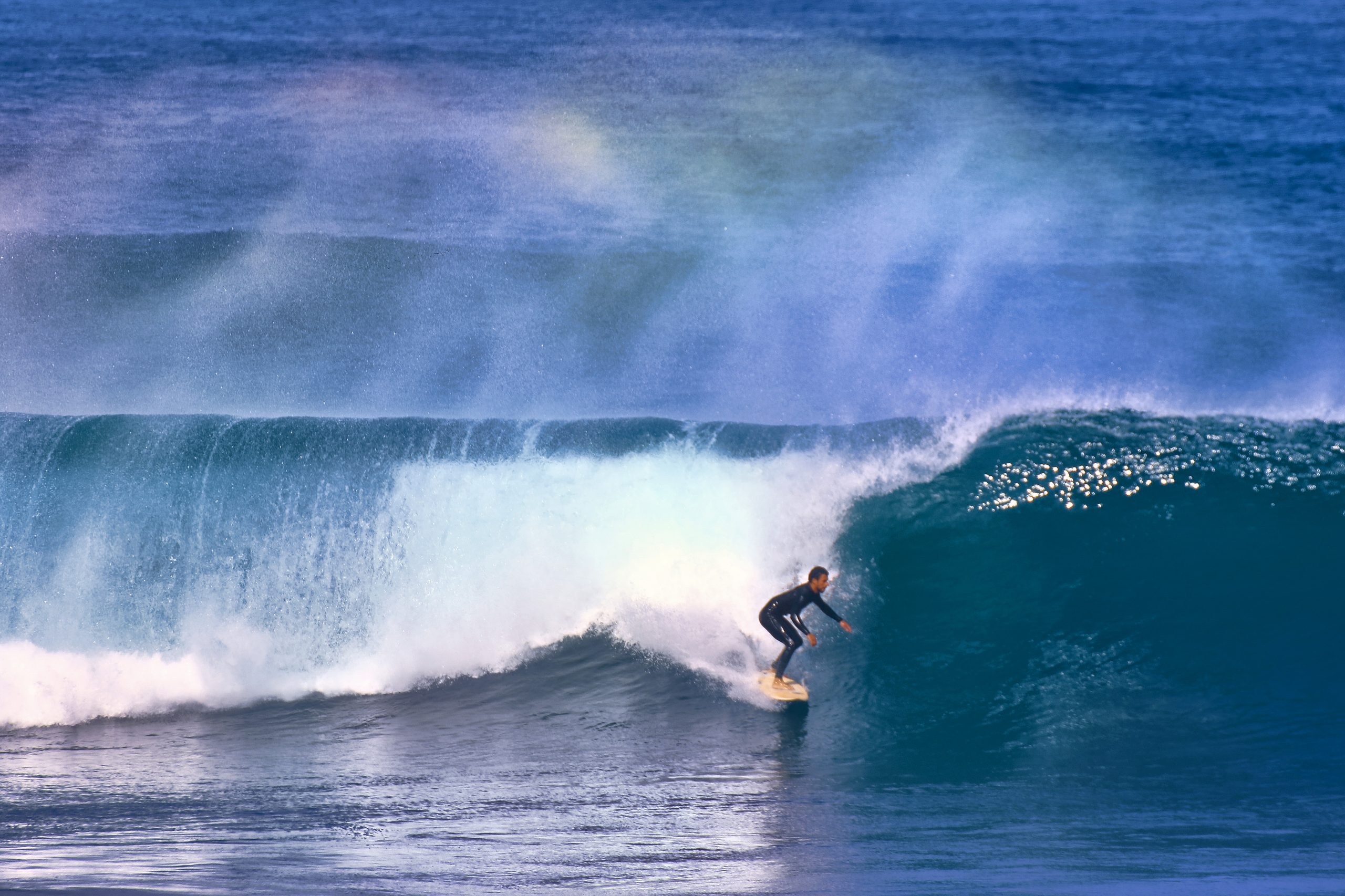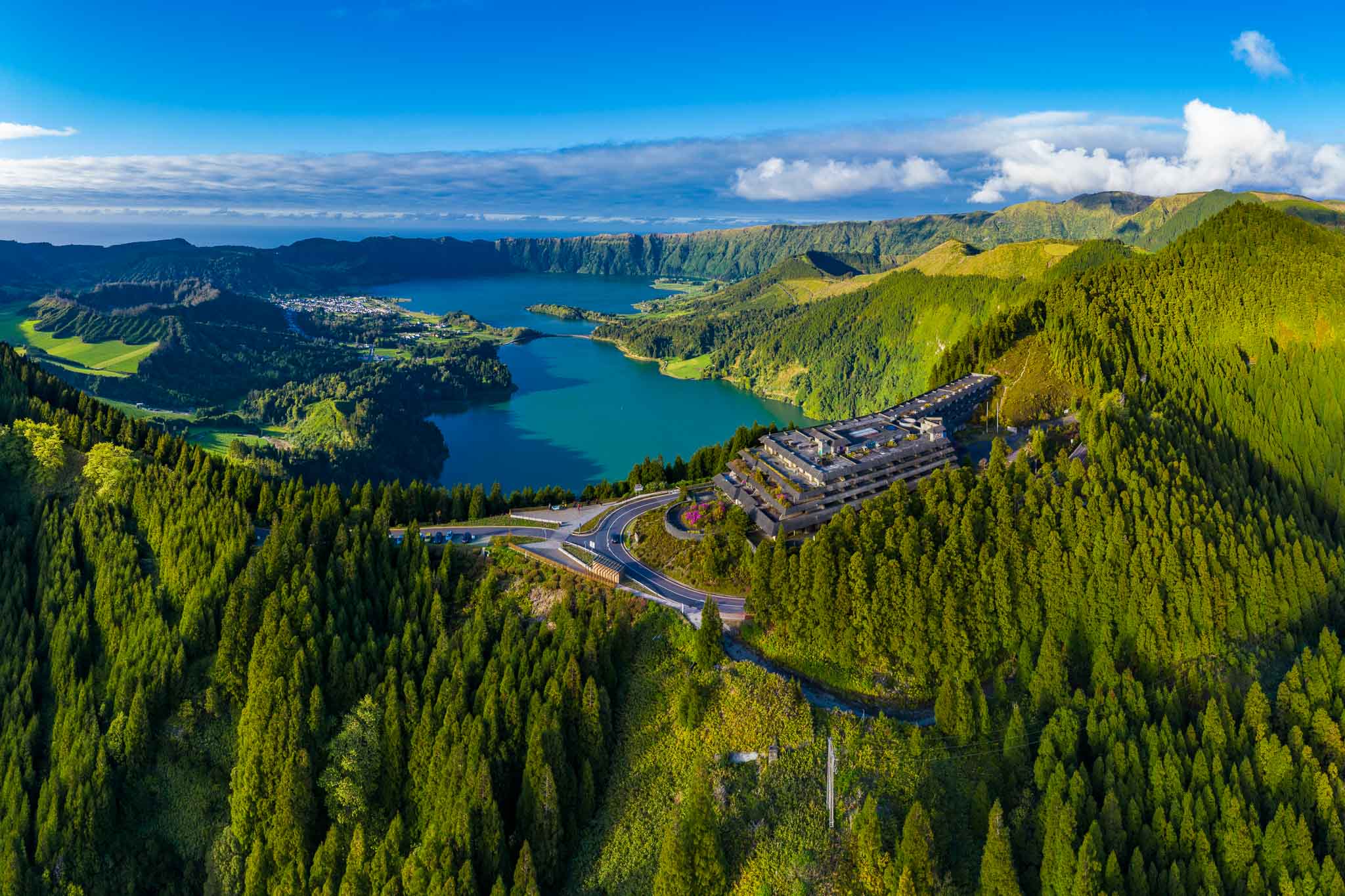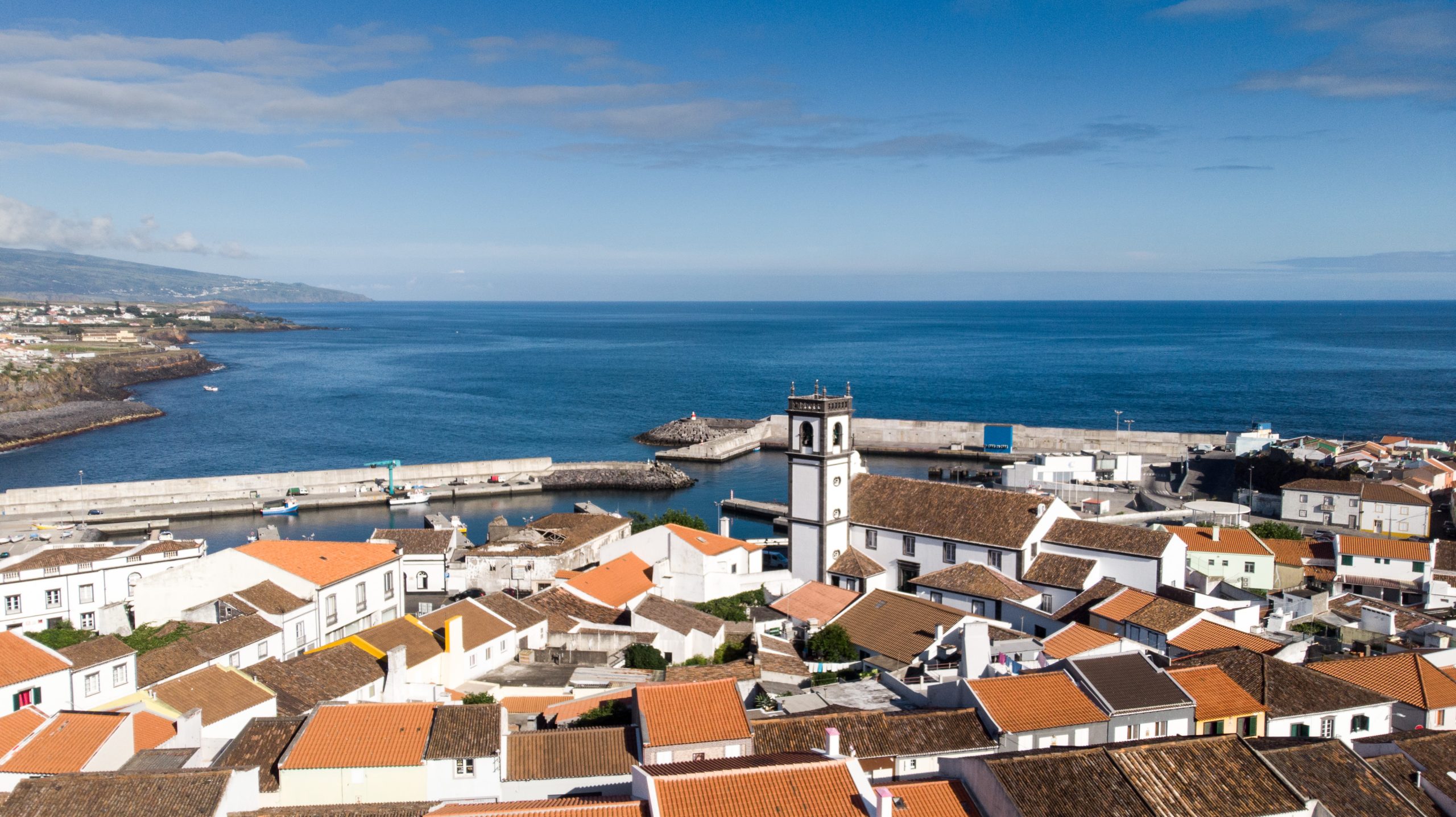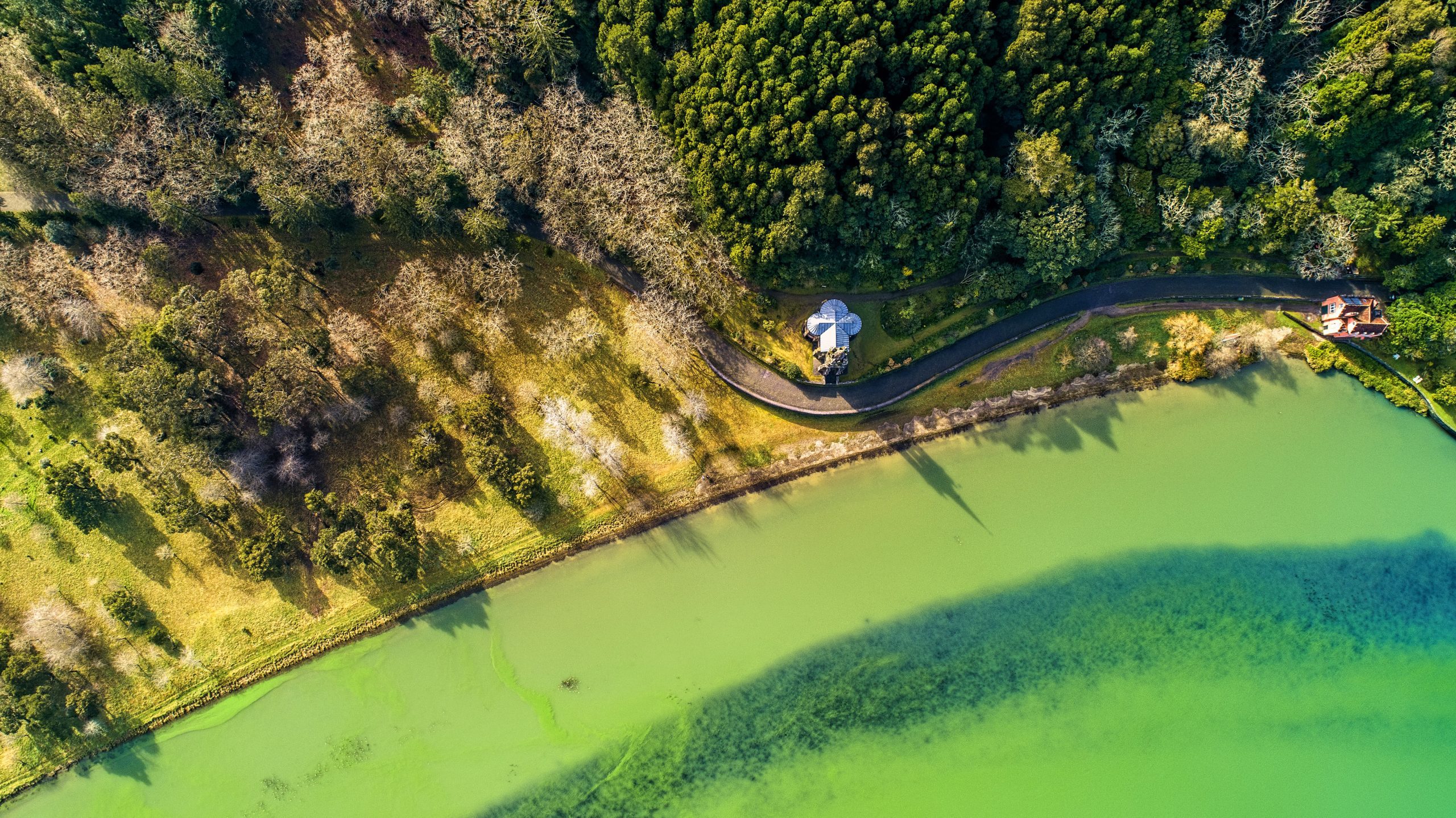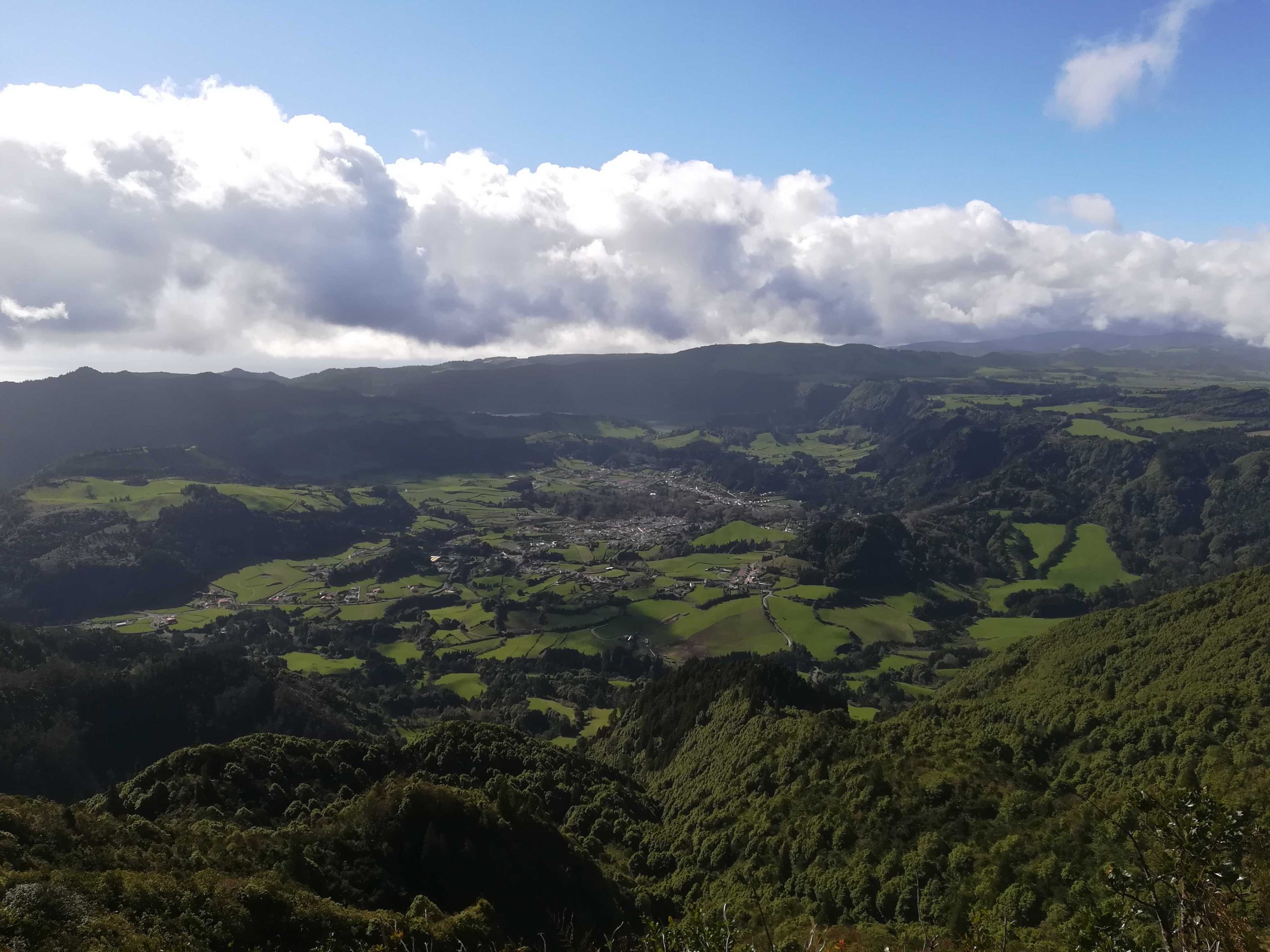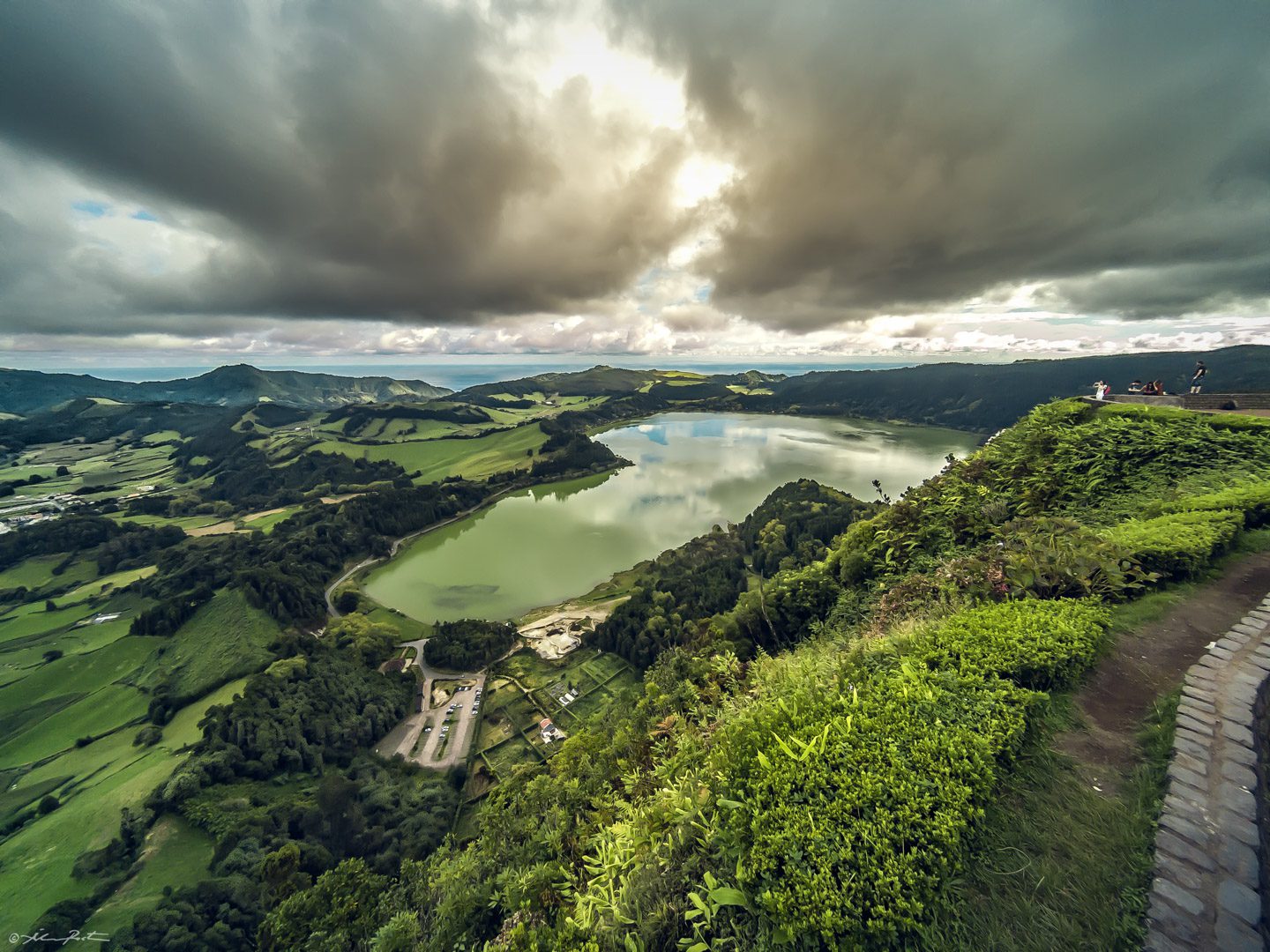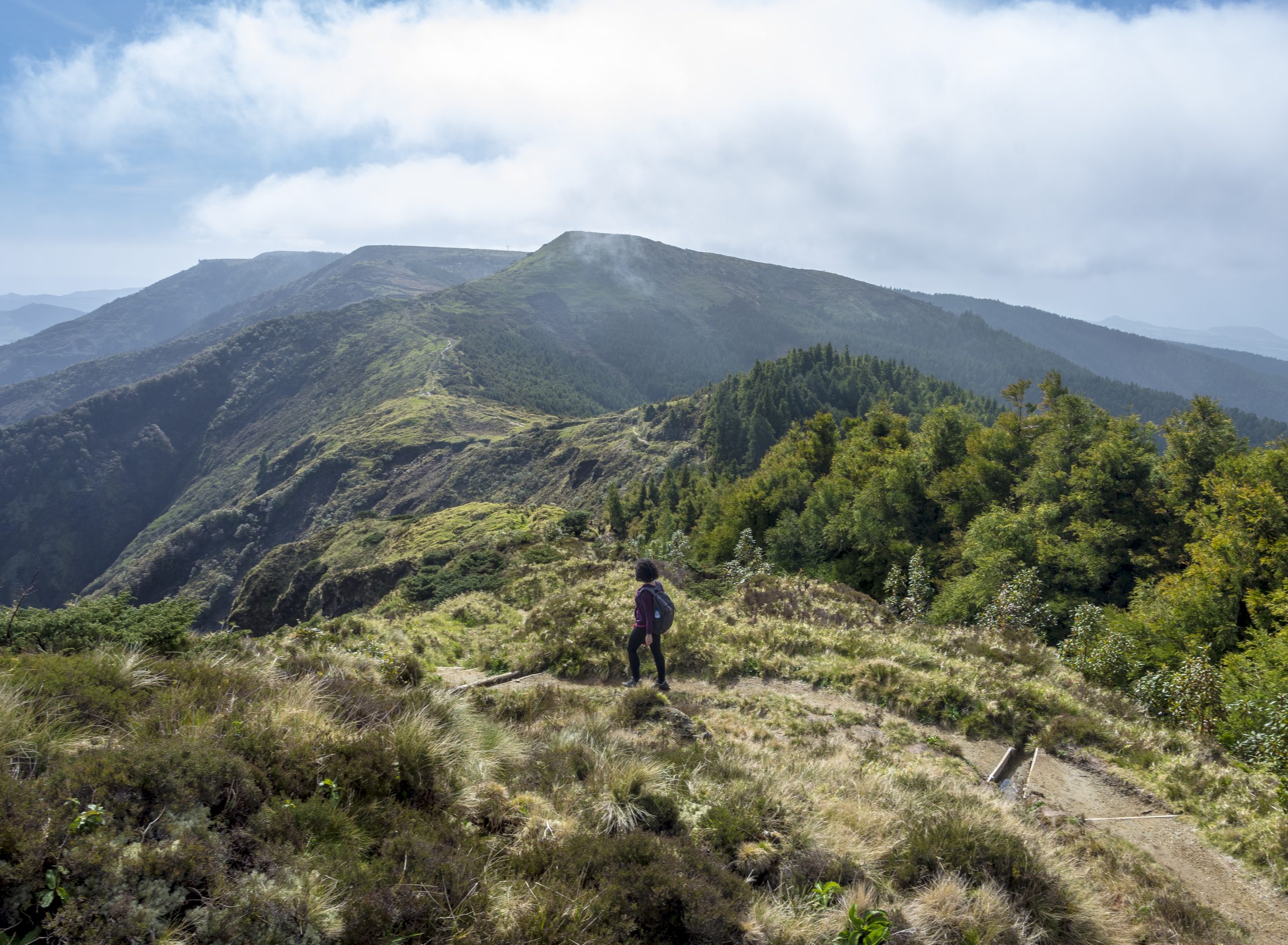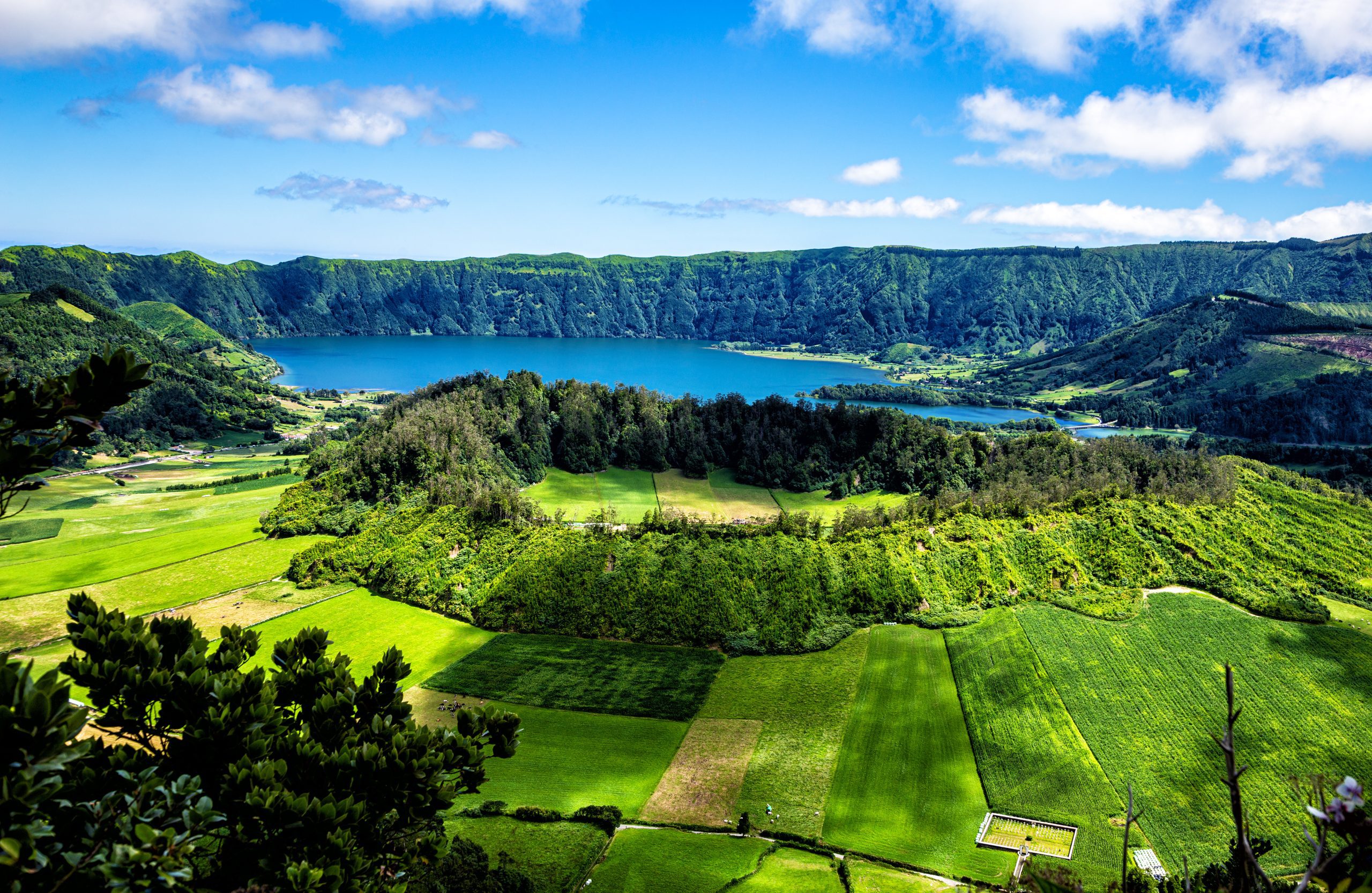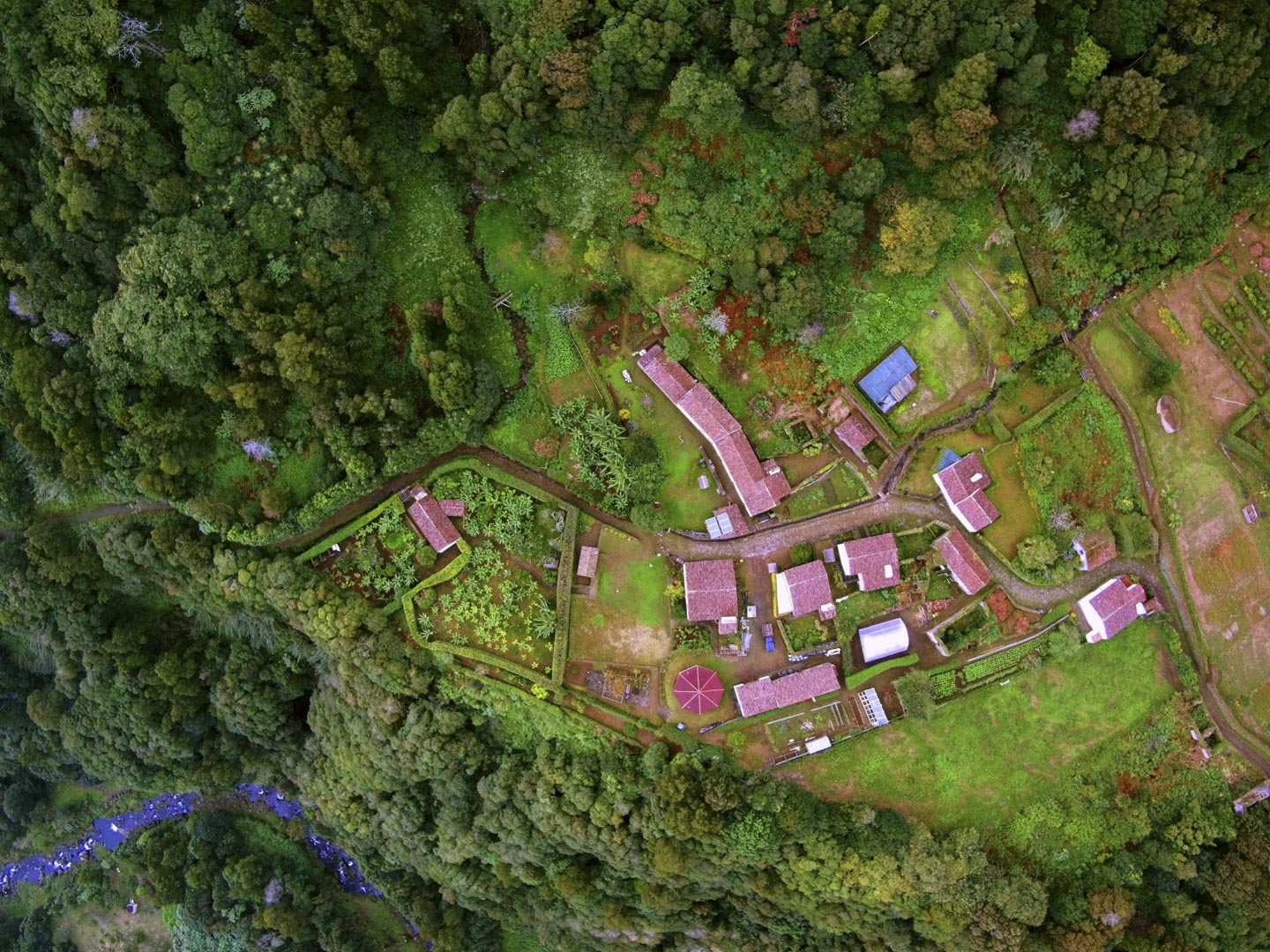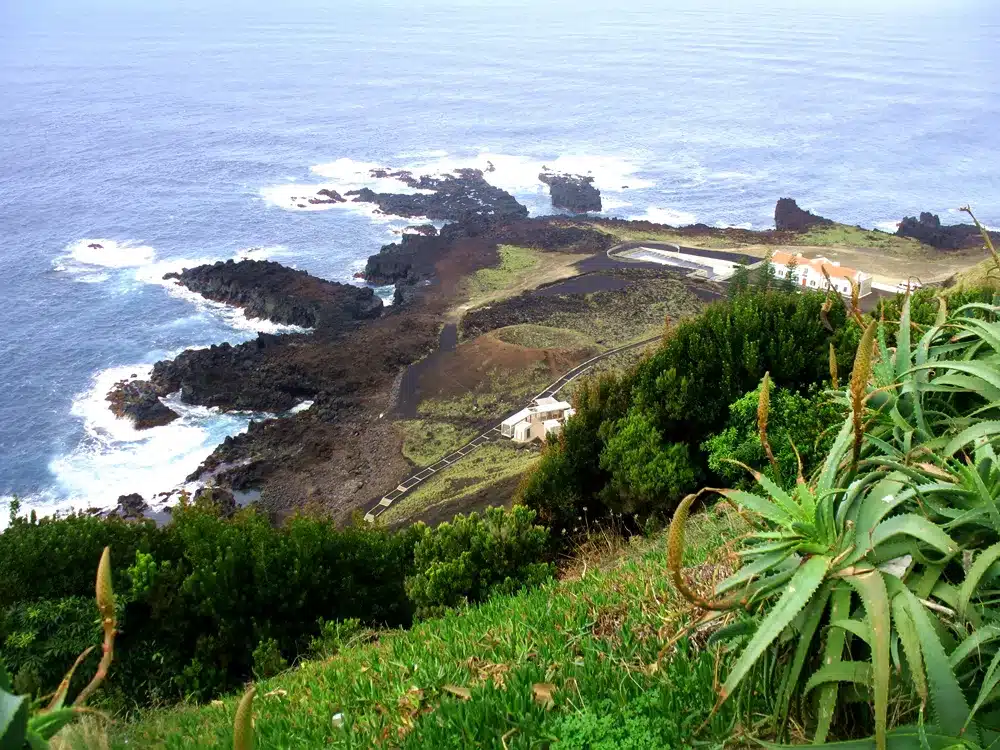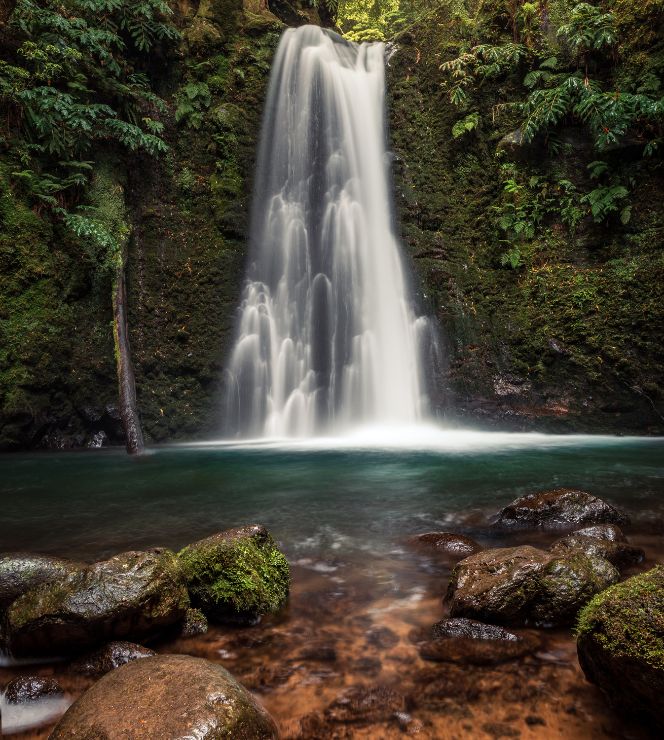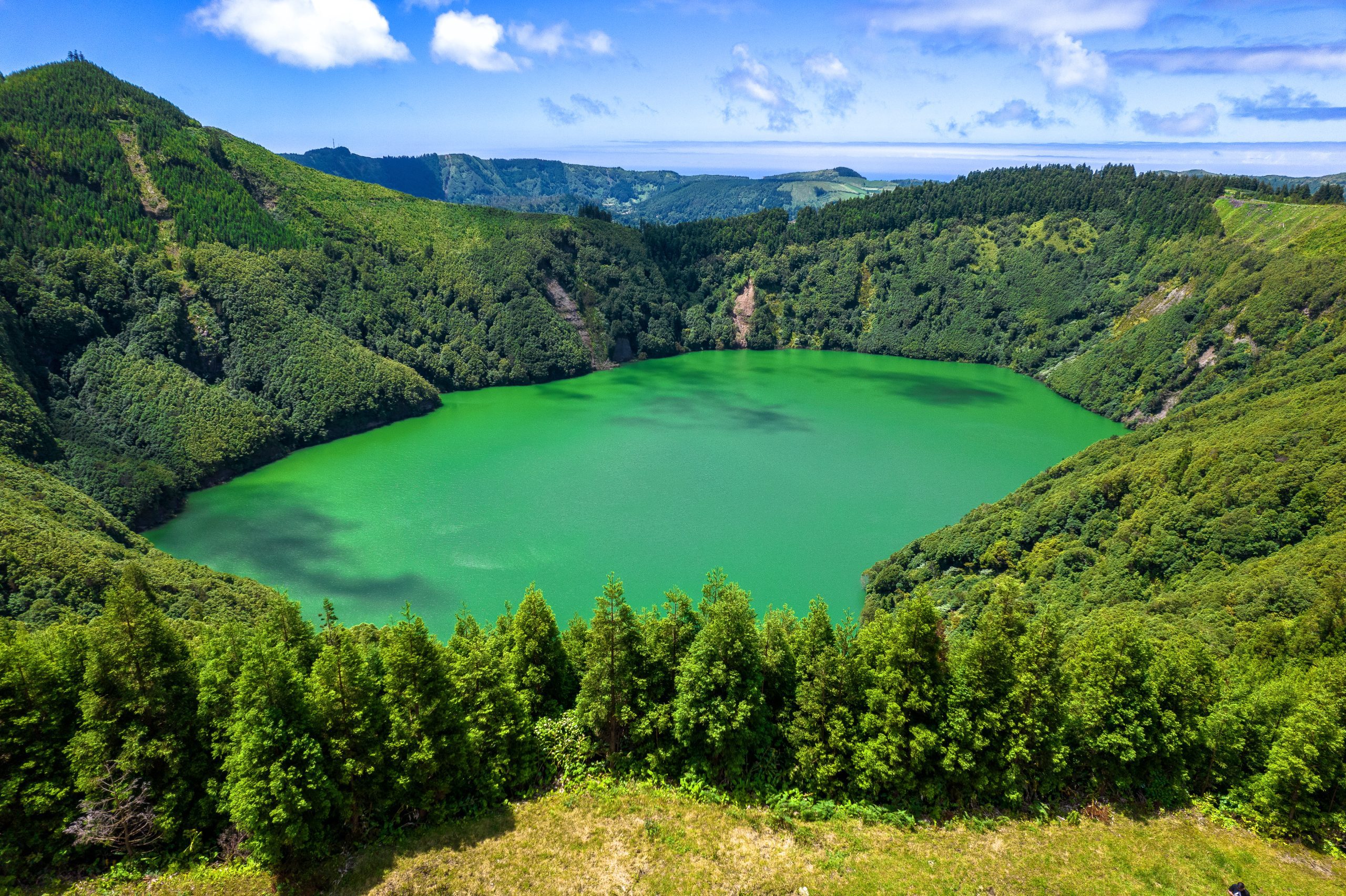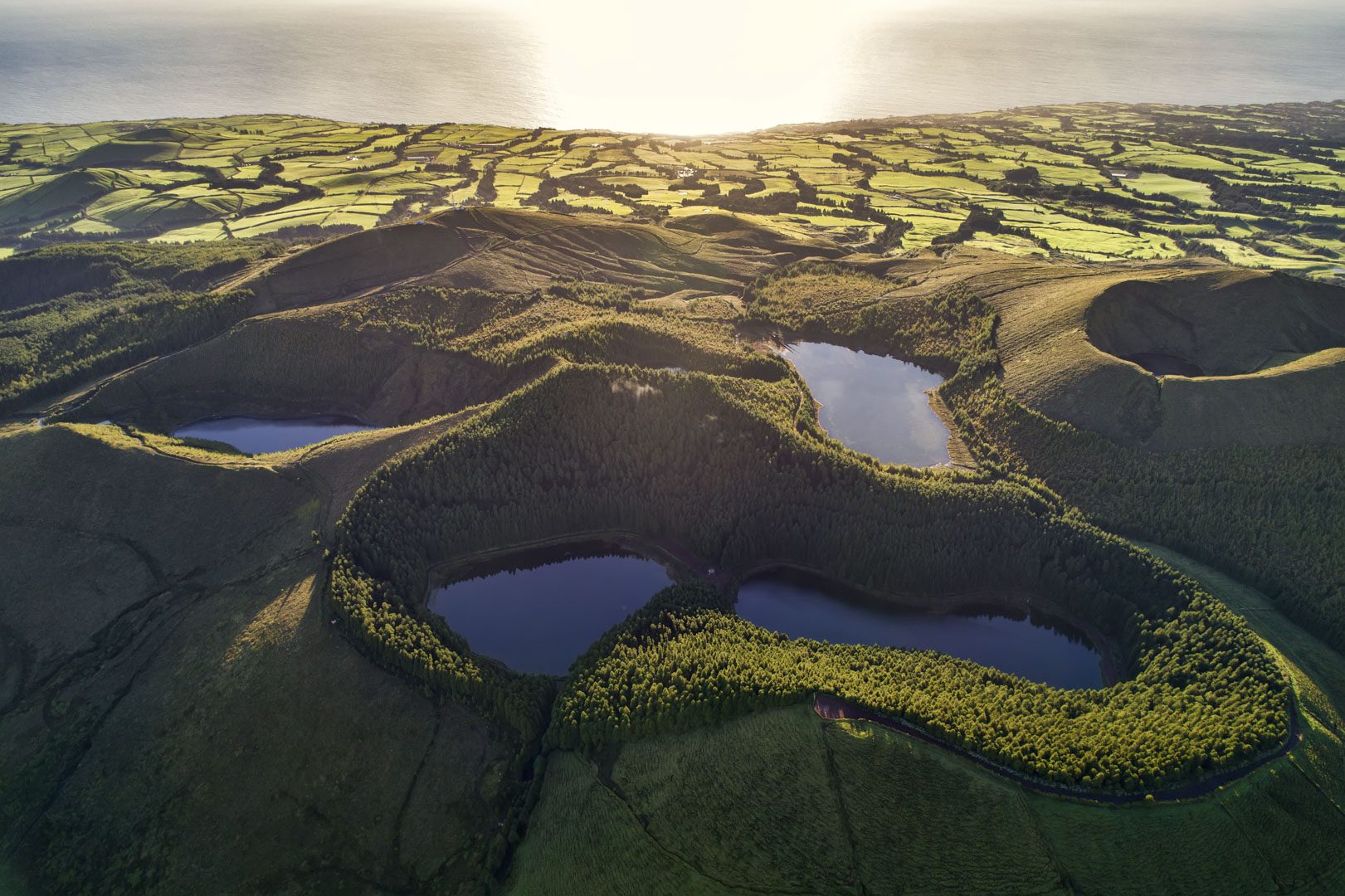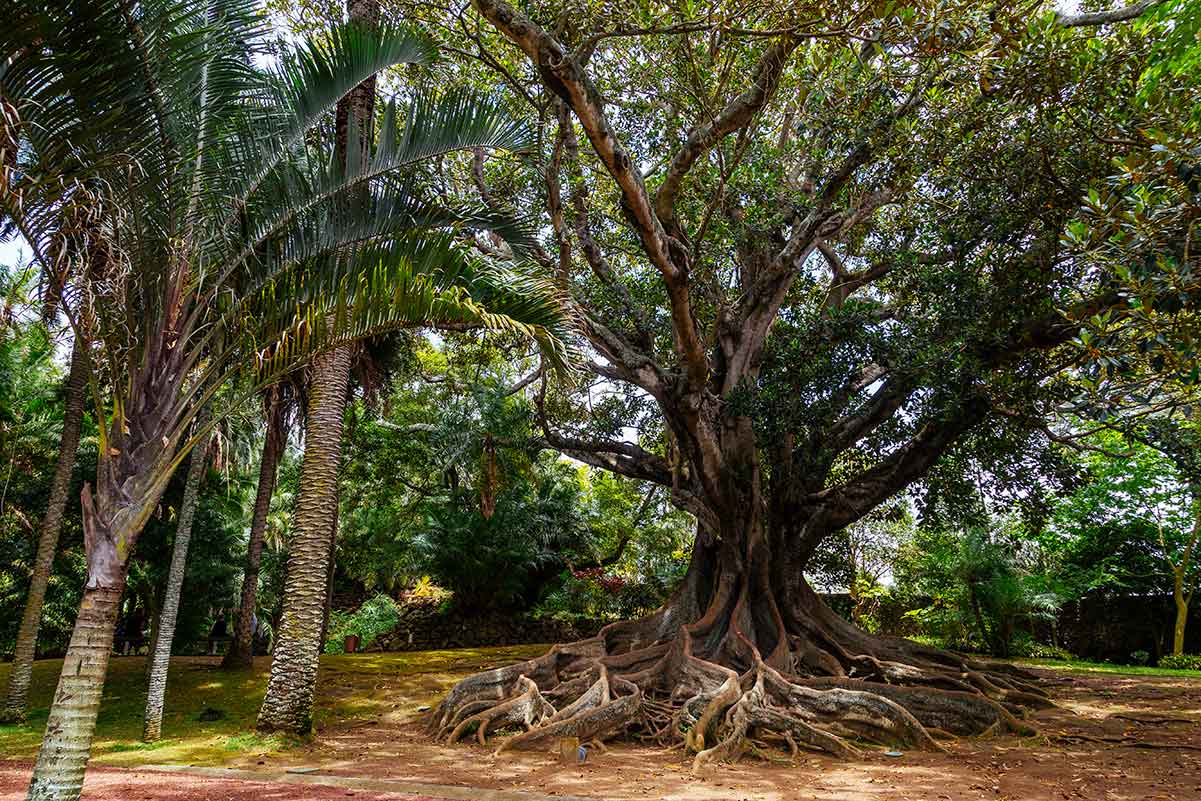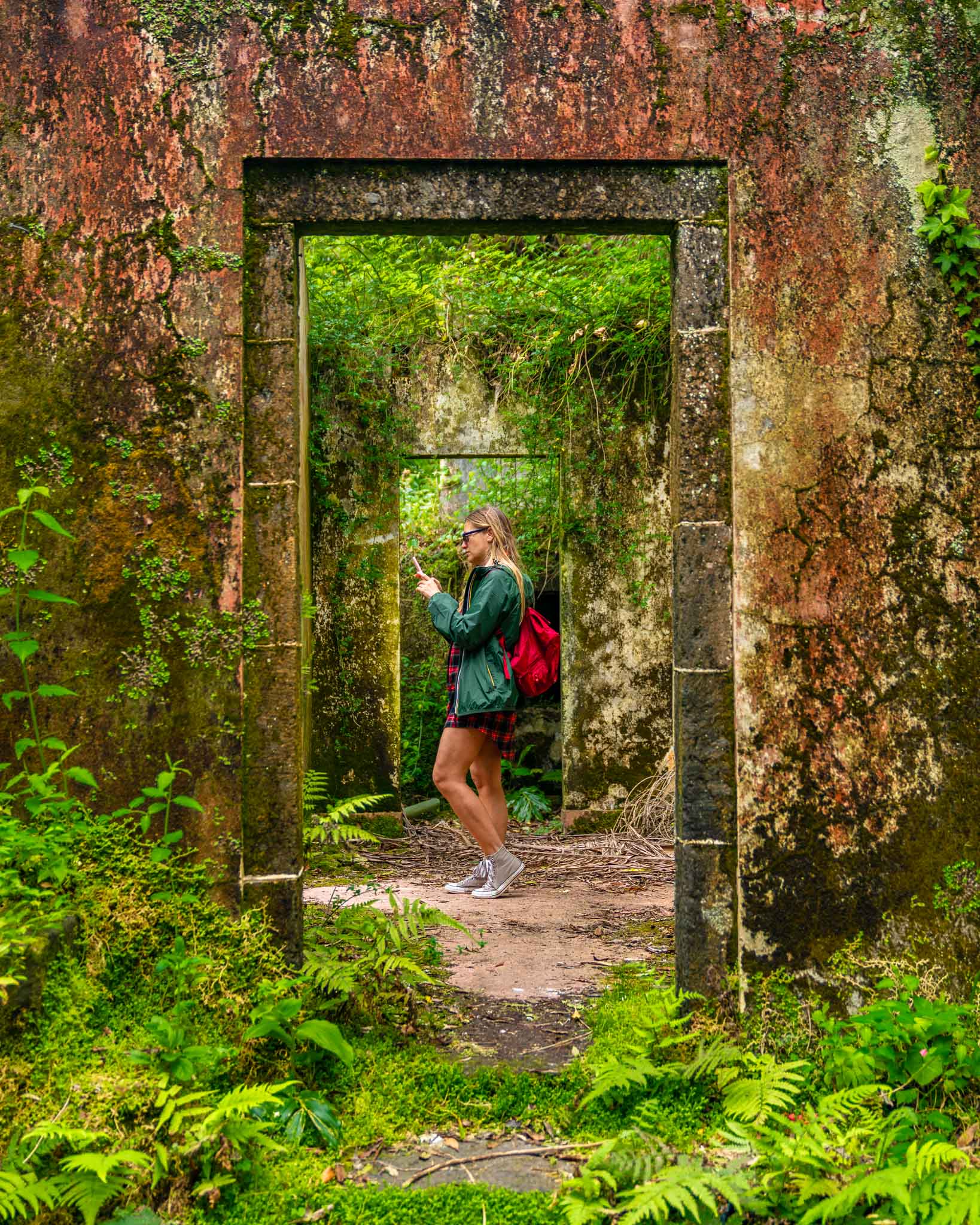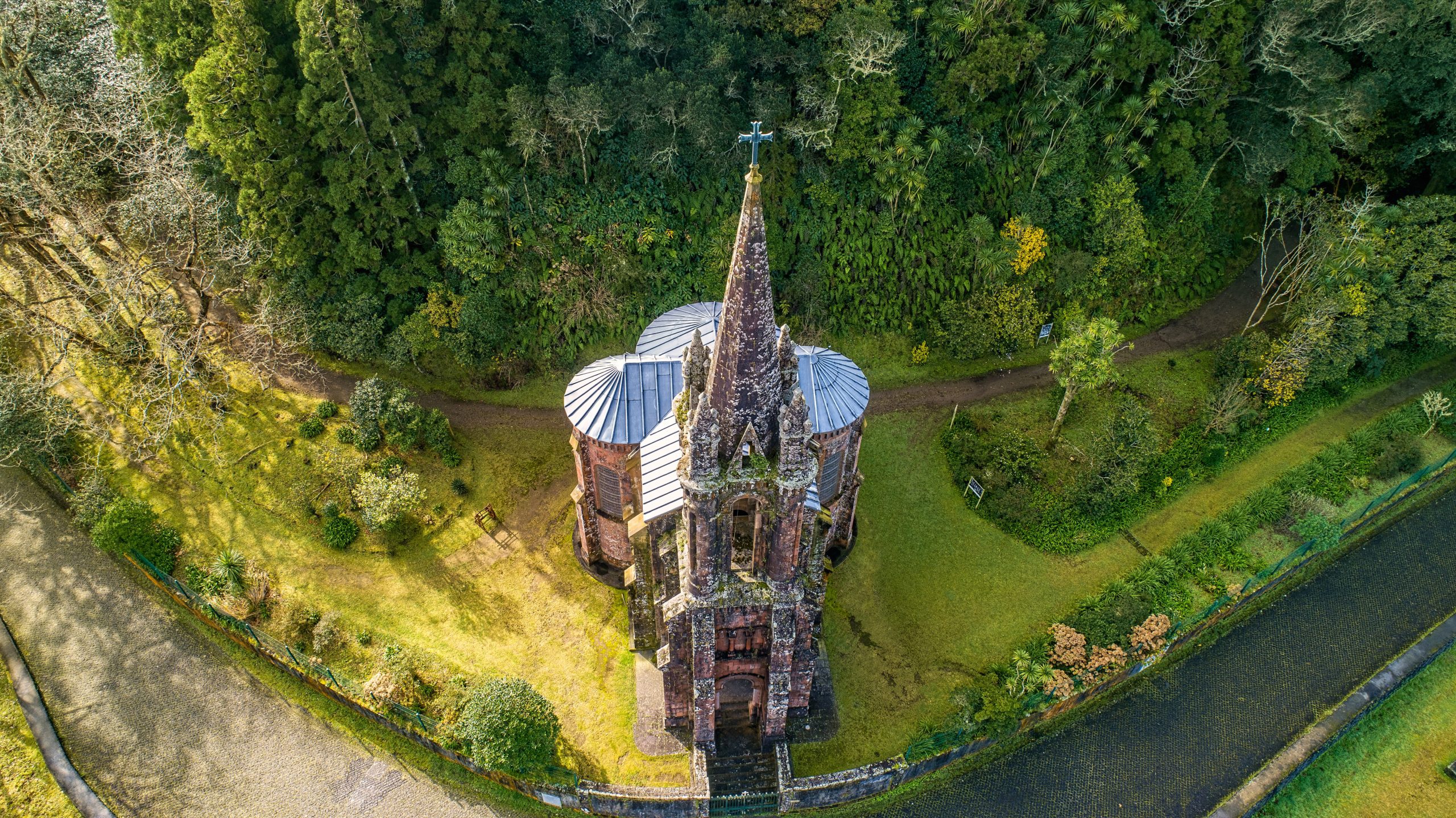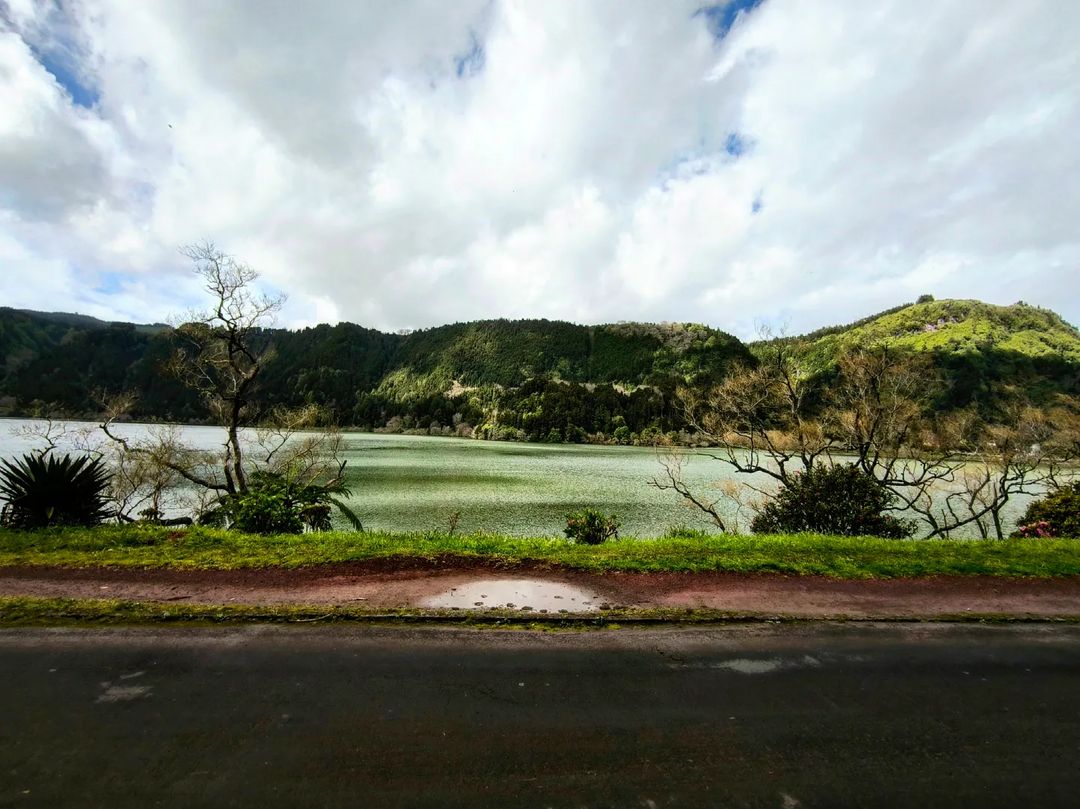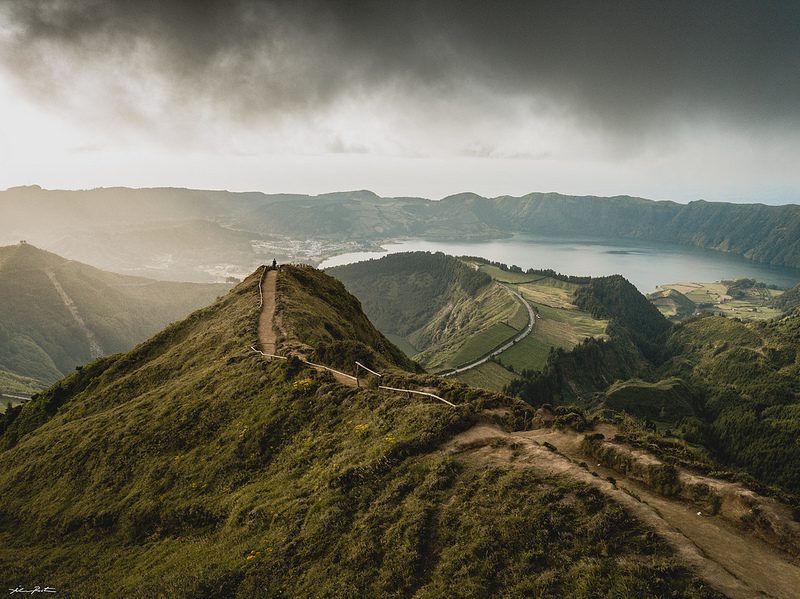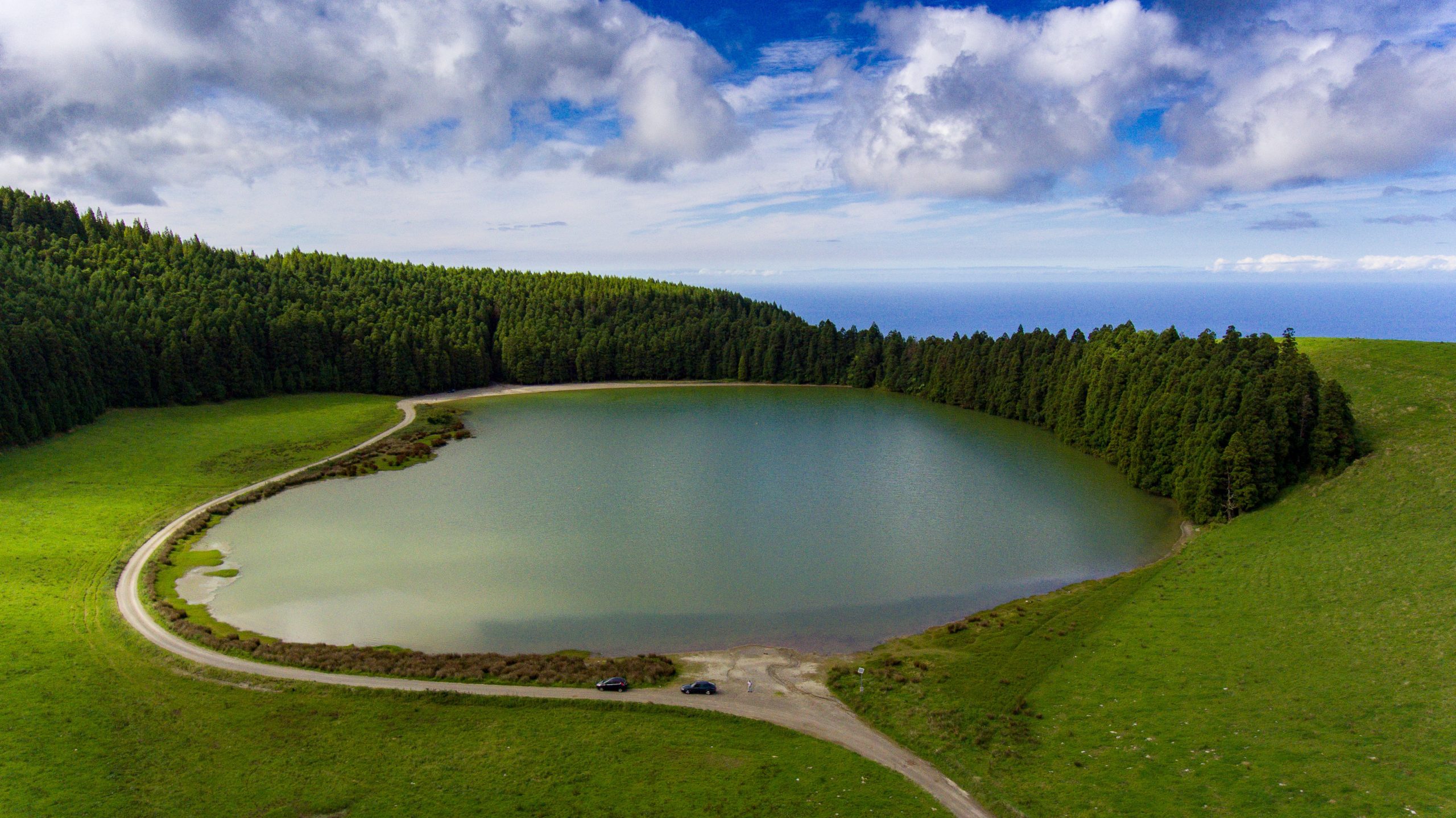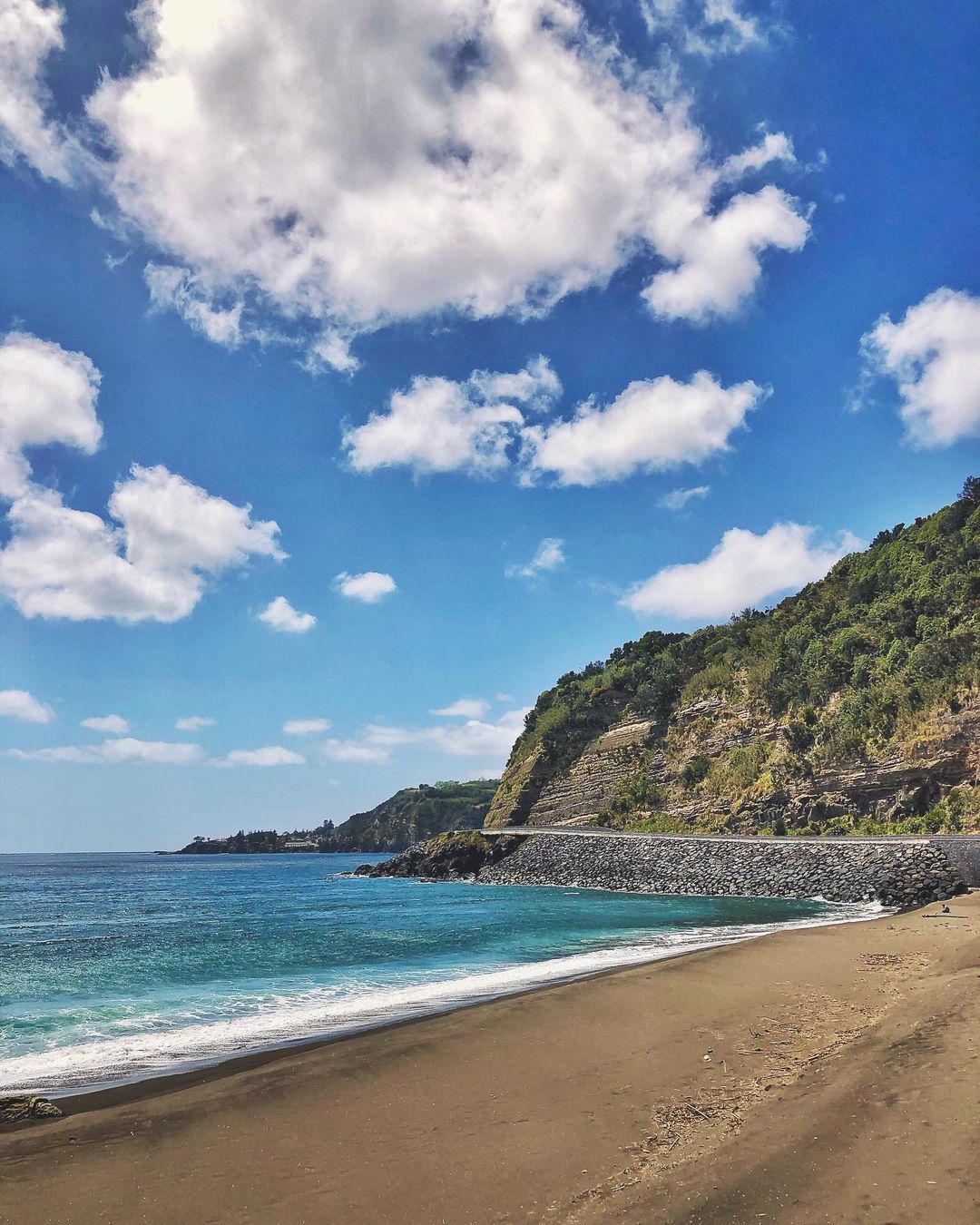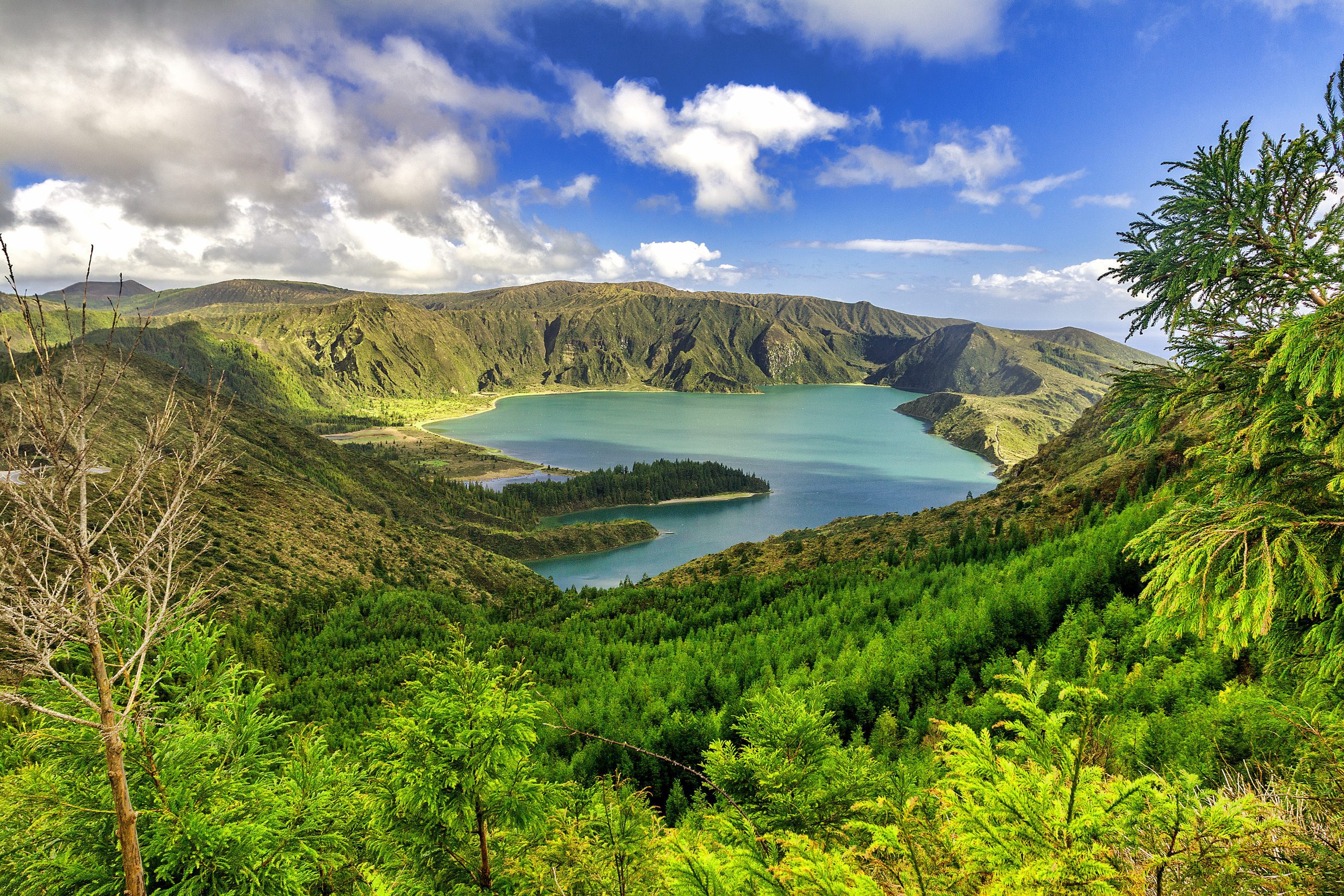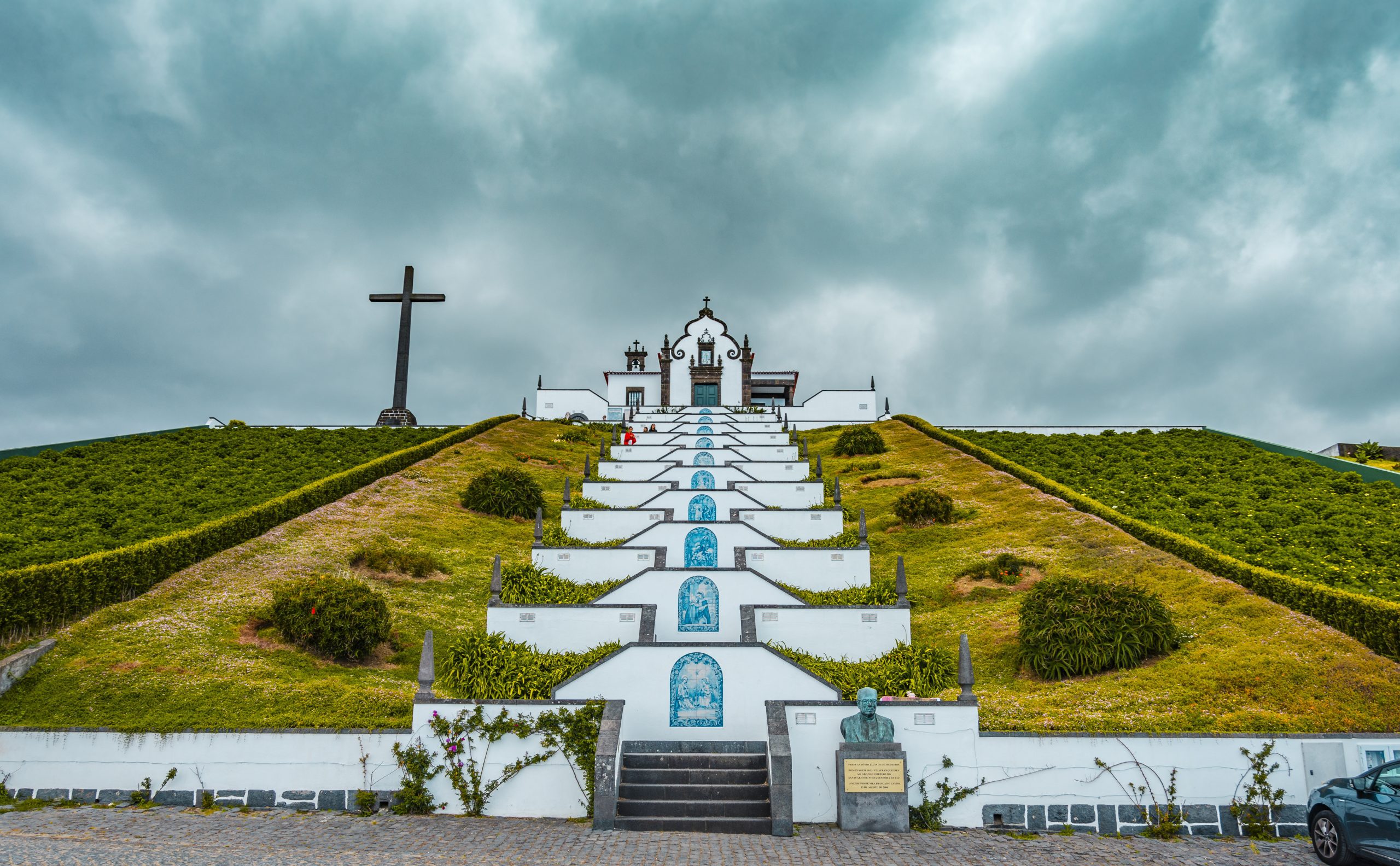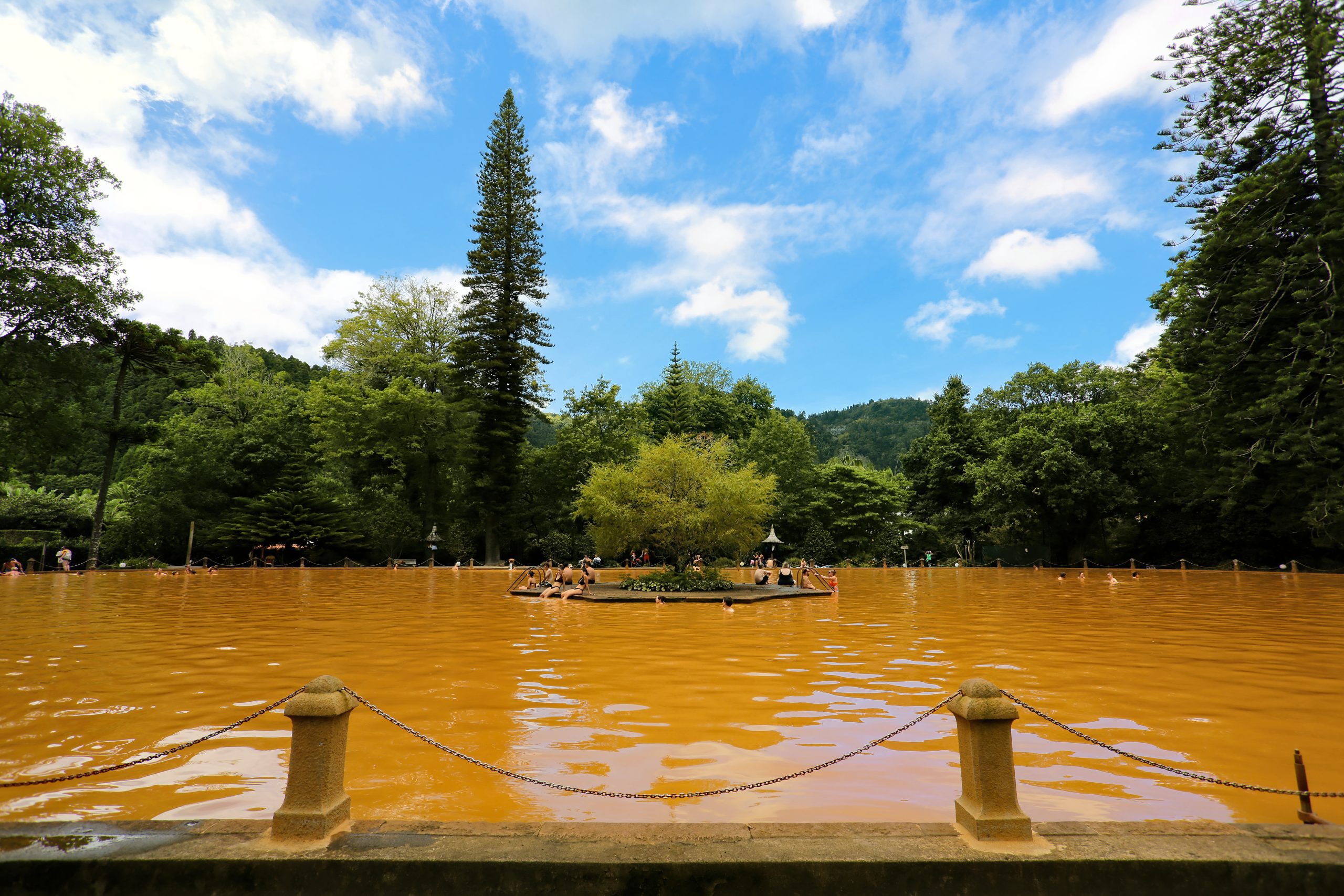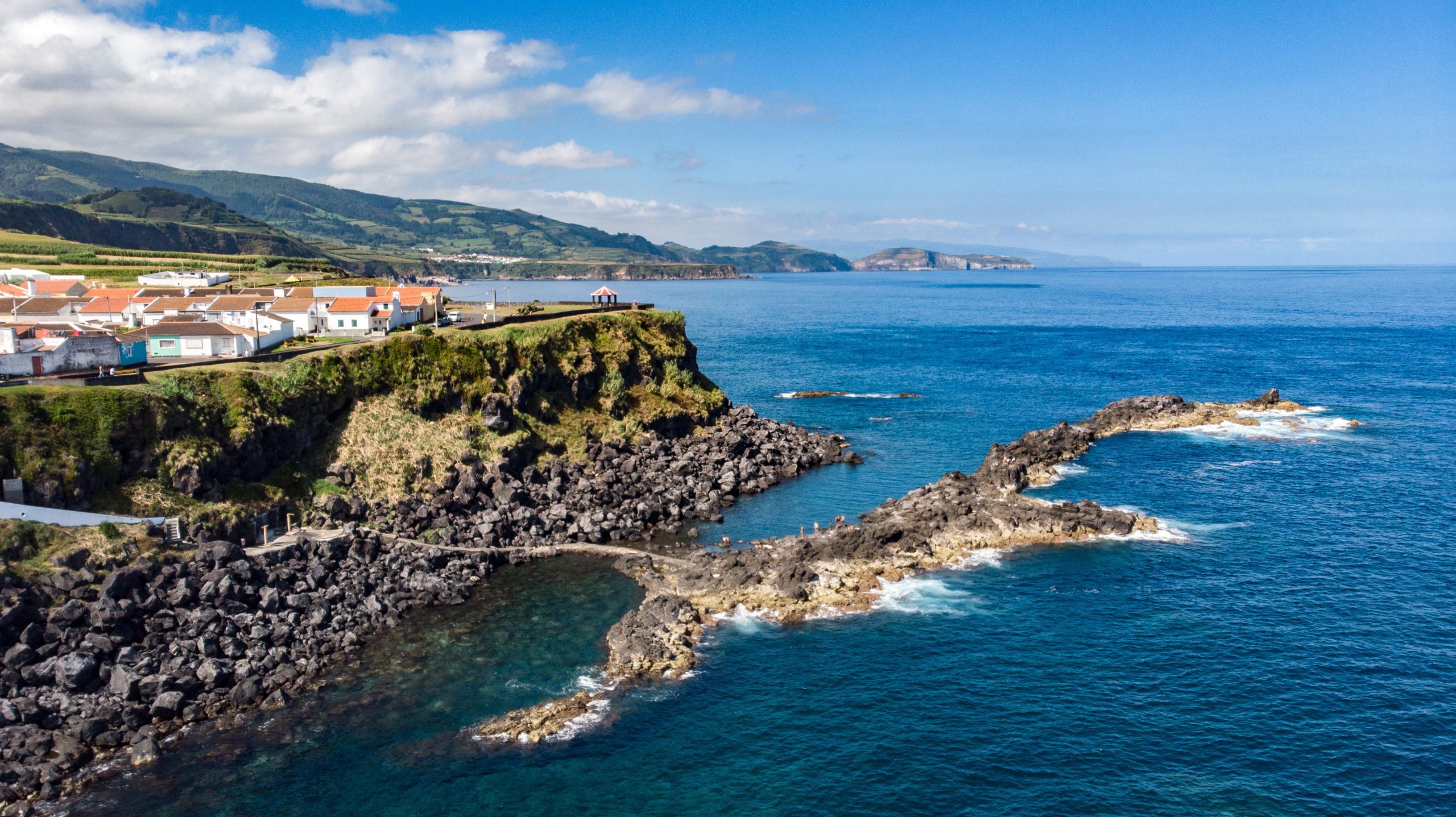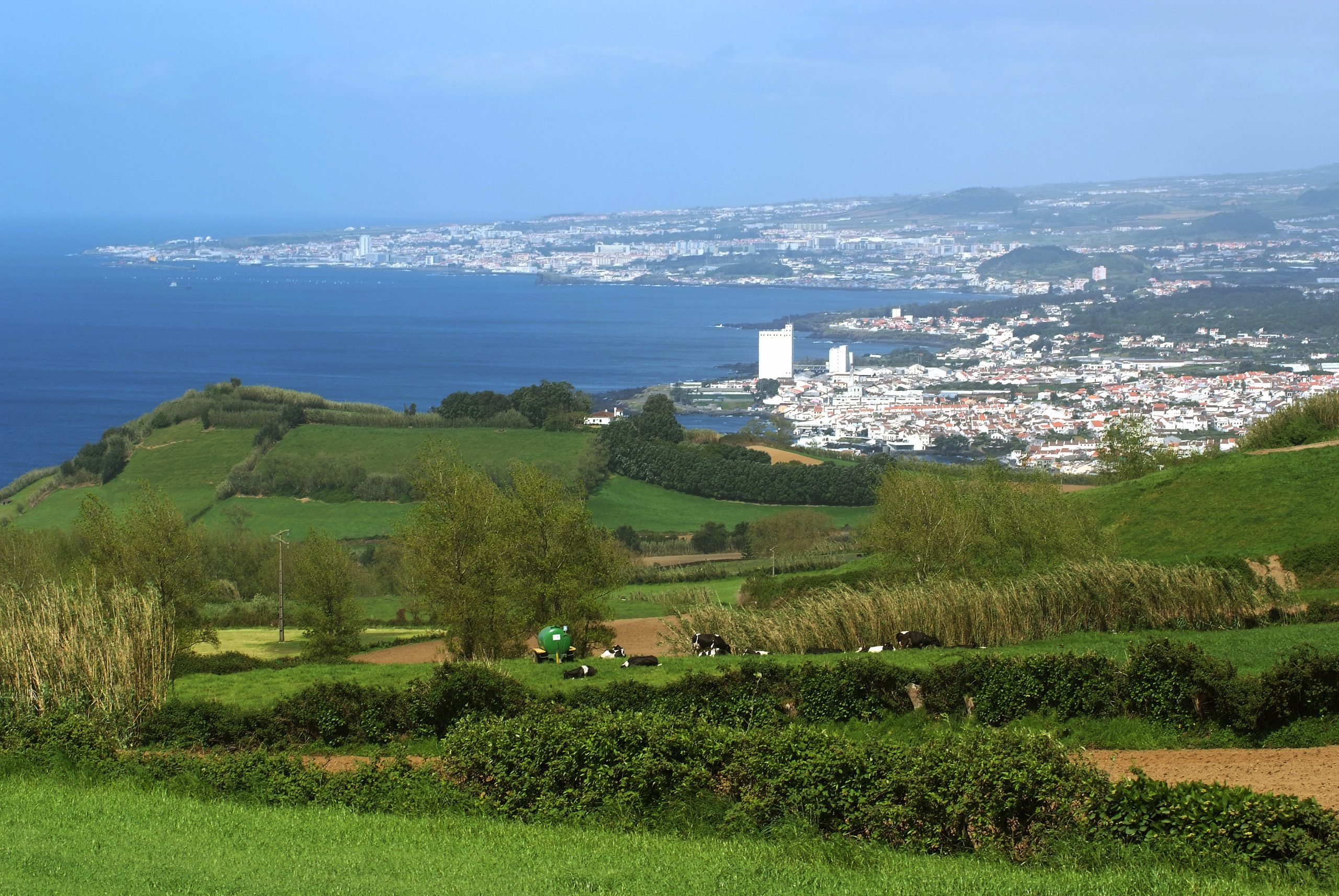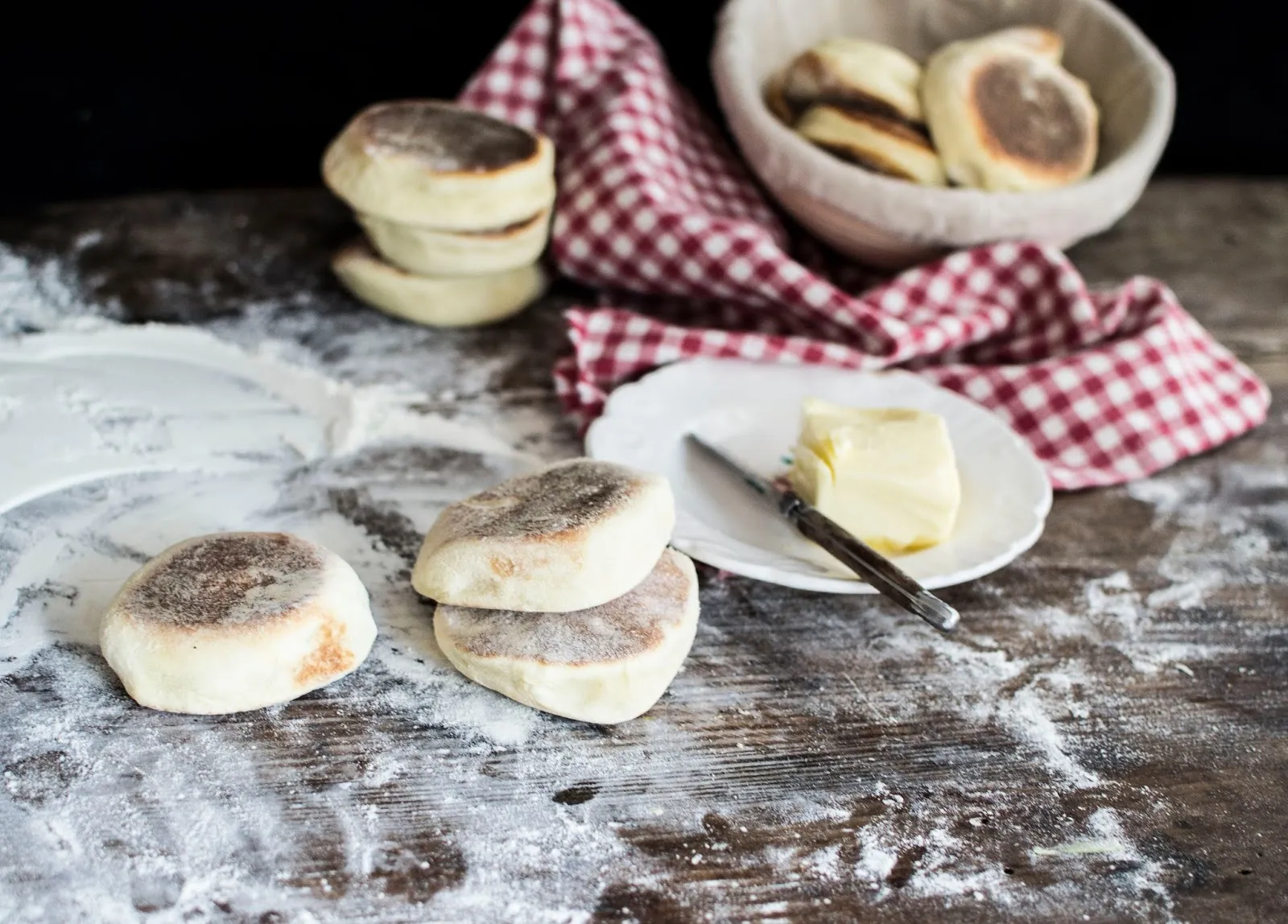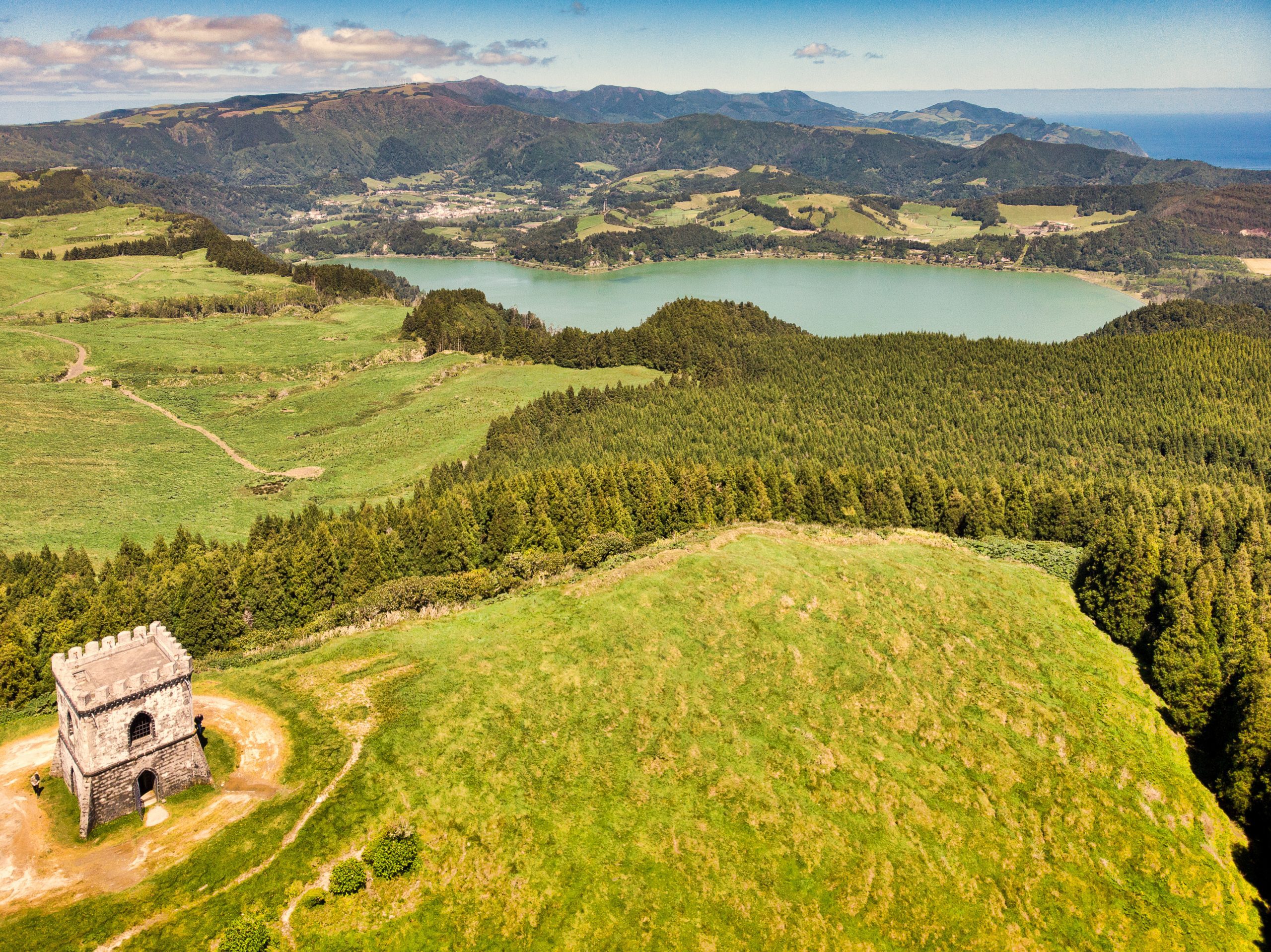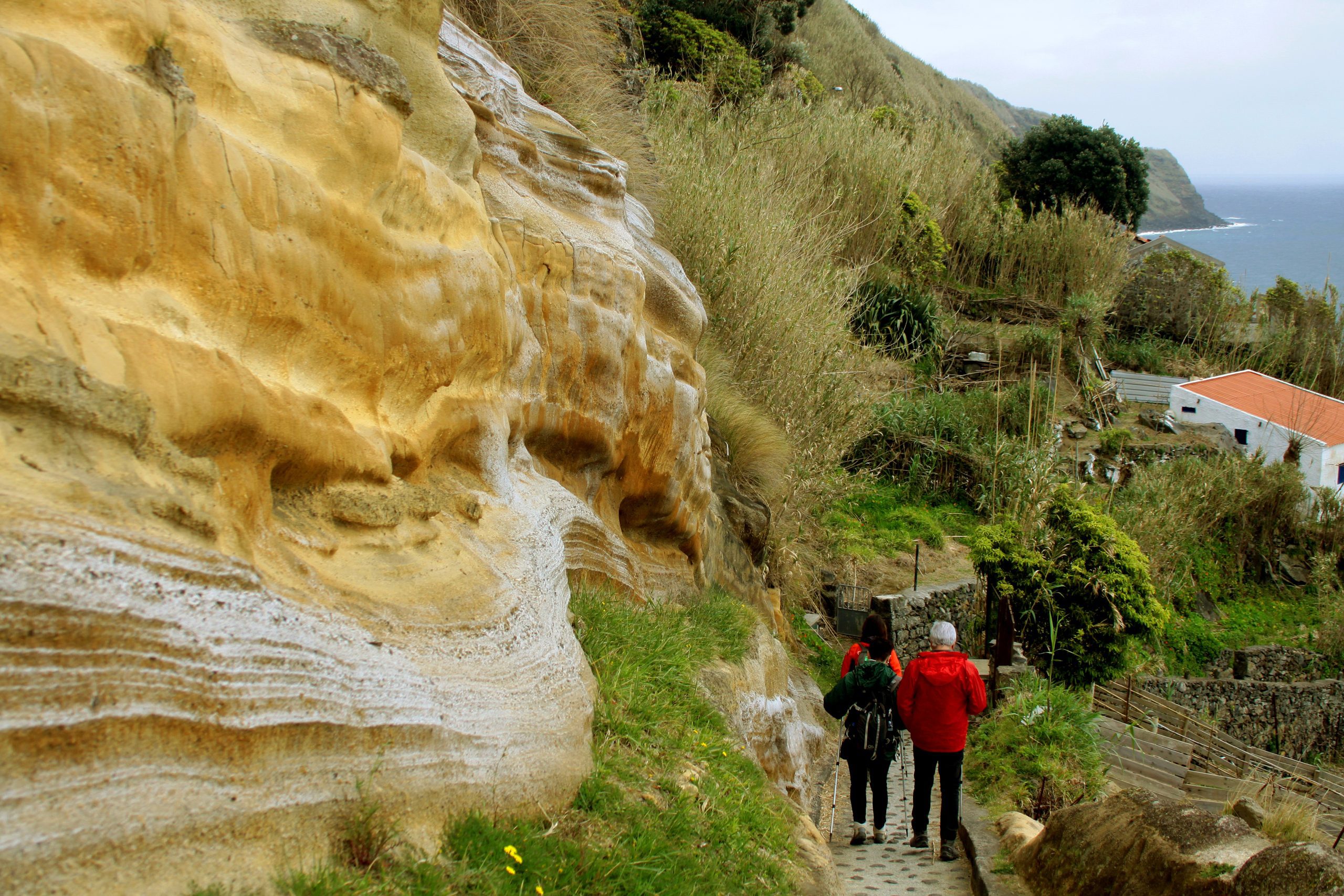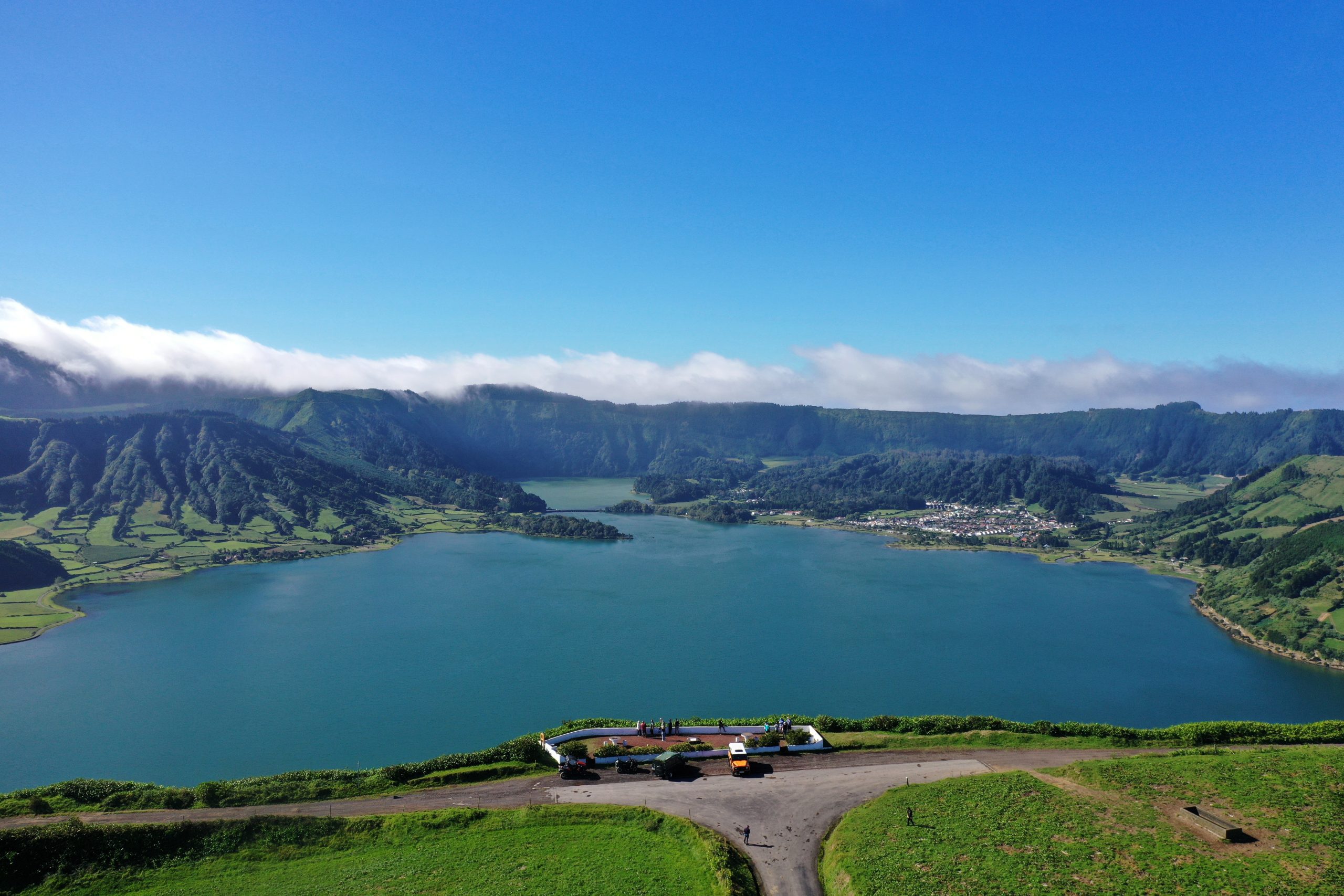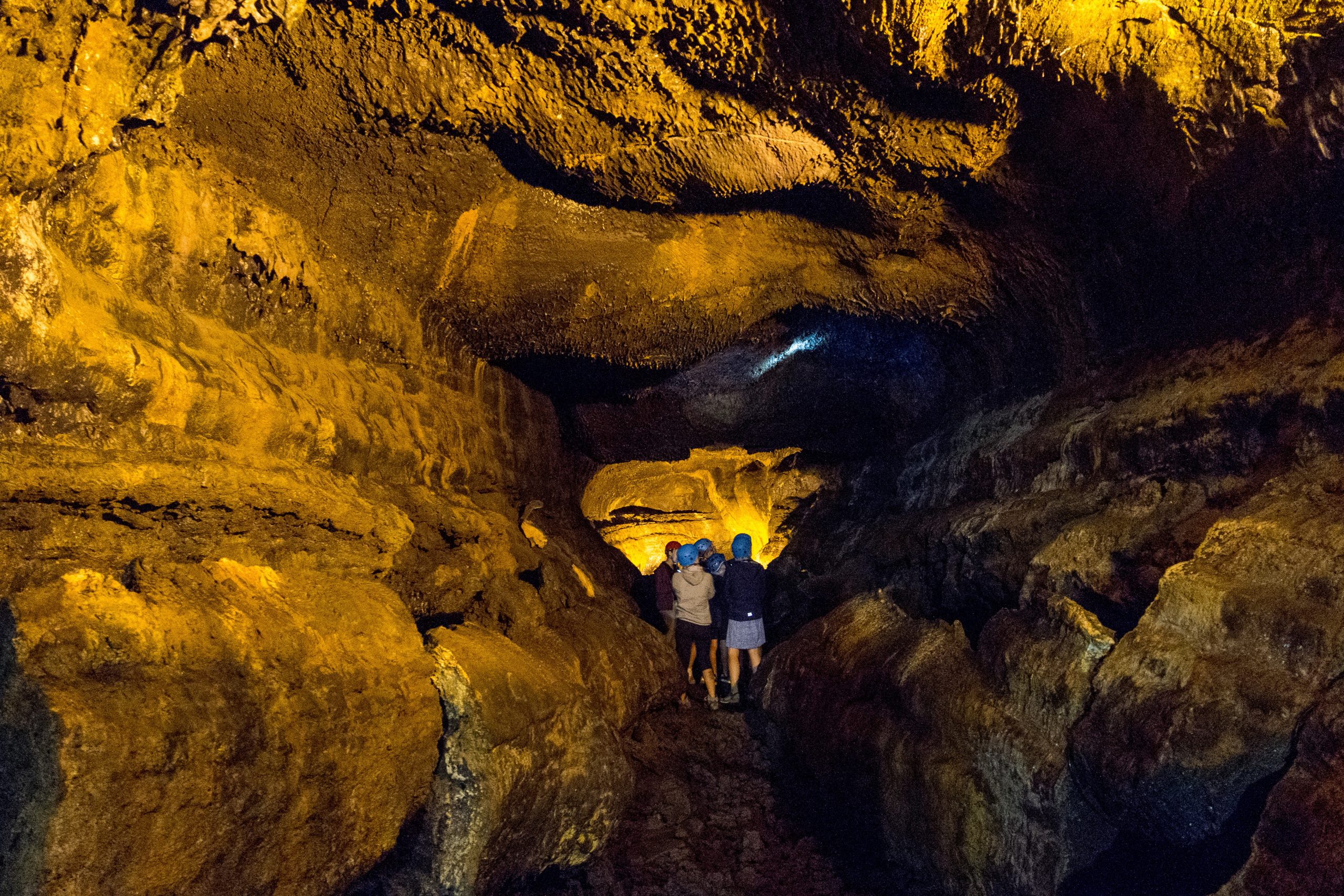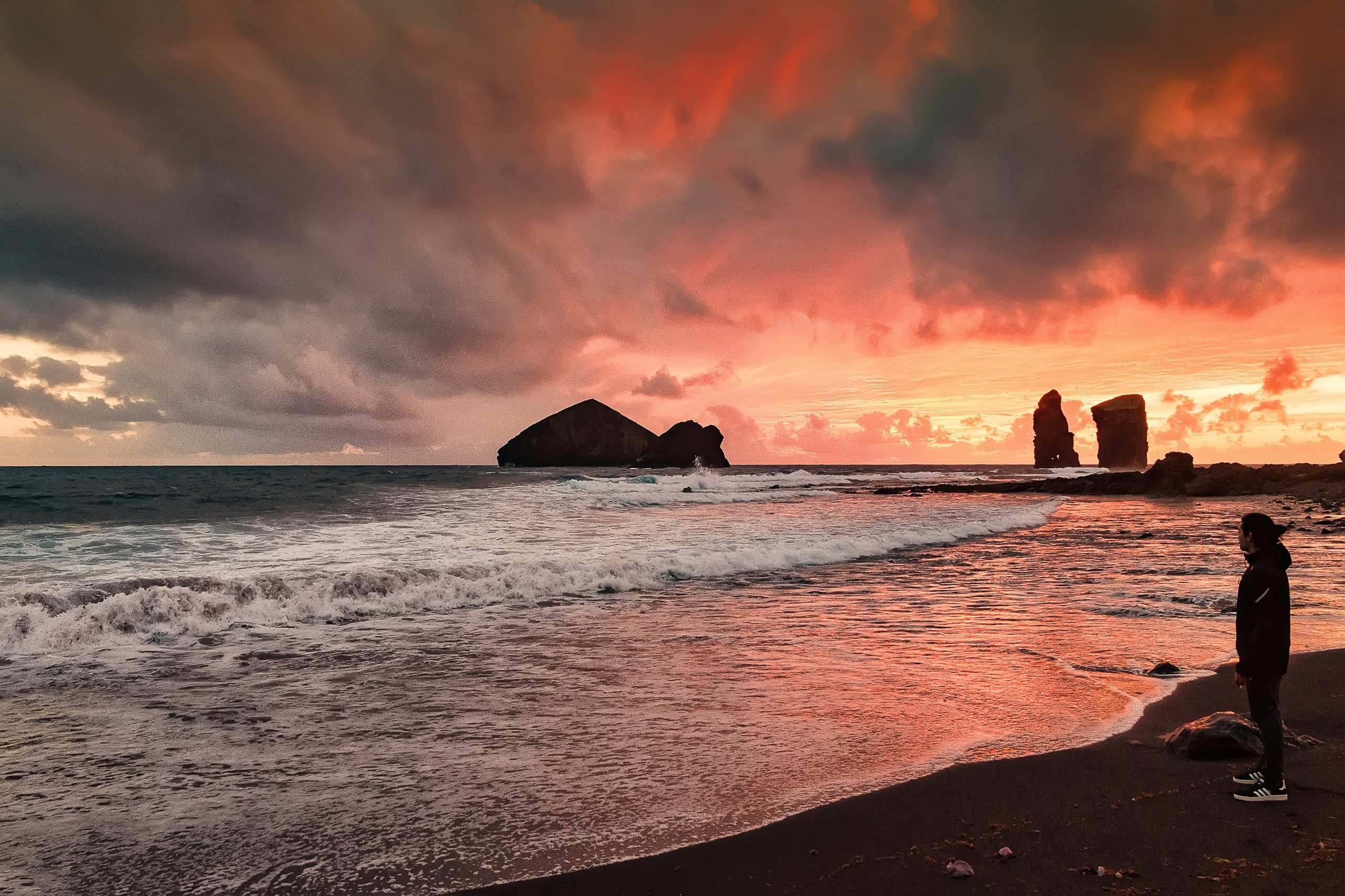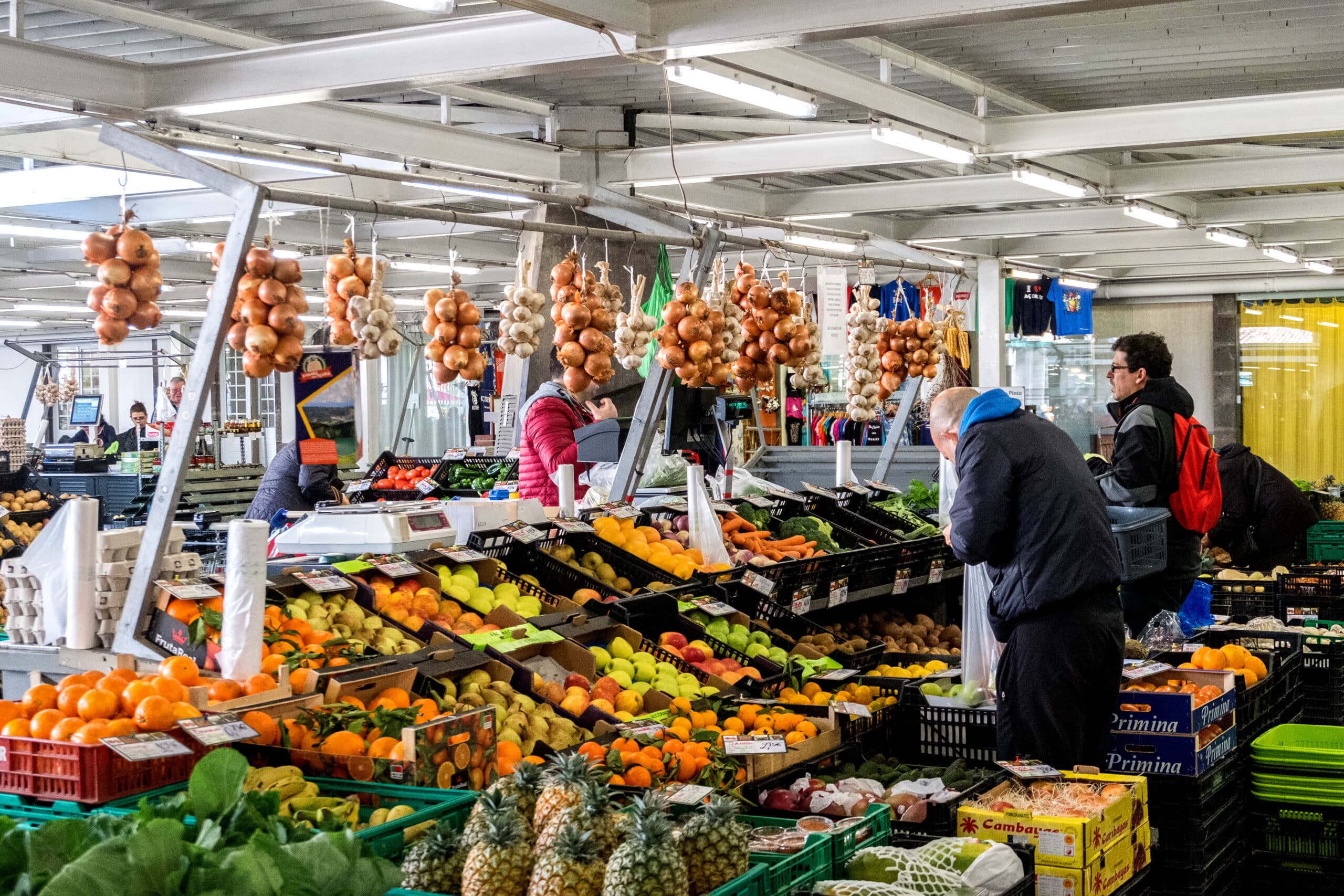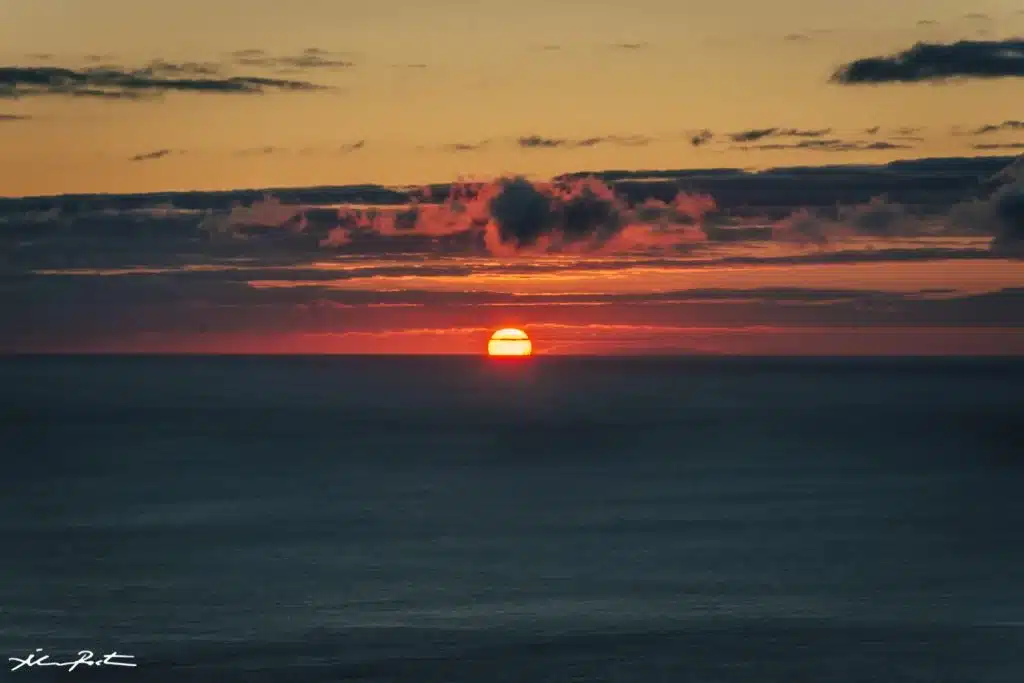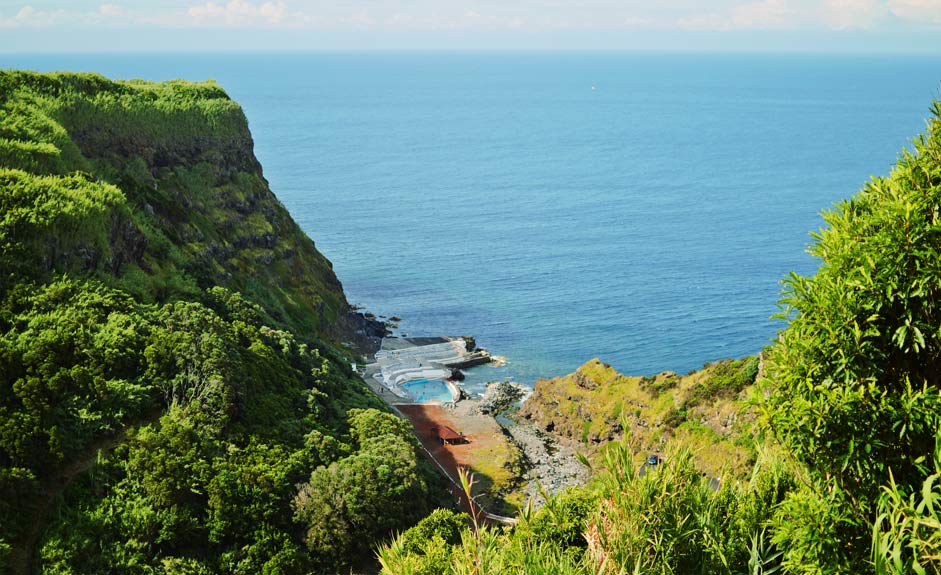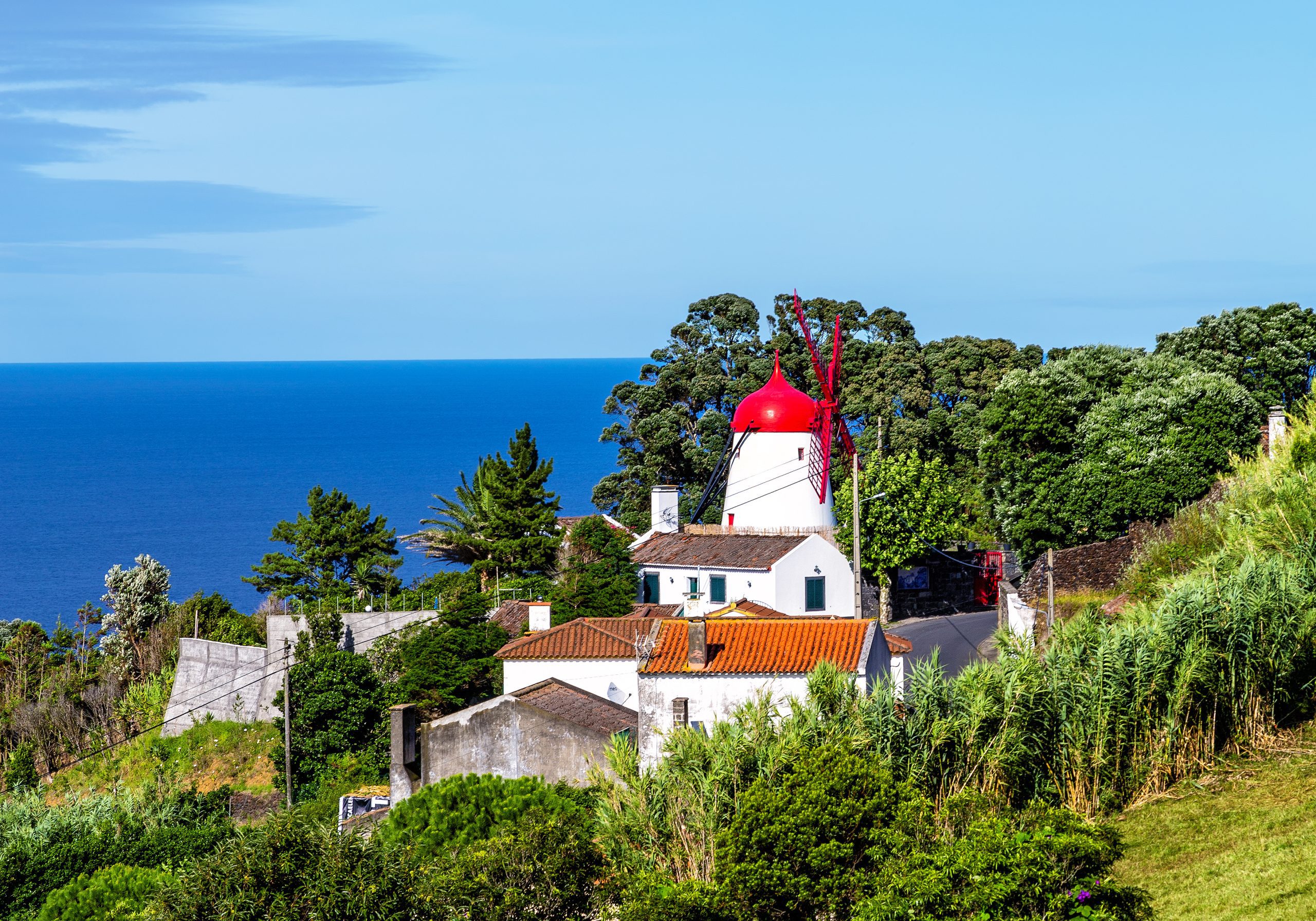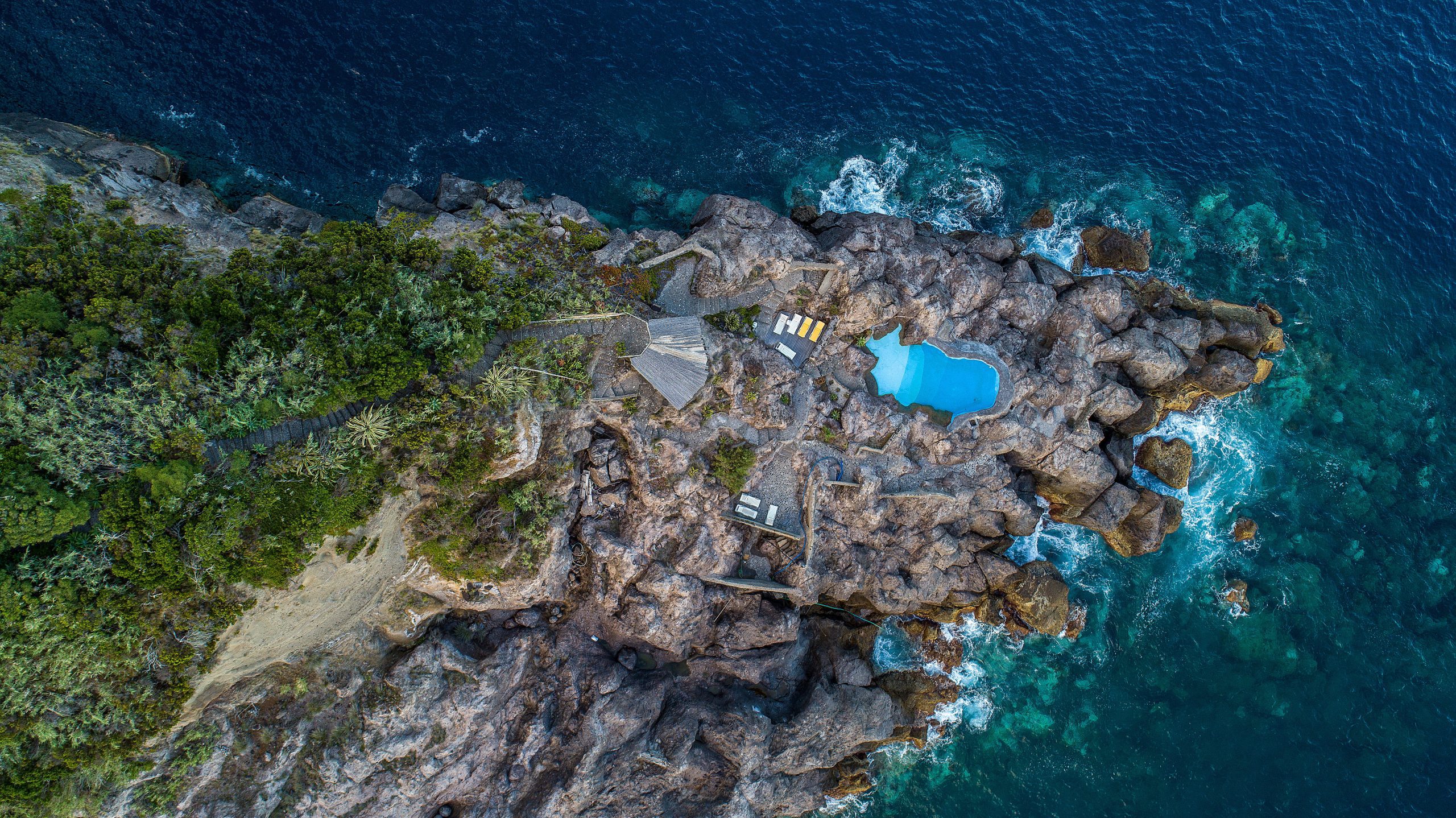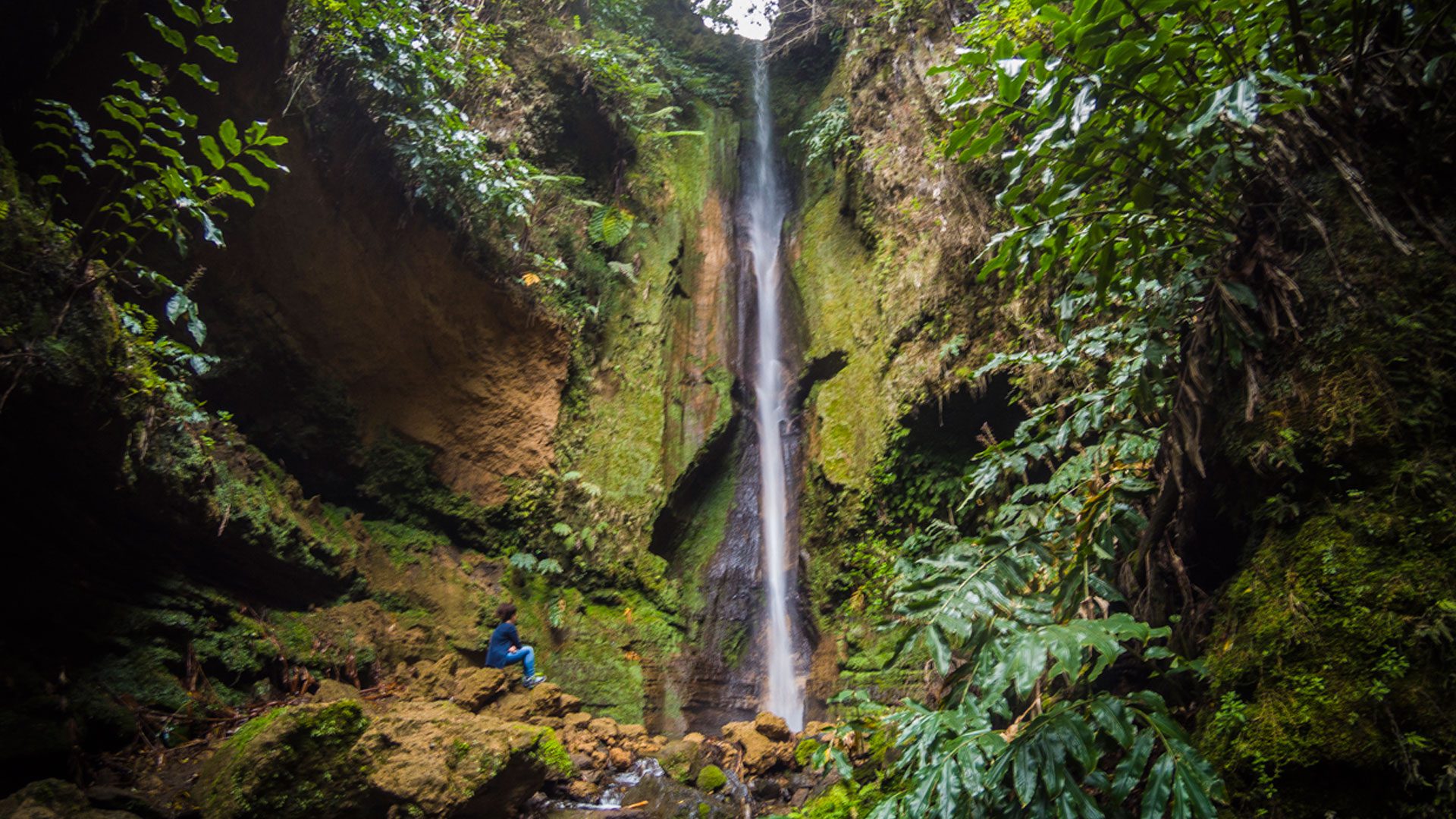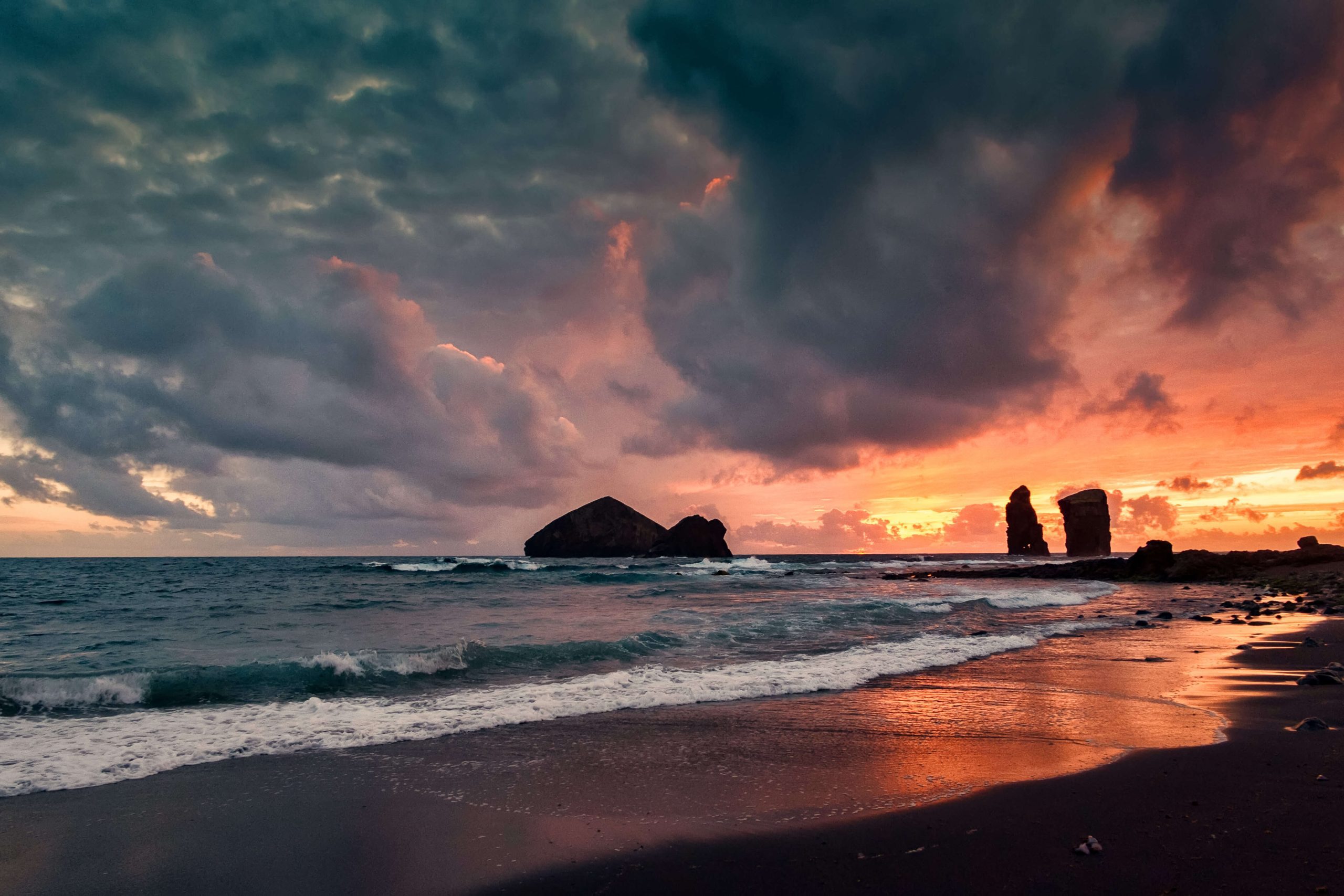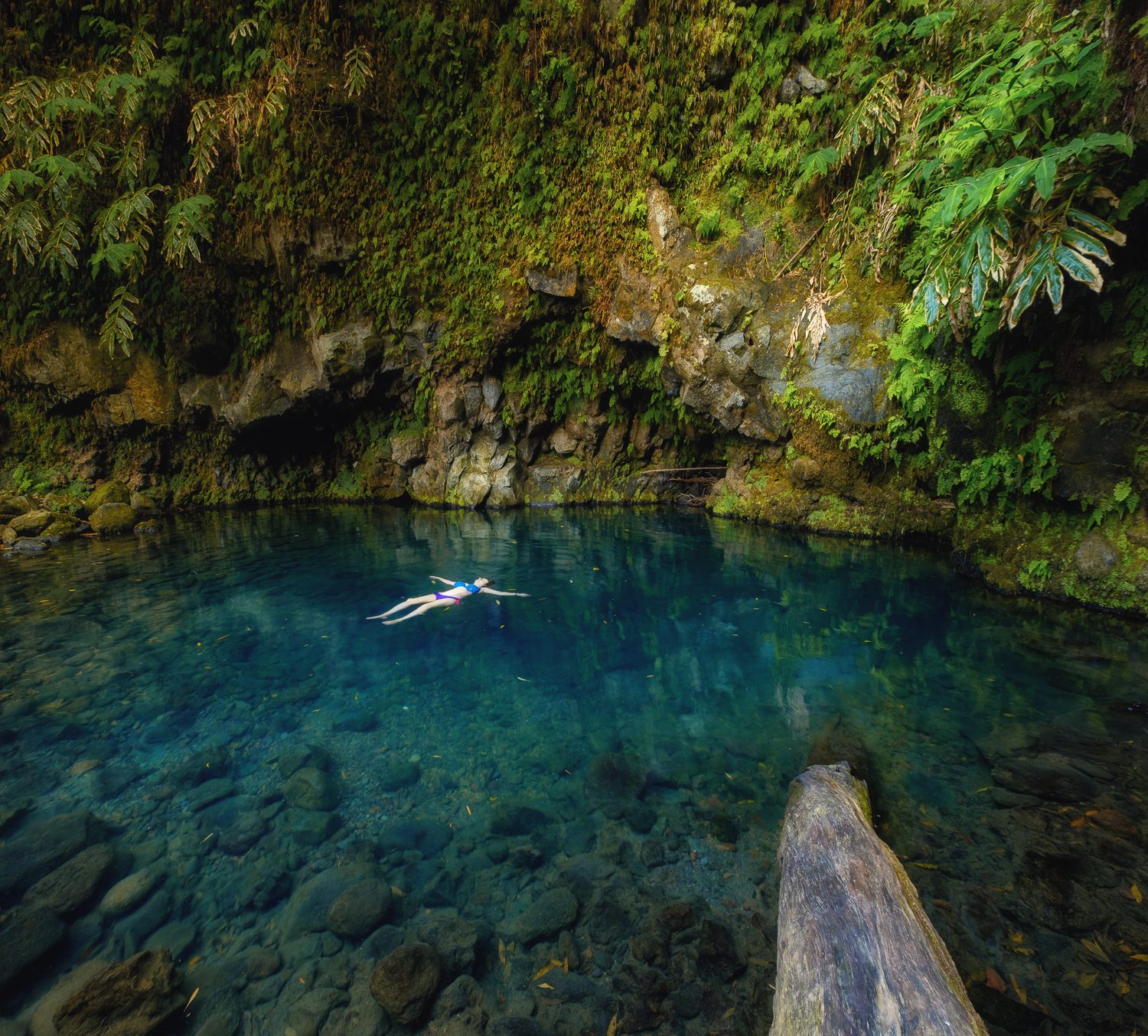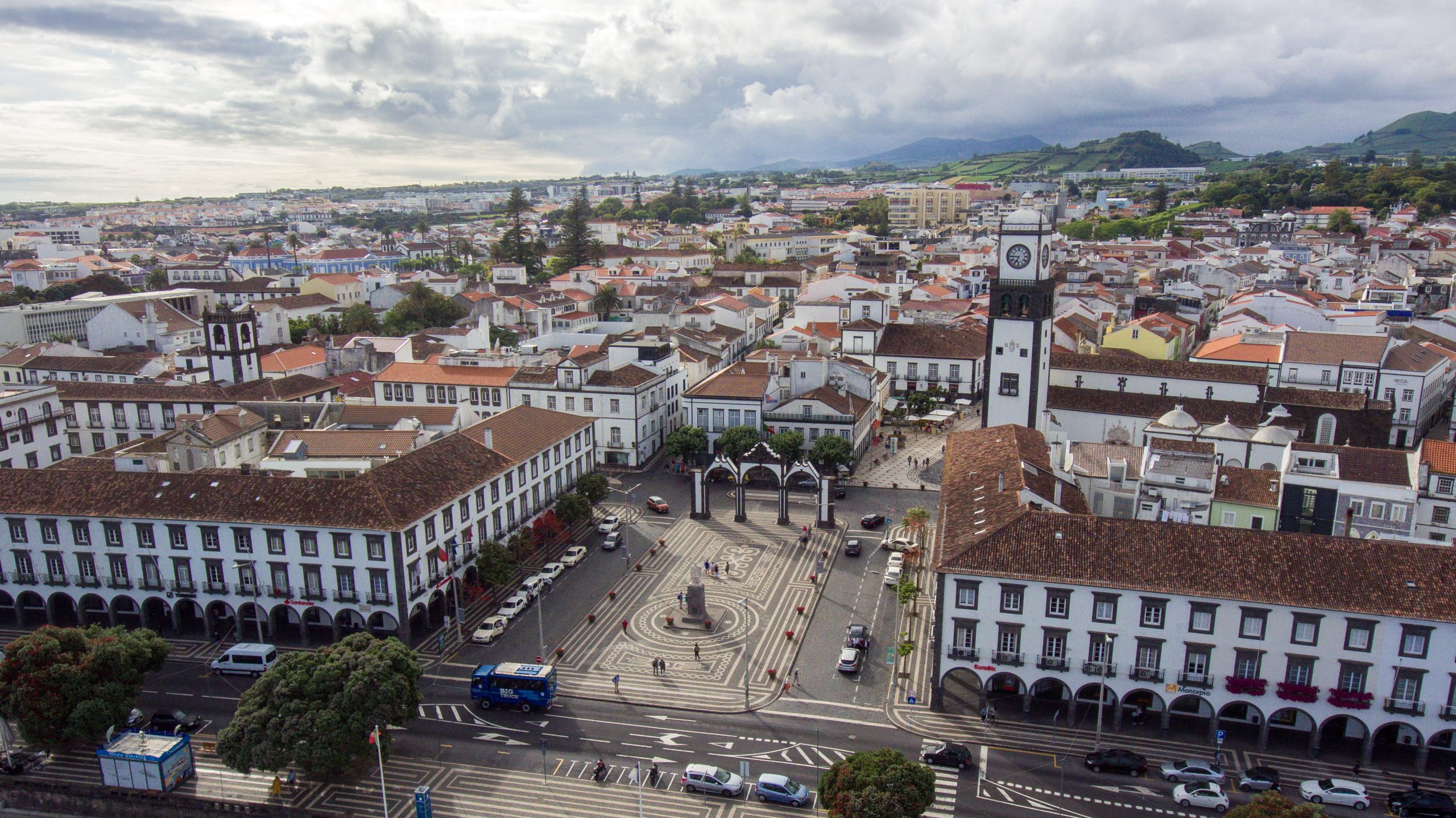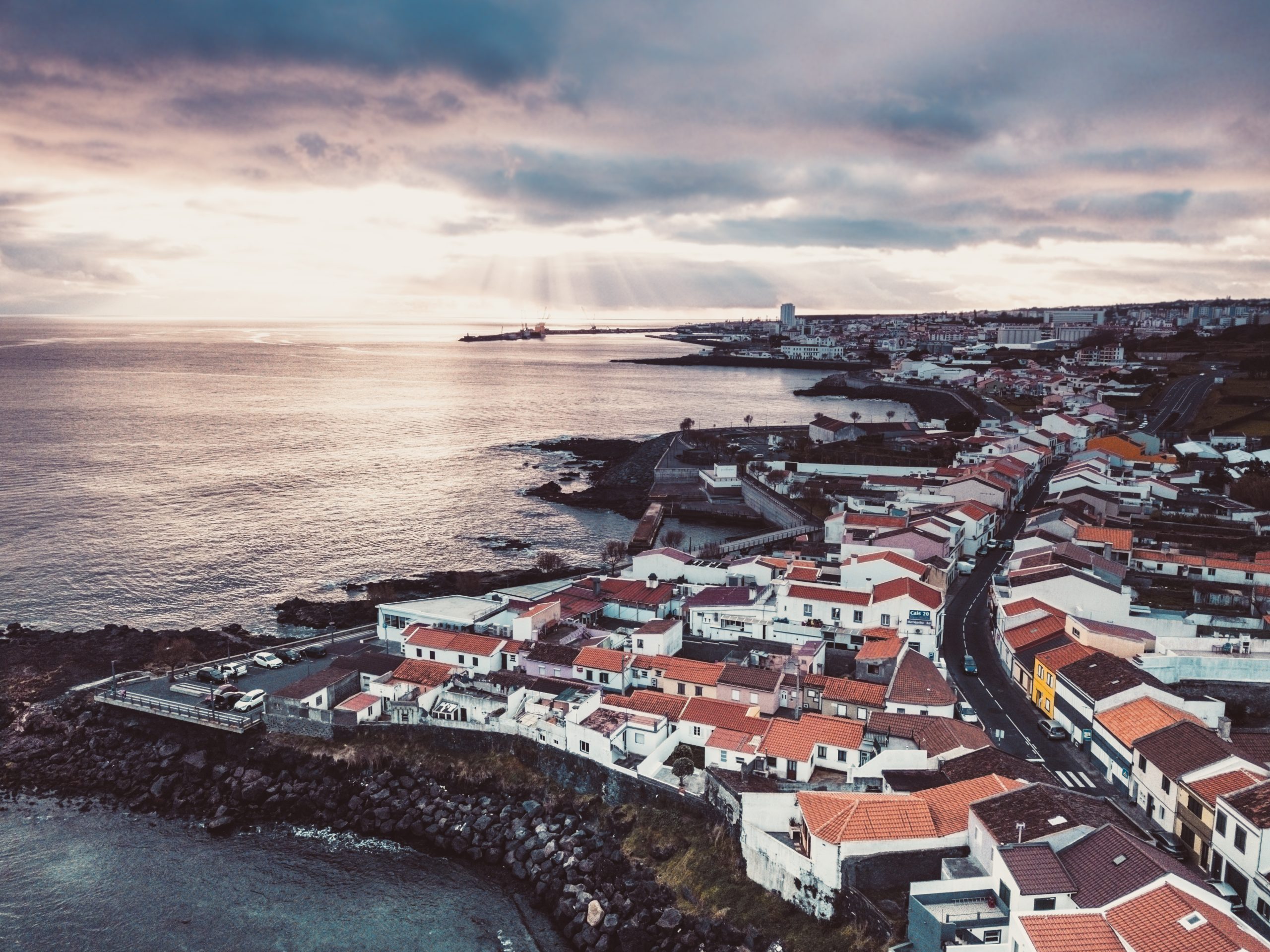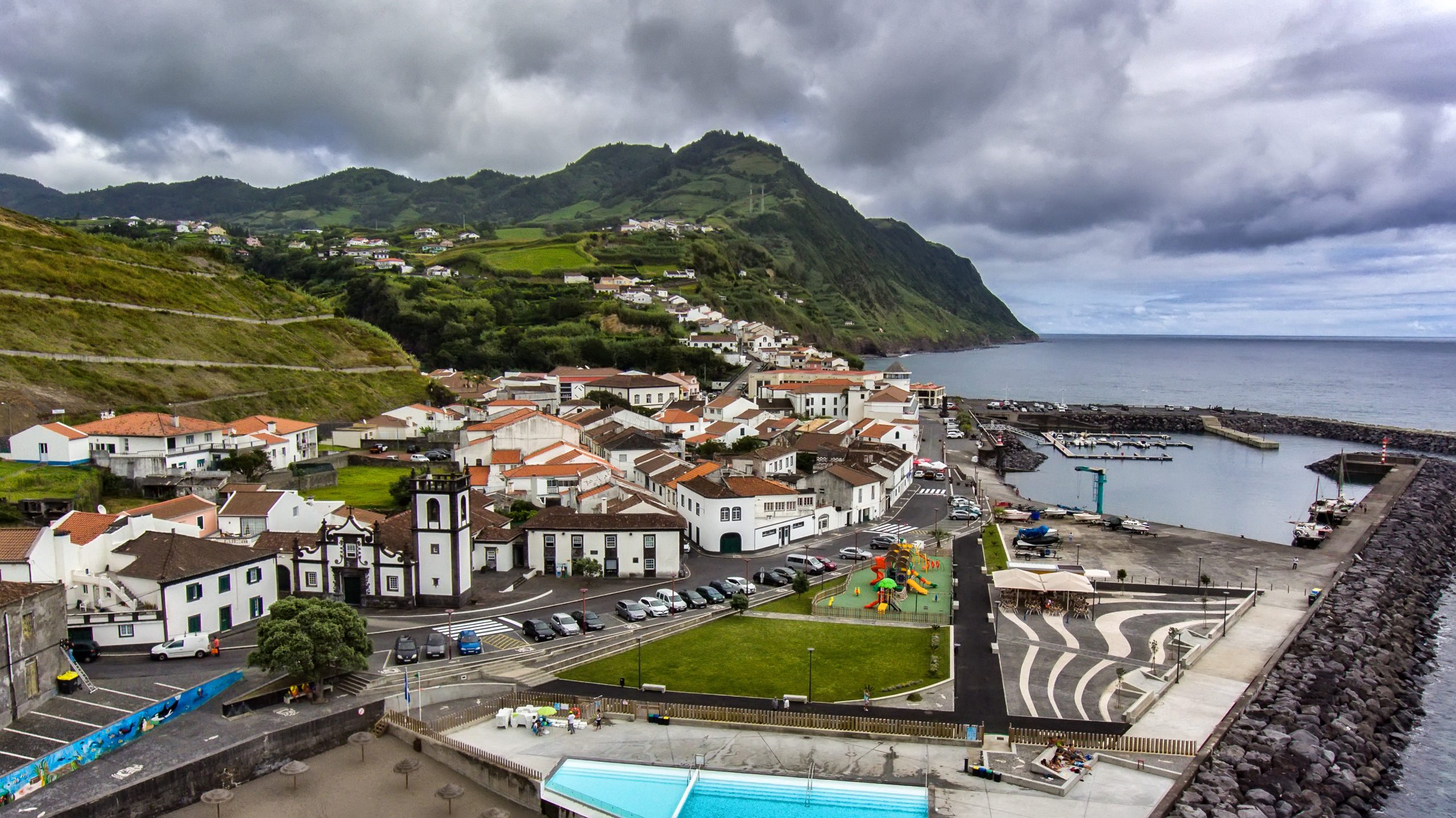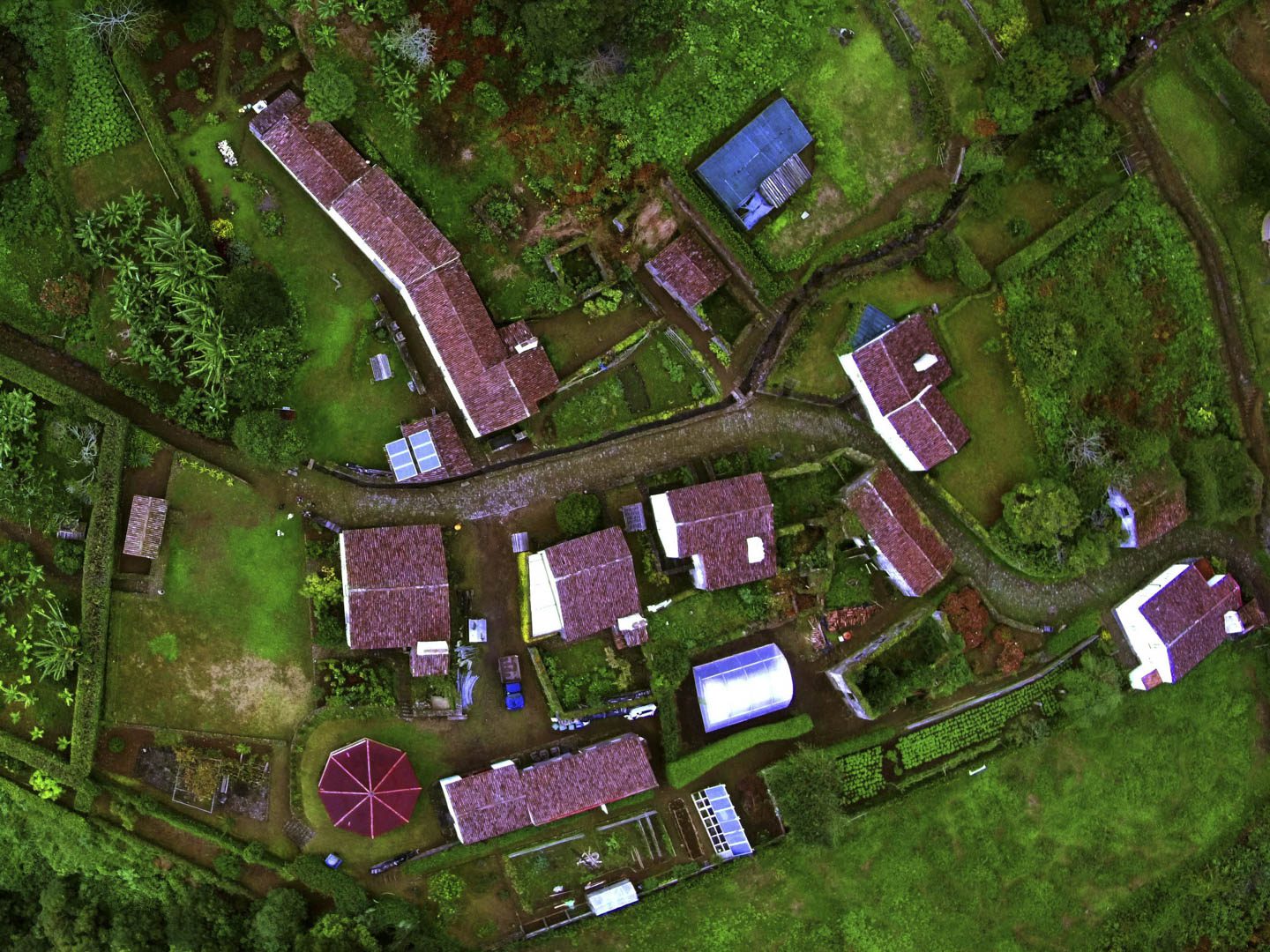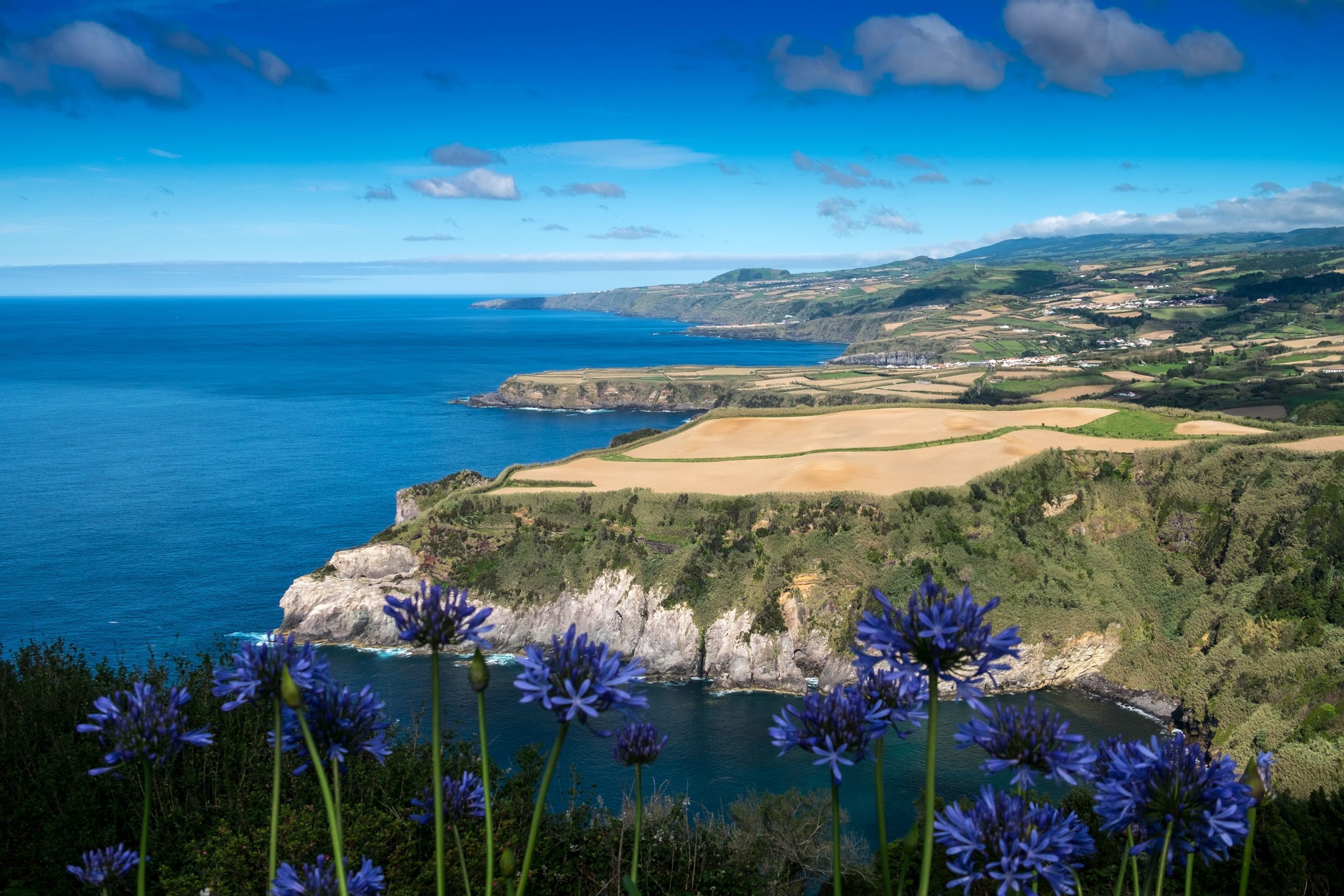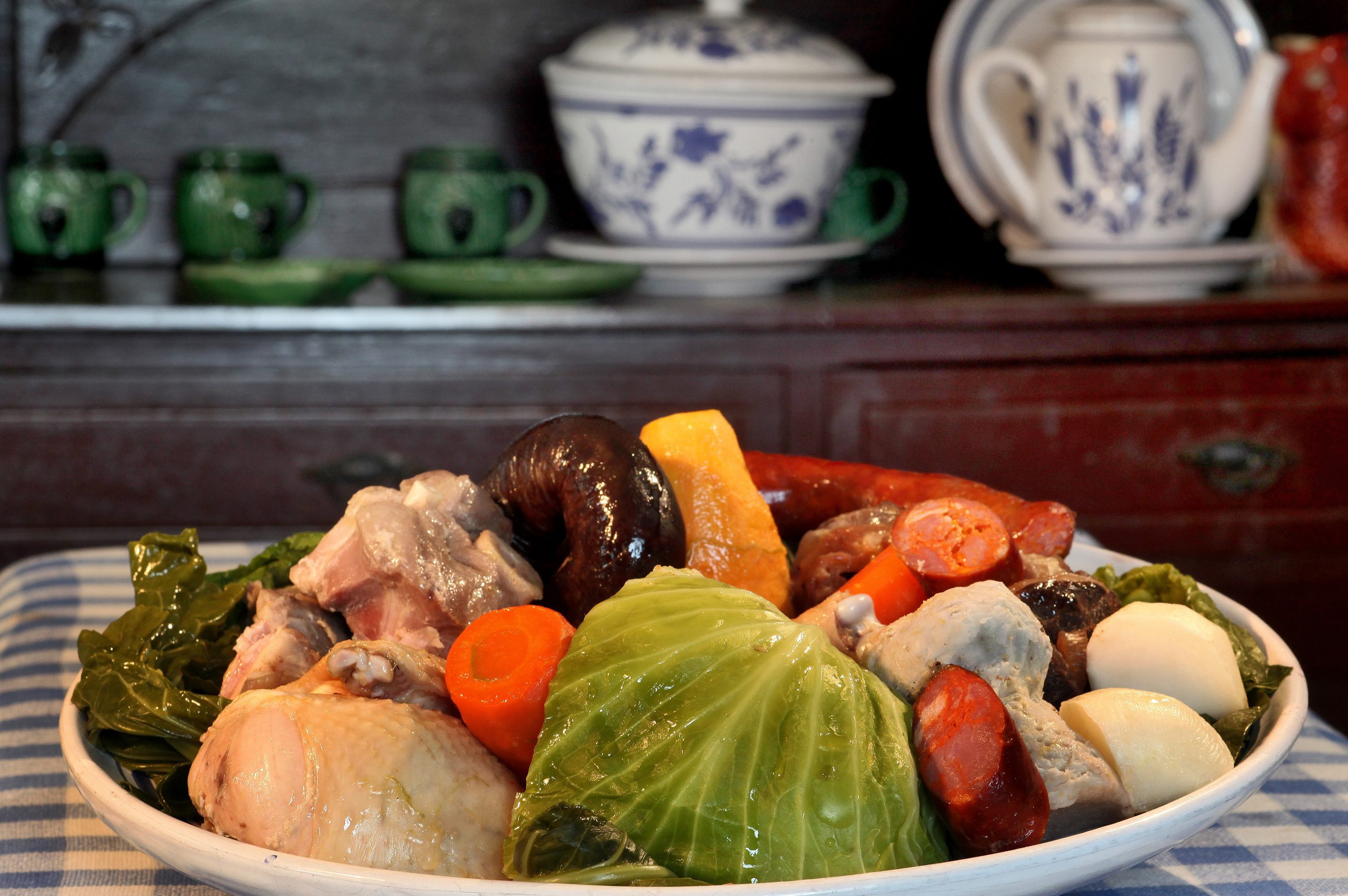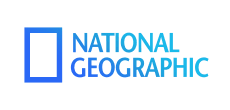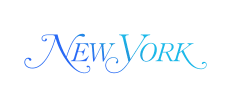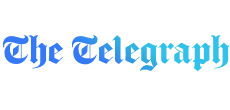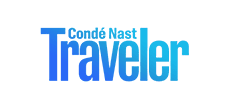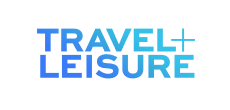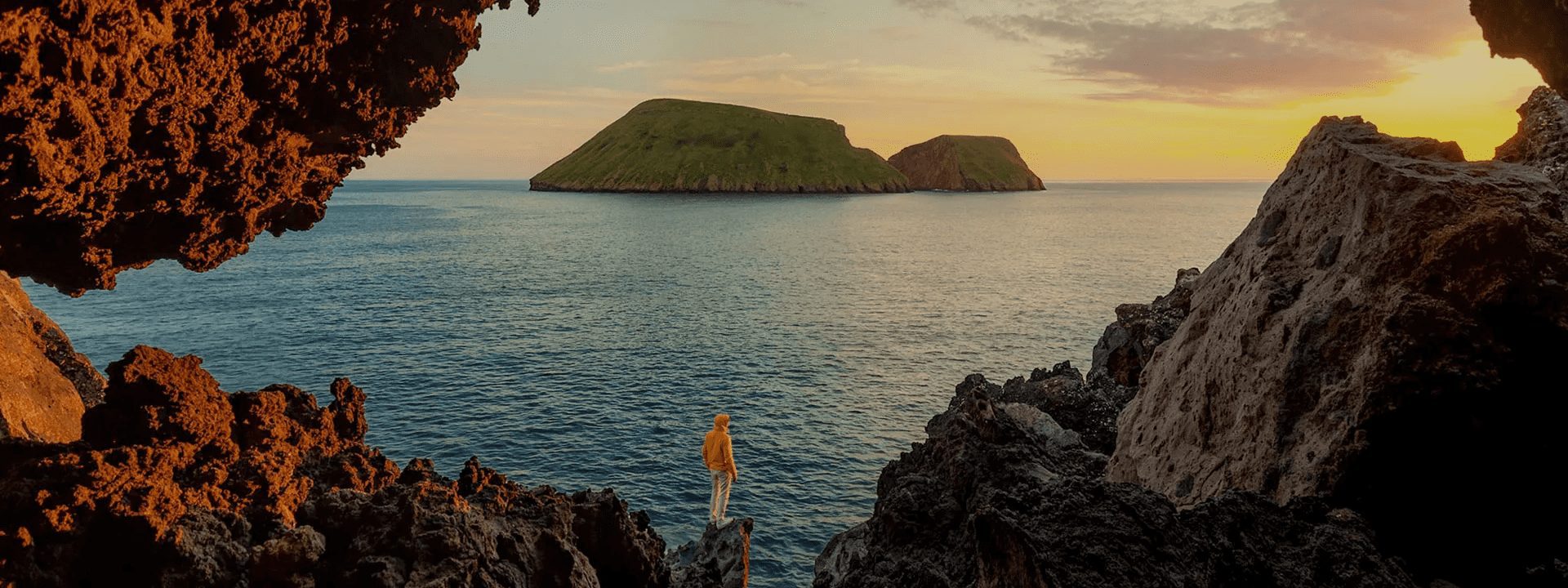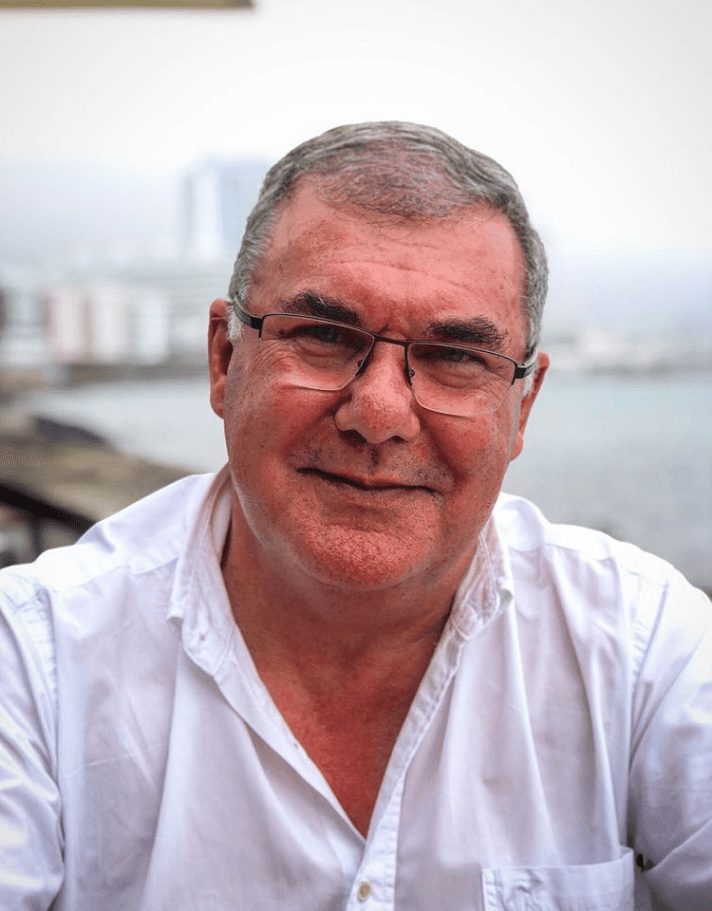Pico da Barrosa is a magnificent peak located in the eastern part of São Miguel Island, one of the nine islands that compose the Azores archipelago. At 947 meters above sea level, it is one of the highest points on the island and offers stunning views of the surrounding landscape.
Pico da Barrosa will provide your first stunning view over Lagoa do Fogo, one of the most beautiful places in the whole archipelago. An innumerable number of people pass by this mountain every day when visiting this beautiful central region of São Miguel.
In this article, we will explore the geological history of the Pico da Barrosa, its significance to the local community, and the various activities that visitors can do while exploring this incredible natural wonder.
What is Pico da Barrosa
Geology & Volcanology

Pico da Barrosa is not only an elevation but also a polygenetic volcano with its beautiful caldera. This geological accident rises to 947 meters, the viewpoint being a little lower (899m).
It is the highest point of Serra de Água de Pau, a magical forest where you can discover many other natural wonders like fumaroles, hot springs, and waterfalls. Moreover, several rivers flow along the slopes of this peak. For instance, Ribeira da Praia, a Ribeira das Três Voltas, a Ribeira das Barreiras, e a Grota das Pedras.
The peak is made of basaltic rock, a type of volcanic rock formed from the rapid cooling of lava. The volcanic activity that created Pico da Barrosa played a significant role in shaping the island’s central landscape.
History & Geography

The volcanic peak was formed during the last phase of volcanic activity on the island, approximately 15,000 years ago, during the final stages of the island’s formation. However, the current configuration you can see formed around 5,000 years ago. This is the youngest caldera of the green island, and the last eruption occurred in 1563.
Pico da Barrosa is located in the central area of São Miguel island in the Azores, near the city of Ponta Delgada.
Fauna & Flora

Being located inside a Natural Reserve of approximately 900 hectares, Pico da Barrosa is home to a diversity of fauna and flora. For the fauna part, you will mostly encounter cattle animals like cows. There are also many birds, like seagulls, the Azores wood pigeon, and the common blackbird.
Flora-wise, some endemic plants can be found. For example, the Azorean heather, the Azores juniper, Frangula azorica, and the Azorean laurel. You will also find many agricultural fields all around Pico da Barrosa. The fertile volcanic soil is used for growing diverse vegetables.
What to Do at Pico da Barrosa
Admire the View of the Island

From the top of the mountain, you will have a fantastic panoramic view over the island of São Miguel. With great weather, you will even be able to see Pico da Vara to the East, the highest point of the island, and Sete Cidades volcanic complex, the western part of the island.
If you go to the area before the parking lot, you can admire the green island’s south and north coasts, with the cities of Ponta Delgada and Ribeira Grande and many small volcanic cones in between.
Look at the Breathtaking Lagoa do Fogo

From this viewpoint, admire the famous volcanic lake of Lagoa do Fogo, with its clear blue waters surrounded by the high green walls of the crater. This lake is undoubtedly one of the highlights of the Azores.
This natural gem has been a protected natural reserve since 1974. Enjoy the view, as it is much easier to look at it than to go on the hike for a closer look. For those who don’t have good physical conditions or who don’t have much time to explore, this viewpoint allows them to have a perfect view of the lake and is accessible to all.
Walk Up to the Antenna

On the highest point of Pico da Barrosa, there is a radio tower and a camera that allows you to see live weather. From the parking lot, follow the dirt road on the left and walk up the hill. Once you walk a bit, you will begin to see the islet of Vila Franca do Campo on the south and then the city itself, bathed by the Atlantic Ocean.
Hiking to the summit offers incredible panoramic views of the surrounding landscape. Depending on the route taken and your physical capacities, it is considered moderate to challenging. The trail continues around the peak, so you can walk for as long as you wish, but you will need to come back on the same path.
Check all our articles about each one of the most relevant points of interest in Vila Franca do Campo: Vila Franca do Campo | Ermida de Nossa Senhora da Paz | Ilhéu de Vila Franca | Praia da Amora | Praia da Vinha da Areia | Praia de Água D’Alto | Lagoa do Congro | Lagoa dos Nenúfares | Miradouro do Castelo Branco
Watch the Sunset over São Miguel

This is one of the best spots on São Miguel island to see breathtaking sunsets and also sunrises, by the way. The sun will be going down in the crater of Sete Cidades as the sky fills with many colors. What an unbelievable vision surrounded by amazing landscapes.
This place is also unbelievable for seeing the stars at night as there is not so much artificial light around. If the clouds are away, you can even see the Milky Way. Moreover, when the weather conditions are reasonable, you can see many paragliders taking off from the slopes of Pico da Barrosa and landing at Santa Barbara Beach.
Check all our articles about each one of the most relevant points of interest in Sete Cidades: Caldeira Seca | Janela do Inferno | Miradouro da Grota do Inferno | Lagoa das Empadadas | Sete Cidades | Lagoa das Sete Cidades | Lagoa de Santiago | Lagoa do Canário | Lagoa do Congro | Miradouro das Cumeeiras | Monte Palace Hotel | Sete Cidades Legend | Miradouro da Vista do Rei | Lagoa de Santiago Viewpoint | Pico da Vara
Best Time of the Day

The best times of the day to go to Pico da Barrosa are sunrise or sunset hours. It is an exceptional moment to observe São Miguel island in different colors. Moreover, golden hours are great for photography lovers.
If you like to avoid crowds, as this is quite a popular spot, then go early in the morning or the late afternoon, especially during the summer. You can also go during lunchtime and have a picnic with a view.
Plan Your Visit To Pico da Barrosa
How To Get To Pico da Barrosa
You can access Pico da Barrosa by driving up the mountain from the towns of Lagoa or Ribeira Grande. It depends on which side of the island you are on. From the central city of Ponta Delgada, it takes about 25 minutes by car to reach the viewpoint. Once you arrive, there are several parking spaces by the antennas on both sides of the road.
The only way to get there is by car, taxi, or guided tour. A public project to offer a shuttle service is also in progress, but it is not active yet.
What to Bring

Depending on what you are planning to do at Pico da Barrosa, you might want to bring hiking shoes for walking around or your camera to take good pictures. A rain jacket is always a must-have in the Azores, as the weather can change very fast.
If you are planning to go to the hot springs down in the same mountain, please remember your swimsuit. However, make sure it is not white or transparent, as the iron-rich waters can stain it.
Where to Eat
If you need somewhere to eat near Pico da Barrosa, click here. In this link, you’ll find the 10 best restaurants on Tripadvisor.
Where to Stay
To make your life easier, we’ve filtered the search by:
Pro Tips
Before heading to Pico da Barrosa, when on the highway, look if you can see the top of the mountain. If not, it is not worth it to head all the way up, as the view will be all white. You will be in the clouds and see nothing. If you have time, we recommend walking up to the highest point of the mountain to have different views of the island.
What to Do Around Pico da Barrosa
Discover Lagoa do Fogo

Lagoa do Fogo, the second-largest lagoon on São Miguel Island, rests inside the crater of the Água de Pau Volcano. With its azure waters and surrounded by dense, lush vegetation, this serene spot is a true natural gem.
Since 1974, the lagoon has been classified as a nature reserve. It boasts various endemic plants such as cedar, laurel, heather, and horehound. At an elevation of 949 meters, Lagoa do Fogo is the highest lake on the island, with a maximum depth of 30 meters. It offers a peaceful escape into nature.
Check all our articles about each one of the most relevant points of interest in Lagoa do Fogo: Caldeira Velha | Lagoa do Fogo | Pico da Barrosa | Janela do Inferno
Explore the Caldeira Velha

Caldeira Velha lies in the crater of the Fogo Volcano and is part of the São Miguel Natural Park. It has held the status of Natural and Regional Monument since 2008. This site, recognized as a biosphere reserve, plays a vital role in the fauna and flora of the Laurissilva forests. It is home to tree ferns and other unique species.
The area features three hot water pools from the Lagoa do Fogo Volcanic Complex. Visitors can also explore fumaroles, gasification areas, a thermal spring, and a scenic hiking trail.
Dive into Salto do Cabrito Waterfall

Salto do Cabrito Waterfall is a beautiful natural monument that will never leave its visitors indifferent. The site has a small natural lake where you can bathe peacefully.
The imposing waterfall stands approximately 40 meters high, with crystal-clear waters that become irresistible on the hottest days. On warm days, visitors often can’t resist taking a refreshing dip in its deliciously calm waters. Surrounded by vegetation, the place is perfect for its freshness and tranquility.
Quick Info
If you want another view of Salto do Cabrito, climb the metal stairs flogging the waterfall. At the top, you’ll find a viewpoint from which you can enjoy the fantastic scenery nearby.

Visit the Liquor Factory Mulher de Capote

Not so far from Pico da Barrosa, the liquor factory of Mulher de Capote in Ribeira Grande was created in 1993 but has over 80 years of experience. There, you will find some of the most delicious local alcoholic drinks on the green island.
Among its most famous drinks are passion fruit liquor, cream liquor, and many natural Azorean fruit liquors — some of them even won international awards. This is a good visit to see how these delicacies are made, and it even includes a tasting at the end!
Check all our articles about each one of the most relevant points of interest in Ribeira Grande: Caldeiras da Ribeira Grande | Ribeira Grande | Miradouro da Bela Vista | Lagoa de São Brás | Porto de Santa Iria | Poços de São Vicente | Praia dos Moinhos | Salto do Cabrito | Miradouro de Santa Iria | Rabo de Peixe | Pico da Barrosa | Areal de Santa Bárbara | Miradouro Vigia da Baleia | Jardim Municipal da Ribeira Grande | Waterfalls of Ribeira Grande
Complementary Information
Best Season to Visit the Azores
The Azores Archipelago boasts a unique climate that shapes its lush landscapes, making it a splendid year-round destination. With mild temperatures and minimal fluctuations, each season offers something unique. Spring averages 16 °C, summer reaches 21 °C, autumn cools to 18 °C, and winter remains mild at 14 °C.
→ For a detailed breakdown of the weather by month, check the following links 🌤️☔️: January | February | March | April | May | June | July | August | September | October | November | December
How to Get to the Azores
The Azorean Archipelago is easily accessible through numerous flight routes. Lisbon and Porto are the main entry points to the continent, with direct flights available to São Miguel (PDL), Terceira (TER), Faial (HOR), Pico (PIX), and Santa Maria (SMA). To find the best flight, use search engines like eDreams or Skyscanner. These platforms let you compare prices and schedules from multiple airlines in one convenient location.
For more details on how to get to the Azores, take a look at our complete guide. But what if you want to explore beyond your arrival island? We’ve got you covered!
- Azores airports 🛬
- Flights between islands ✈️
- Ferries between islands ⛴️
- Which island to choose? 🏝️
- What airlines fly to the Azores? 🛩️
→ Once you’ve found the perfect route, book your tickets and get ready to experience one of the world’s most stunning island groups!
Travel Essentials
Essential Information for your Azores trip: Azorean Language & Phrases 🗣️ | Currency & Banks 💵 | Credit Cards & Traveler’s Cheques 🏧 | Driving in the Azores 🚗 | Electricity 🔌 | Experiences & Tours 🗺️ | Health & Safety 🩺 | Internet & Wi-Fi Access 🛜 | Phones & Mobile Service 📞 | Post Offices & Buying Stamps ✉️ | Public Holidays 🏖️ | Shopping 🛒 | Time & Daylight 🕒 | Whale Watching Guide 🐳 | Best Island to Visit 🏞️
Useful Tools & Apps
The weather in the Azores can be variable, so it’s helpful to use some apps before visiting the islands. Spotazores provides live camera feeds from the main tourist attractions, allowing you to check the weather and plan your visit. For accurate weather predictions, use Windy or Windguru — they provide the most reliable predictions.
Video
Conclusion
Pico da Barrosa is without any doubt a place you should visit when traveling to São Miguel island. The viewpoint in itself is one of the most popular places for tourists, but if you walk a bit further, you will find yourself most likely alone with the cows.
It provides fantastic views of one of the most beautiful places in the whole archipelago, Lagoa do Fogo, but also over the island, with the south and north coasts separated by only 8 kilometers at its narrowest point.
Pico da Barrosa is an incredible spot for sunset lovers and sunrise enthusiasts. However, you can go there all day and all year to see different landscapes. We hope you found this helpful article, and may it guide you on your trip to Pico da Barrosa.
Authors’ Note
I am pleased to inform you that all the recommendations in this article are based on my personal experience and observations. As the author, I have personally visited each attraction mentioned, ensuring that every suggestion is grounded in first-hand knowledge and genuine enthusiasm.
FAQs
This viewpoint is located at an altitude of 899 meters in the parish of Vila Franca do Campo, in the municipality of Ribeira Grande.
From Pico da Barrosa, you can enjoy views of Lagoa do Fogo, the northern and southern coast of the island, and the city of Ponta Delgada.
The viewpoint is accessible by road from Ribeira Grande or Vila Franca do Campo. Follow the signs to the top.
In addition to enjoying the view, visitors can hike along trails such as the Rota do Miradouro and Pico da Barrosa, which takes approximately one hour.














